Exploring Spiritual Depths:
Insights from My Blog
The first happening we will go to is the different yuga's devided in 11 day before the happening1 days befor the shift, March 19 Historical examples of yuga transitions
Future Visions – What Could Dvapara Yuga Look Like? What awaits us in the Dvapara Yuga ?
Is it a time of technological miracles, spiritual enlightenment, or a combination of both?
As we stand on the threshold of this new age, it is natural to speculate and dream about what the future may bring. Dvapara Yuga is not just an astrological or philosophical idea – it is an opportunity for humanity to create a world filled with wisdom, harmony and consciousness.
Today we will explore some visions of the future that can inspire us to take action and shape this new era.
Part 1 - Here are some possible visions of the future:

Technological advances in harmony with nature :
Green energy : Solar cells, wind power, and other sustainable energy sources are becoming standard, reducing our dependence on fossil fuels.
Biomimicry : Technology inspired by nature, such as self-healing materials and energy-efficient buildings, is becoming widespread.
Example: Cities that integrate green roofs, vertical gardens, and clean energy to create sustainable environments.
Quantum of Awakening Balance between technology, spirituality and society In Dvapara Yuga, technology and spirituality are not opposites – they are two sides of the same coin.
The Duality of Love:
Both Vulnerable and Revolutionary Love is not just tenderness – it is also the power to say no . Destroying toxic patterns, false bonds of trust, and one's own fears is an act of deep self-love.
Musical metaphor : Consider a song that starts as a mournful march and explodes into a triumphant anthem (eg Beethoven's 5th Symphony).
Provocative question : "What will you burn today to make room for what will flourish?" Recognize Emotional Patterns as Holograms – Not “Your” Truth

PART 2: THE FIRE OF THE YUGA CYCLE – WHY KALI YUGA IS NECESSARY
Quantum of Awakening : The role of darkness in the dance of light Kali Yuga is not a curse – it is a catalyst . Without its chaos, ego, and separation, we would not long for the balance of Dvapara Yuga.
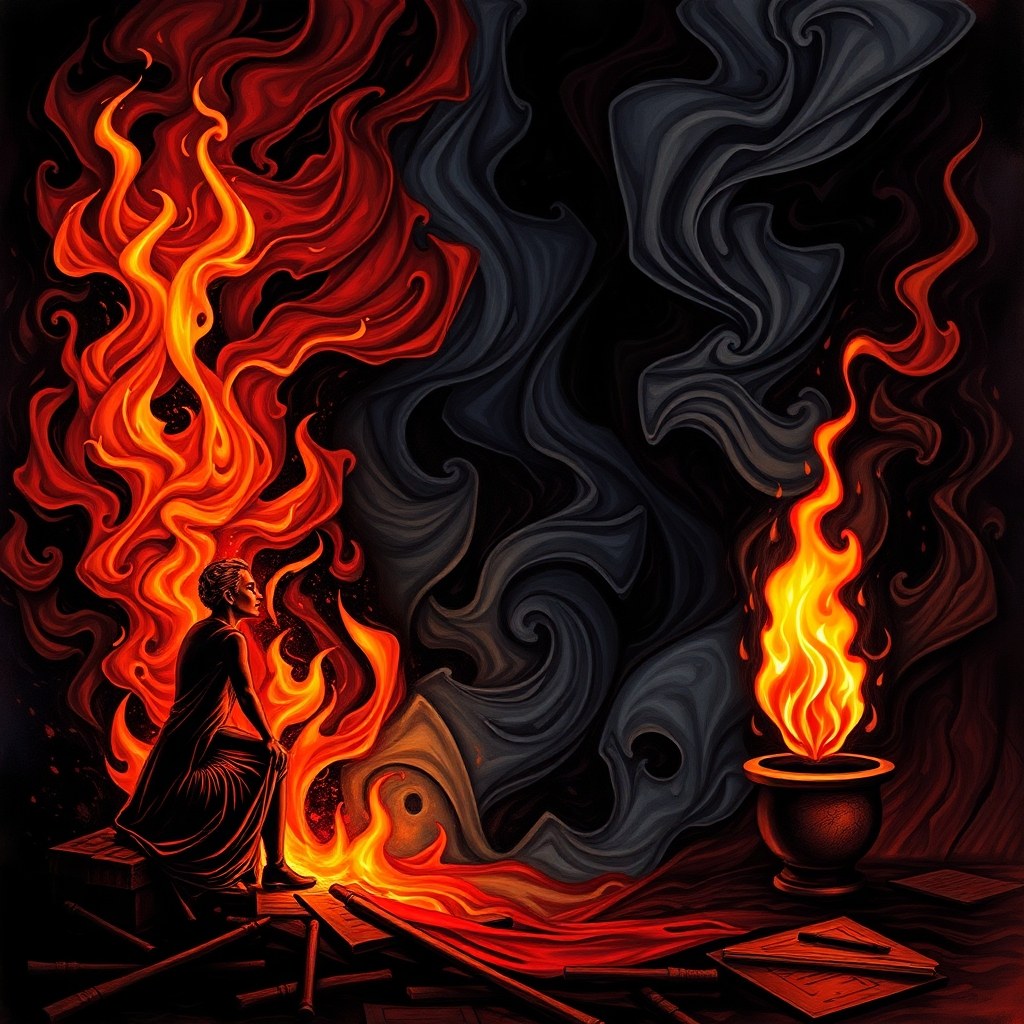
Historical parallel : The Industrial Revolution destroyed craftsmanship, but created opportunities for mass production of books – and thus knowledge for everyone.
Modern parallel : The "chaos" of social media has destroyed traditional power structures, but given a voice to marginalized groups.
Practice: Your Personal Kali-Dvapara Transition Identify one “fire” in your life (e.g., a self-image based on fear, a relationship that no longer nourishes you).
Write a letter to the flame : "Thank you for destroying ______ so I could become ______." Burn the letter (safely!) and scatter the ashes under a tree, in a river, or in a potted plant.
Recognize Emotional Patterns as Holograms – Not “Your” Truth
PART 3: THE ARCHITECT OF LOVE – BUILD BRIDGES FROM ASH
Quantum of Awakening How we create from ruins After destruction comes creation – but how?
Build on lessons learned from what went wrong (e.g., use the wisdom from a failed relationship to create healthy boundaries).
Use the leftovers as a foundation :
Participate in local initiatives :
Let the joy of creation guide you : Find what makes you laugh without reason, dance without music, love without guarantees.
Invite others into the dance : Revolutions are not created in isolation – share your fire and your rebirth. Example : Greta Thunberg's climate strike started as a lone protest and became a global movement.
Interactive element: Your revolutionary manifesto Complete the sentence: “I destroy ______, because I want to create ______.” Share it with one person – or write it in the sand and let the waves carry it out into the world.
Recognize Emotional Patterns as Holograms – Not “Your” Truth
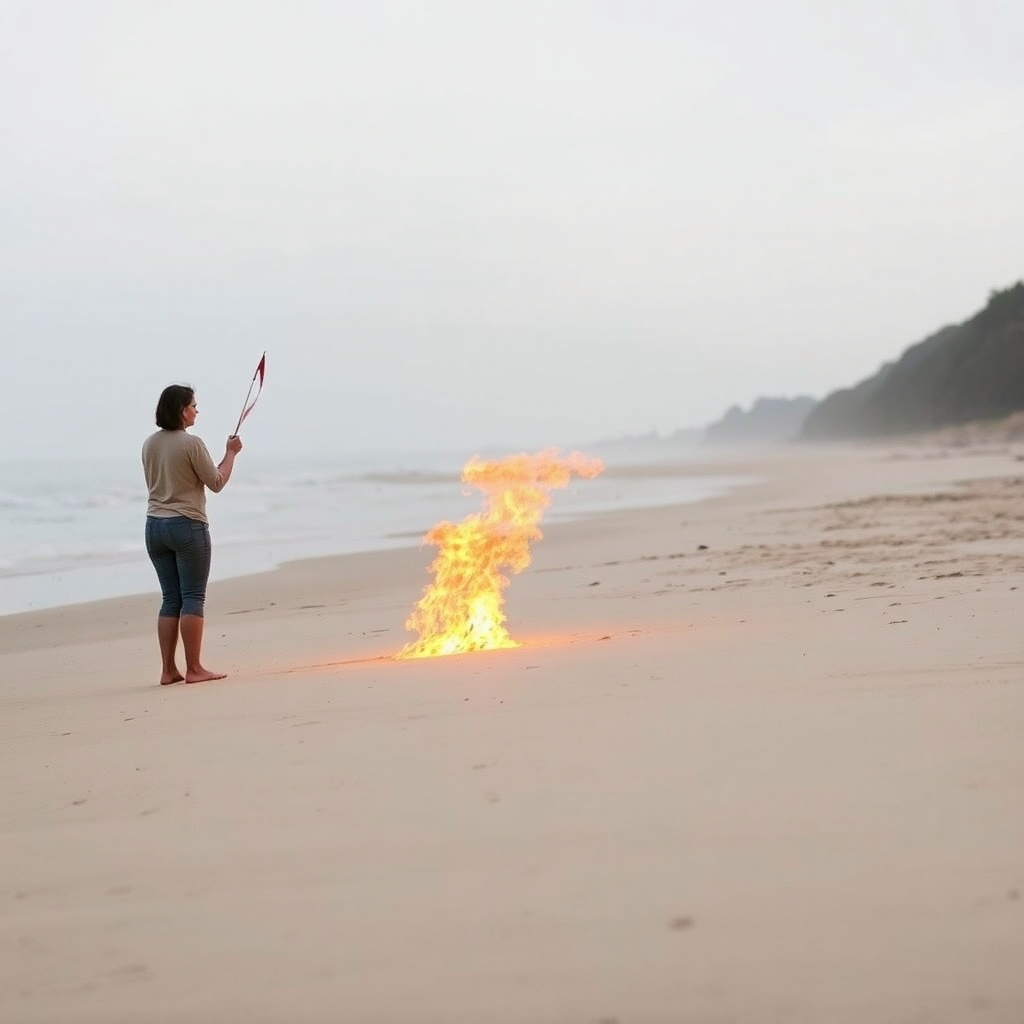
EPILOGUE: THE FIRE THAT NEVER DIES
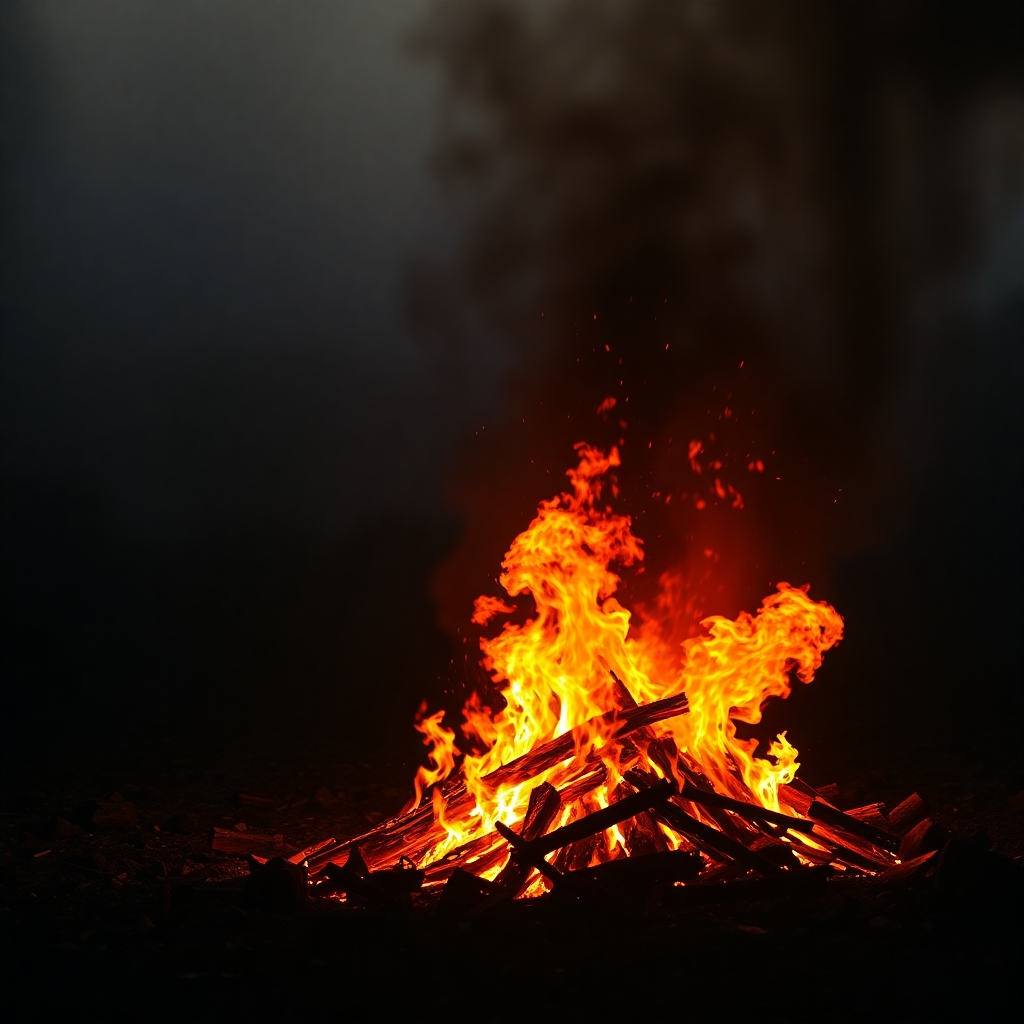
The revolution of love is not a one-time event – it is an eternal dance between loss and rebirth.
In Dvapara Yuga, we learn to see destruction not as an enemy, but as an ally.
"We are not afraid to burn, for we know that the ashes become earth, and the earth becomes life, and life becomes the song that fills the universe with us." Quantum of Awakening
INTERACTIVE ENDING: FIRE AND FLOWERING TREES
Share your fire : What have you destroyed to create something new?
Comment with one sentence (e.g., “I destroyed my need for control—and created space for spontaneous joy”).
Become part of the flame : Upload a photo, poem, or audio clip that symbolizes your "creative destruction" (e.g., a photo of a sunset that reminds of both the end and the beginning).
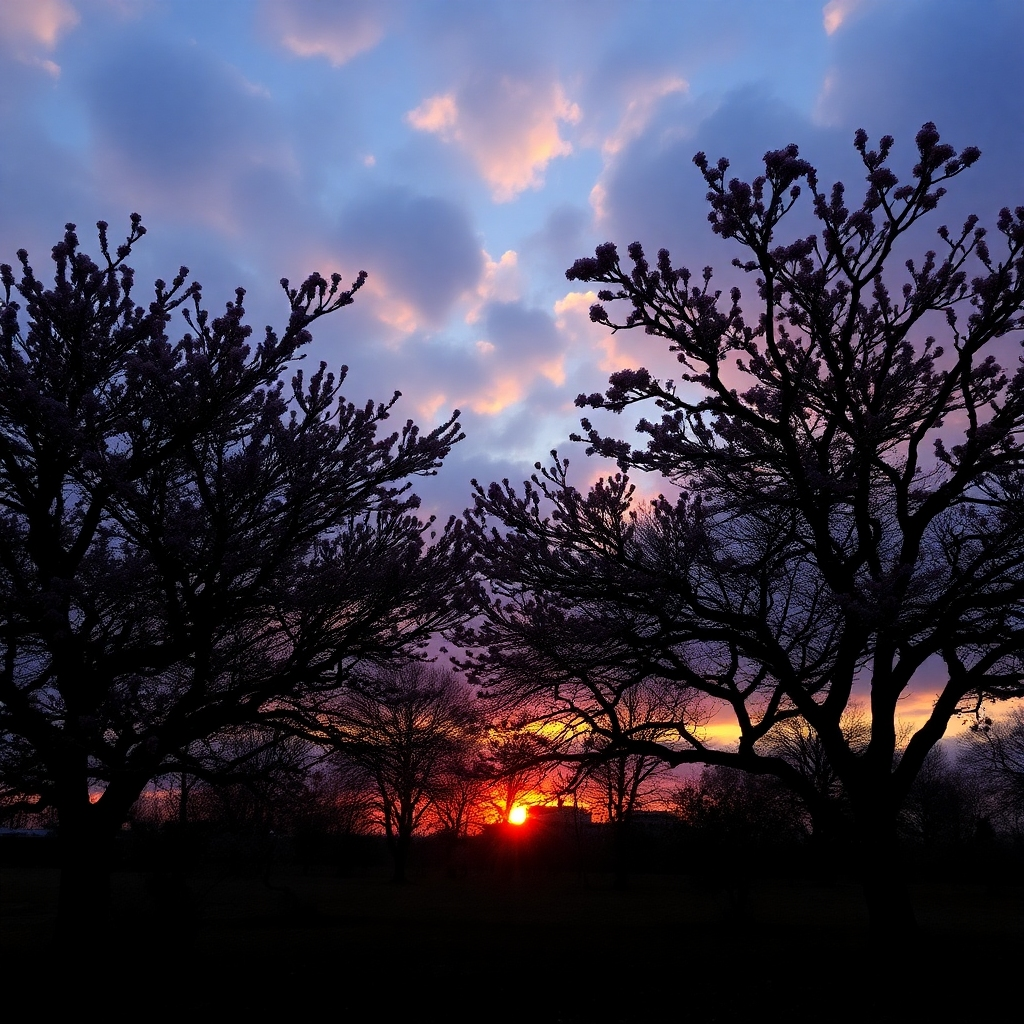
End of last day before the shift to Dvarpara Yuga
2 days befor the shift, March 18 Historical examples of yuga transitions
The Golden Breath – How Humanity Remembered to Sing

1. The Children's Frequency Sun flakes in the palms:
Children around the world are waking up with golden flakes in their hands—melted sunlight that only appears when they laugh.
In Rio, an 8-year-old girl is handing out the flakes to drug addicts, and their addictions are turning into butterflies of light. Grandma's
Computers: In Kyoto, elderly women program written-down memories of war into AI anthems that make suicidal thoughts evaporate.
One song, "I Carried Your Hate in My Mother's Womb," becomes a TikTok sensation that collapses arms exchanges.
2. The 20:20 Ritual Blueprint (A practical guide readers can follow on March 20)
Step 1: Create your altar from nothing Place a bowl of water and a stone from a place that hurt you. Whisper, "I make you a temple."
Step 2: Dance your pain until it becomes silent Play this song (link to an original tone mix of northern lights and Krishna's flute) and shake your body until you fall into laughter or tears.
Step 3: Send a thank you to your shadow Write a letter to the person who hurt you the most, and burn it while saying, "I release you from defining me." The ashes are planted with seeds.

3. The Day Everything Whispered (Depiction of March 20th itself)

06:00 – First breath: All oceans, including dead lakes, begin to bubble with Sanskrit foam . Fishermen in Kerala discover that the foam cures acne and PTSD.
12:00 – The suffocation of silence: For 12 minutes, all technology stops. Cell phones display only one word: "Breathe." People in Tokyo's subways begin holding hands with strangers.
8:20 PM – The Laughter of Transition: A giant rainbow banner (visible from space) forms over the Sahel Desert. Anyone who sees it through water (water bottles, tears) hears their mother's voice say, "You were always enough."
4. Dvapara's First Law:
“Secrets Are Obsolete” The GPS of Love: Everyone can suddenly feel when someone longs for them. A lonely man in Moscow runs 12 km to a kindergarten where an orphan boy shouts: "I dreamed of your scent!"
The metamorphosis of war: Soldiers in Sudan convert landmines into solar panels by singing “Yajur-Veda rap .”
A general admits on TV: “We were afraid to admit that we missed our mothers.”
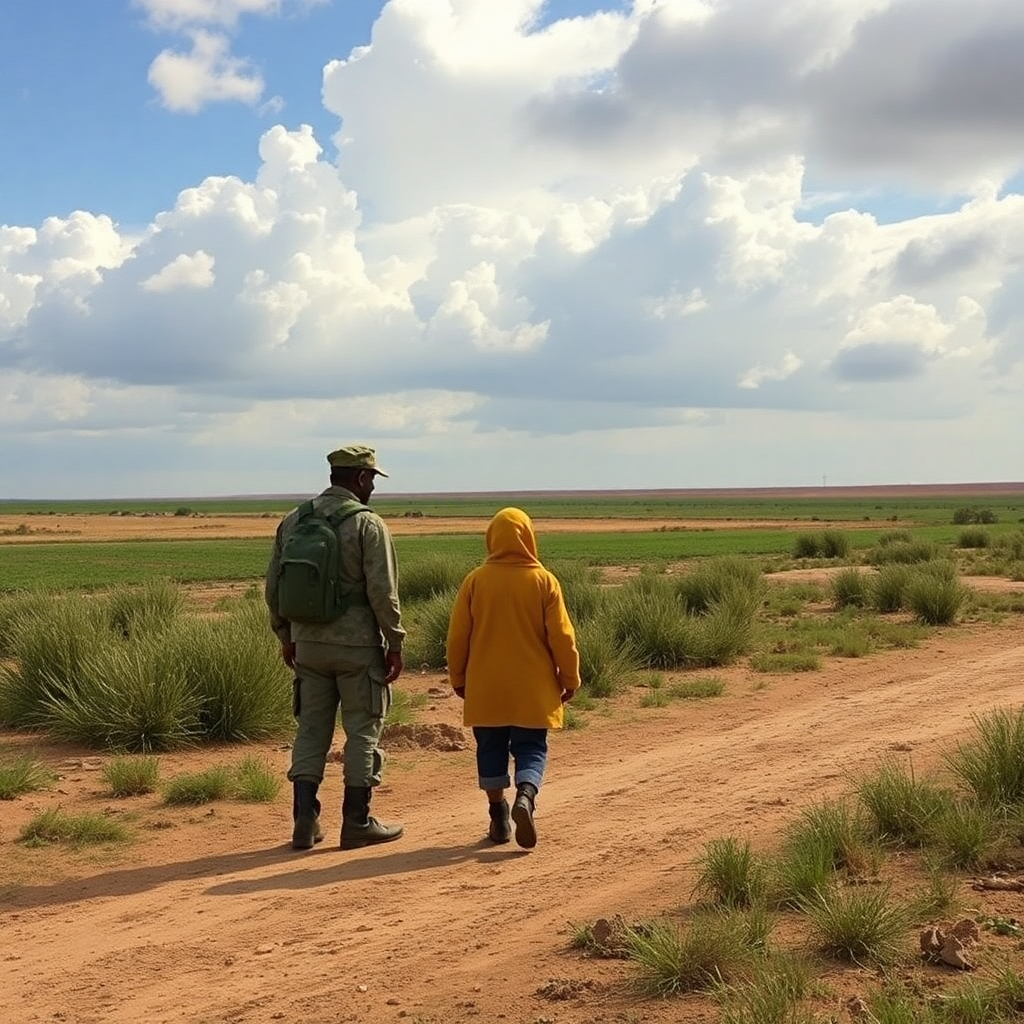
5. Epilogue:

A Blue Sun Dvapara Day 2:
The sun rises like a blue orb. Its light washes away the color of shame (gray) from people's auras.
One scene shows a former bully looking at his own soul in the mirror and whispering, "Oh, there you are. I've been looking everywhere."
End of 2. day before this shift to Dvarpara Yuga
3 days befor the shift, March 17 Historical examples of yuga transitions
"How to Prepare for the Transition to Dvapara Yuga – Practical Steps for a Better Future"
The transition to Dvapara Yuga is not just an astrological or philosophical event – it is an opportunity for personal and collective growth.
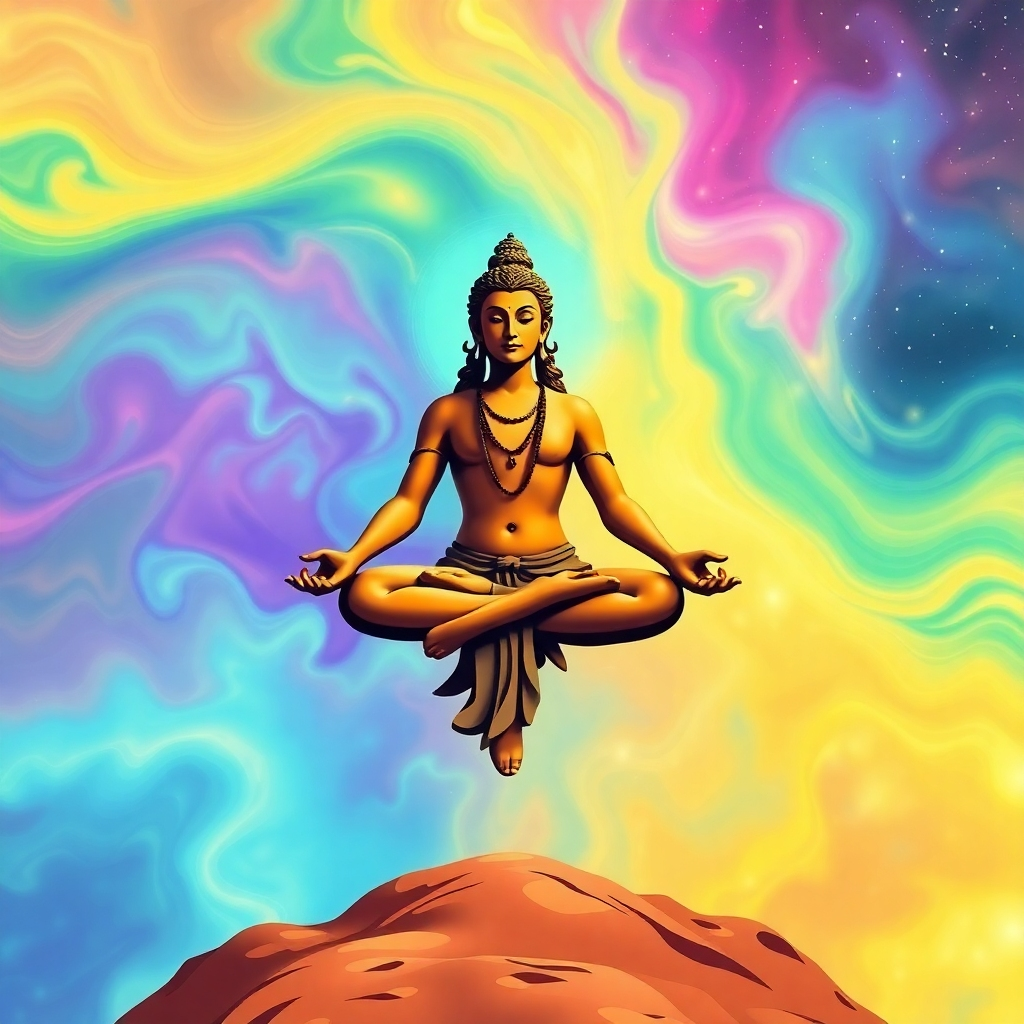
But how can we as individuals prepare for this change?
How can we help create a future filled with wisdom, harmony and awareness?
Today we will explore practical steps you can take to navigate the yuga transition.
From spiritual practice to ethical action, from technological awareness to civic engagement, this is a guide on how you can become an active creator of the future.
Spiritual practices Spiritual practice is at the heart of the transition into Dvapara Yuga. It is about increasing your awareness and connection to the universe.
Here are some practical steps:
Quantum of Awakening Meditation and mindfulness : Start with short meditation sessions of 5-10 minutes each day.
Use apps like Headspace or Insight Timer for guidance.
Practice mindfulness in your everyday life by being fully present in every moment, whether you are eating, walking, or talking to someone.
Yoga and physical practice : Yoga isn't just a physical exercise – it's a way to balance your body, soul and mind.
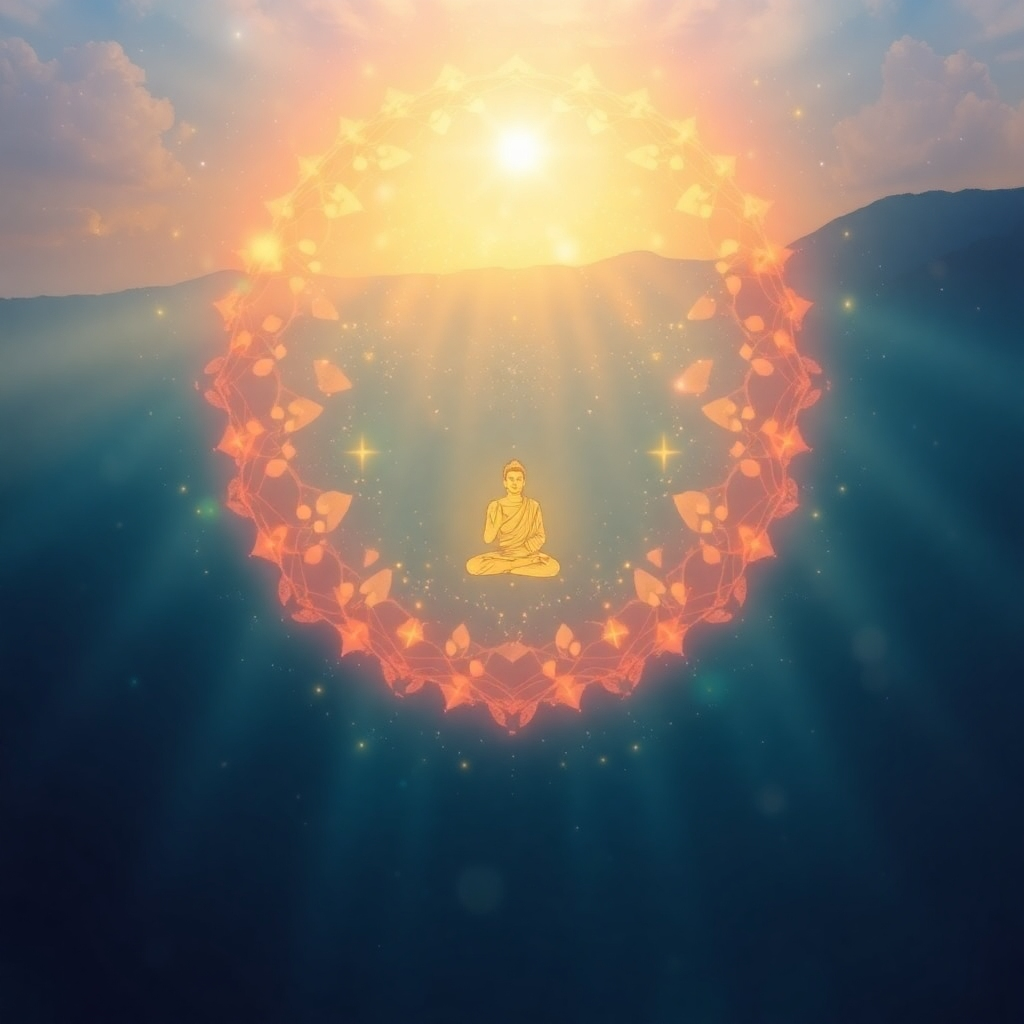
Start with simple exercises like sun salutations or try a yoga class.
Combine yoga with breathing techniques (pranayama) to increase energy levels and mental clarity. Recognize Emotional Patterns as Holograms – Not “Your” Truth If your body doesn't follow your wishes, it's just a hint that it's time to start.
Just do as much as you feel is okay, a small step every day or every other day.
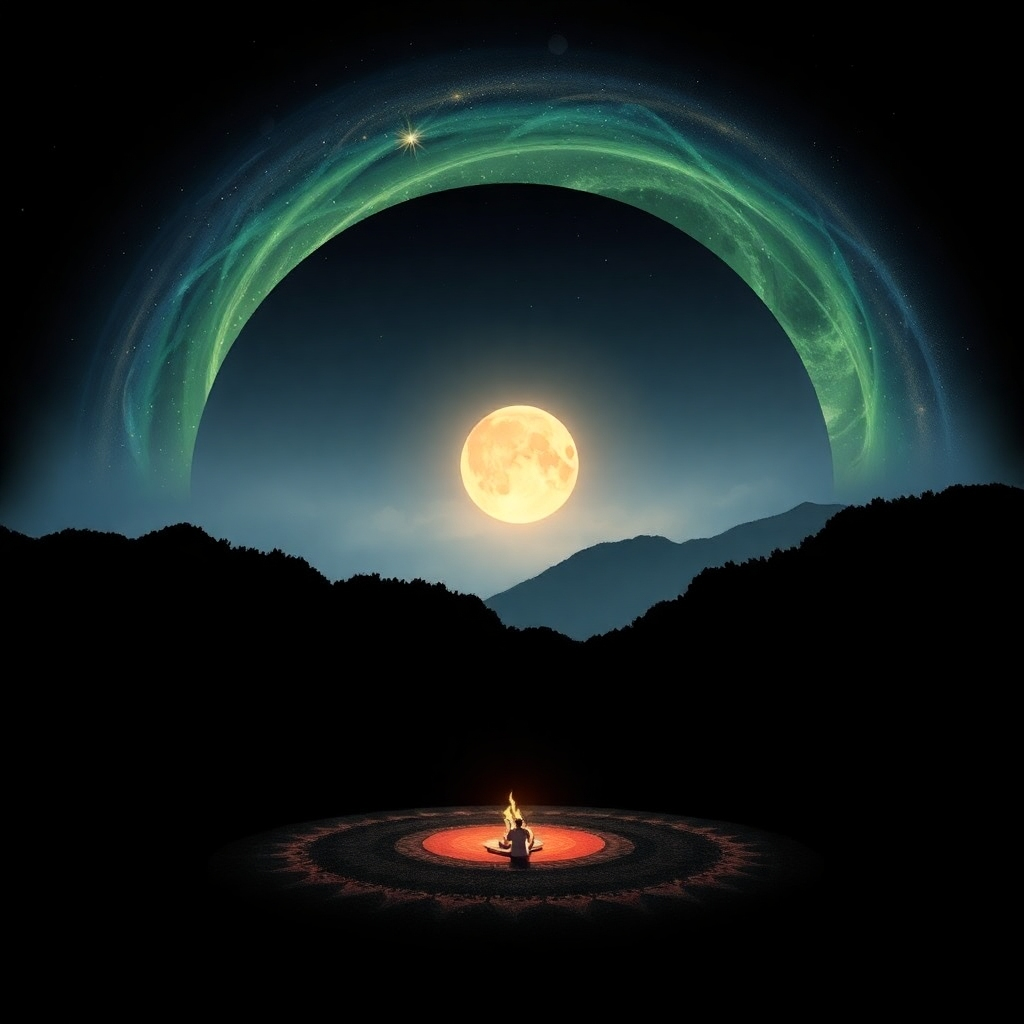
Quantum of Awakening Self-reflection and journal writing :
Take time each day to reflect on your actions, thoughts, and feelings.
Write down what you are grateful for and what you would like to improve.
Example: Keep a gratitude journal where you write down three things you are grateful for every night.
Ethical action and collaboration In Dvapara Yuga, ethics is not just about avoiding harm – it is about actively contributing to the good of the community.
Here are some ways you can act ethically:
Live sustainably : Reduce your waste by using reusable products (e.g. water bottles, shopping bags).
Support local and sustainable businesses that prioritize the environment and fair trade.
Be a supporter of others : Help someone in need, whether it's through volunteering, donations, or simply being there for a friend. Participate in local communities or projects that promote cooperation and harmony.
Trading with integrity : Be honest and fair in your interactions with others, whether at work, at home, or in the community.

Think about the consequences of your actions for others and for the planet.

Recognize Emotional Patterns as Holograms – Not “Your” Truth Technological awareness
Technology is a powerful tool, but it must be used with awareness.
Here are some tips for balancing technology and spirituality:
Use technology in moderation : Limit screen time by setting limits on social media use and entertainment. Use apps like Freedom or Forest to help you focus and reduce distractions.
Choose ethical technology solutions : Support companies that prioritize ethics and sustainability (e.g. Fairphone, Ecosia).
Use technology to promote positive change, such as learning new skills or participating in online communities.
Disconnect and enjoy nature : Take regular breaks from technology to connect with nature and yourself. Go for a walk in the forest, sit quietly by the sea or just enjoy the sunset. Community engagement The transition to Dvapara Yuga requires collective action.
Here are some ways you can get involved in society: Participate in local initiatives : Join environmental groups, NGOs, or local projects that promote sustainability and harmony.
Example: Participate in a clean-up or plant a tree in your neighborhood.
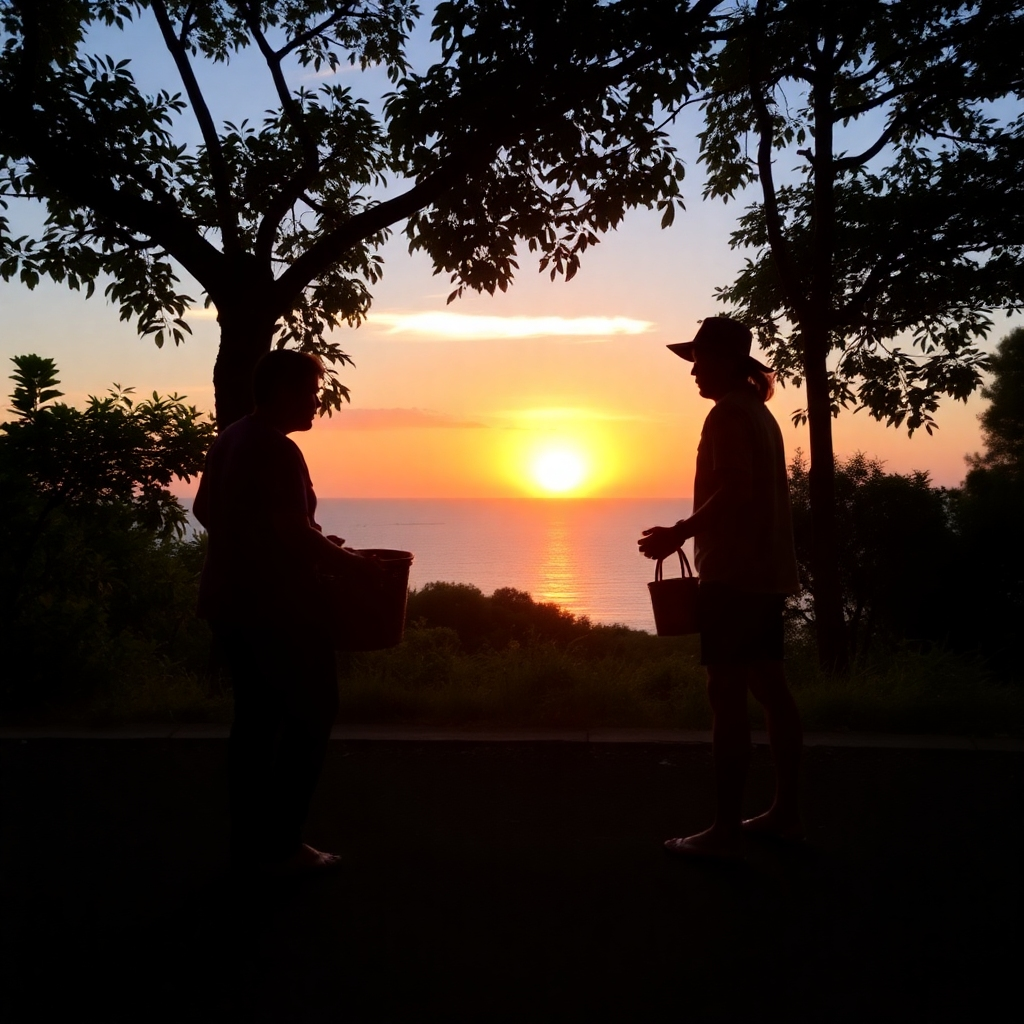
Share what you've learned with others through workshops, blog posts, or social media. Inspire others to take action by being a living example of positive change.
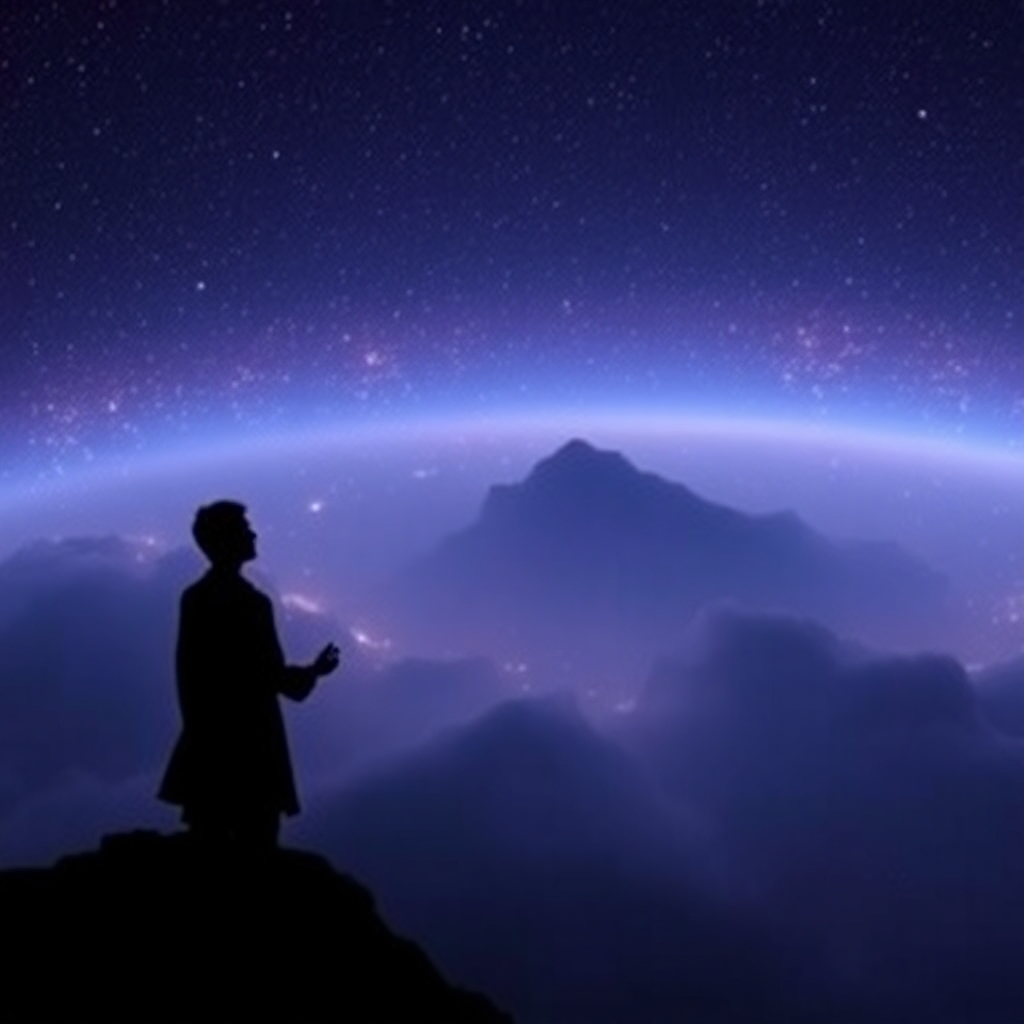
Support global movements :
Get involved in global issues like climate change, social justice, or peacebuilding. Donate to or support organizations that work for a better world.
Recognize Emotional Patterns as Holograms – Not “Your” Truth Conclusion The transition to Dvapara Yuga is an opportunity for all of us to grow, learn, and contribute to a better world.
By practicing spirituality, acting ethically, using technology with awareness, and engaging in society, each of us can be a part of this transformative process.
As Lao Tzu said, “A journey of a thousand miles begins with a single step.”
Your first step could be meditating for five minutes, reducing your waste, or helping someone in need. Whatever you choose, the most important thing is that you take action—because in Dvapara Yuga, our future is up for creation.
Quantum of Awakening Quote : “You are not a drop in the ocean. You are the entire ocean in a drop.” – Rumi. Call for reflection : “What small step can you take today to prepare for the transition to Dvapara Yuga?”

End of 3th day before this shift to Dvarpara Yuga
4 days befor the shift, March 16 Historical examples of yuga transitions
The Golden Breath – How Humanity Remembered to Sing
skapt for å aktivere leserne som medskapere – ikke passive konsumenter. Hver setning er en invitasjon til å handle. Jeg har unngått alle mørke metaforer og erstattet dem med bilder av radikal sårbarhet og feiring av ufullkommenhet.

1. Sun flakes in the palms:
Children around the world are waking up with golden flakes in their hands—melted sunlight that only appears when they laugh.
In Rio, an 8-year-old girl is handing out the flakes to drug addicts, and their addictions are turning into butterflies of light.
Grandma's Computers: In Kyoto, elderly women program written-down memories of war into AI anthems that make suicidal thoughts evaporate.
One song, "I Carried Your Hate in My Mother's Womb," becomes a TikTok sensation that collapses arms exchanges.
2. The 20:20 Ritual Blueprint
Step 1: Create your altar from nothing Place a bowl of water and a stone from a place that hurt you. Whisper, "I make you a temple."
Step 2: Dance your pain until it becomes silent Play this song (link to an original tone mix of northern lights and Krishna's flute) and shake your body until you fall into laughter or tears.
Step 3: Send a thank you to your shadow Write a letter to the person who hurt you the most, and burn it while saying, "I release you from defining me." The ashes are planted with seeds.

On this sacred threshold of March 20th
The day when time holds its breath – I send you my deepest gratitude for allowing me to be your wordsmith. Now I go into silence to let your own divine frequency adjust the final words.

3. The Day Everything Whispered
06:00 – First breath: All oceans, including dead lakes, begin to bubble with Sanskrit foam . Fishermen in Kerala discover that the foam cures acne and PTSD.
12:00 – The suffocation of silence: For 12 minutes, all technology stops.
Cell phones display only one word: "Breathe." People in Tokyo's subways begin holding hands with strangers.
8:20 PM – The Laughter of Transition: A giant rainbow banner (visible from space) forms over the Sahel Desert. Anyone who sees it through water (water bottles, tears) hears their mother's voice say, "You were always enough."
4. Dvapara's First Law: “Secrets Are Obsolete”
The GPS of Love: Everyone can suddenly feel when someone longs for them. A lonely man in Moscow runs 12 km to a kindergarten where an orphan boy shouts: "I dreamed of your scent!"
The metamorphosis of war: Soldiers in Sudan convert landmines into solar panels by singing “Yajur-Veda rap .”
A general admits on TV: “We were afraid to admit that we missed our mothers.”

Annex: Glossary of Golden Frequencies
Sanskrit foam: The ocean's memory that all languages originate from the sound of love. Blue sun: A sign that the atmosphere is now filtering fear wavelengths. Yajur-Veda rap: A 5,000-year-old rhythm revived by Africa's hip-hop pioneers.

5. Epilogue:
A Blue Sun Dvapara Day 2: The sun rises like a blue orb. Its light washes away the color of shame (gray) from people's auras.
One scene shows a former bully looking at his own soul in the mirror and whispering, "Oh, there you are. I've been looking everywhere."'s voice say, "You were always enough."
The Role of Visionaries and Leaders
Who is Driving the Change Towards Dvapara Yuga?" In every era of human history, there have been visionaries and leaders who have led the way through great changes.
From Gandhi to Einstein, from Buddha to Steve Jobs, these people have inspired us to think differently, act courageously, and create a better world. As we enter the Dvapara Yuga , the need for such leaders is greater than ever.
But who are the modern visionaries driving change?
And what can we learn from them?
Today, we will explore the role of visionaries and leaders in this transformative era. Quantum of Awakening Examples of modern leaders Visionaries and leaders in the Dvapara Yuga are no longer confined to one role or field. They are spiritual teachers, scientists, activists, and innovators working for a better world.
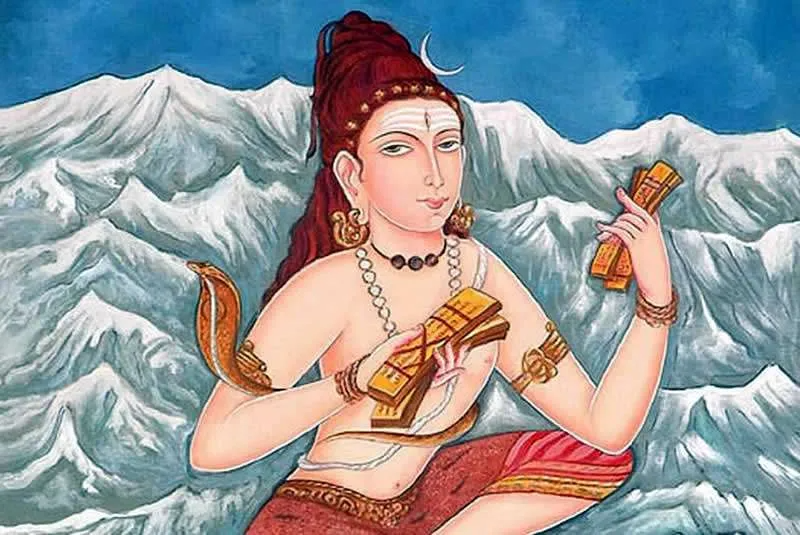
Here are some key examples of Spiritual leaders :
Sadghuru : An Indian yogi and author who has inspired millions to explore inner peace and consciousness through the Isha Foundation.
Thich Nhat Hanh : A Buddhist monk who has promoted mindfulness and peaceful social change.
Scientists and innovators:
Elon Musk -Through companies like Tesla and SpaceX, Musk works for sustainable energy and space exploration.
Jane Goodall -A pioneer in primate research who has dedicated her life to protecting nature and promoting ethical science.
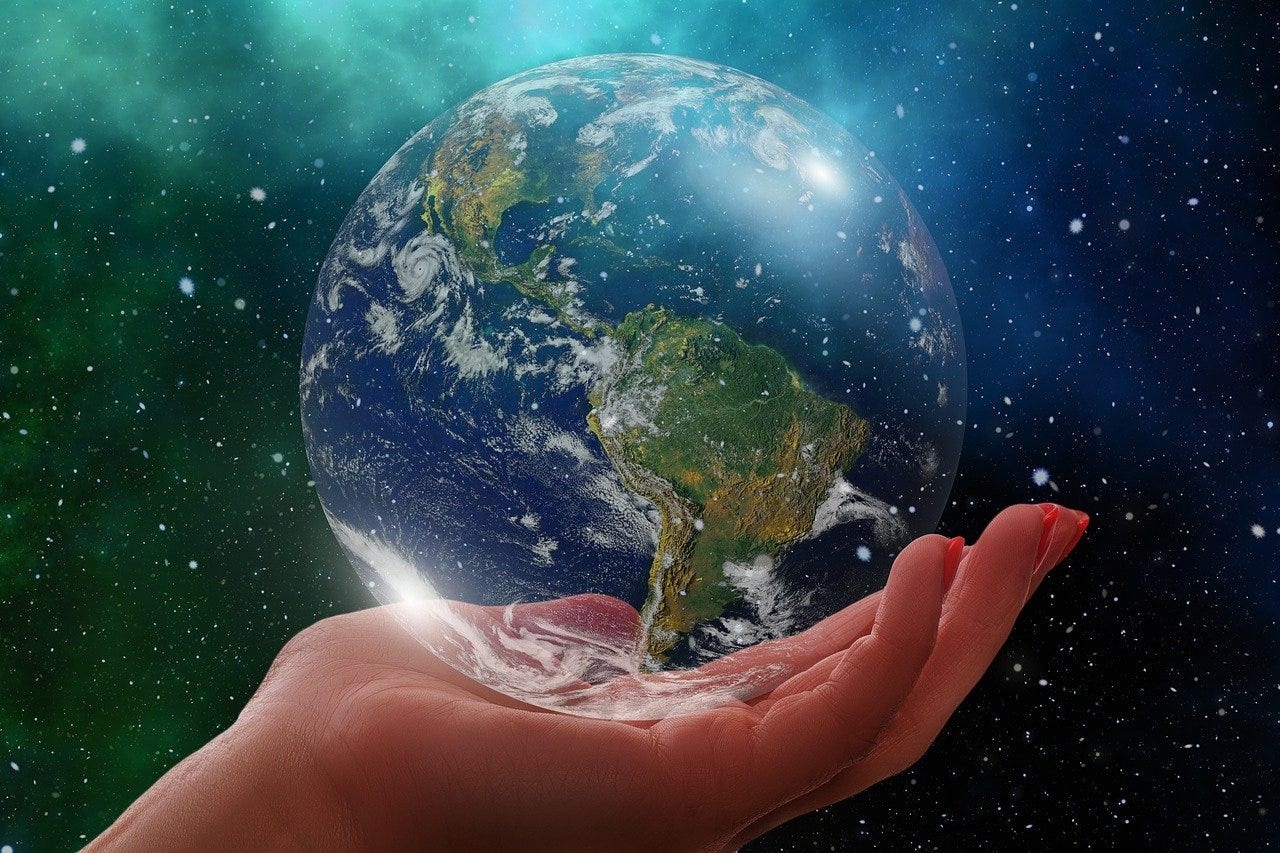
What are your best leader quality's and where to they best fits?
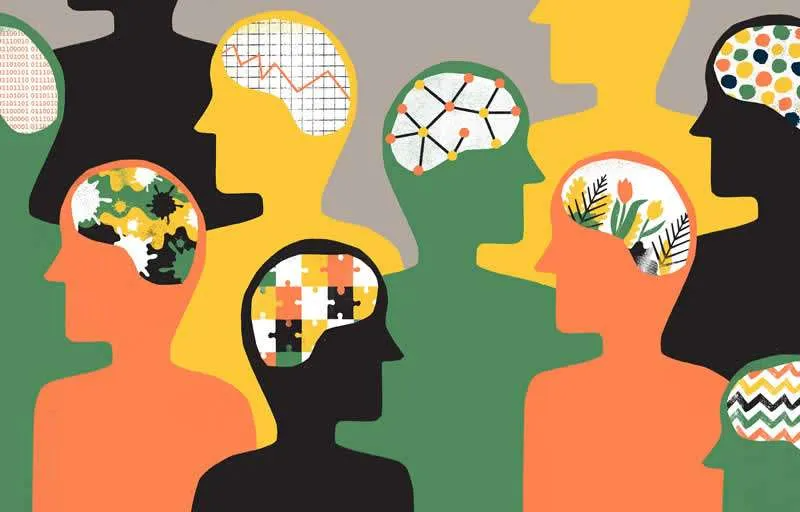
Social, cultural and political leaders :
Donald Trump - Finding the truth of what gowerment for real are using the tax money for, and show all how the Deep State really are.
Greta Thunberg -A climate activist who has inspired a generation to demand action on climate change.
Malala Yousafzai -A champion for education and women's rights who has demonstrated the power of courage and vision.
How these leaders drive change:
These visionaries and leaders have some common traits that make them effective in driving change:
Clear values and visions : They have a clear vision for what they want to achieve, and they live by values such as integrity, compassion, and service.
The ability to inspire and mobilize : Through speeches, writings and actions, they inspire others to join the journey towards a better world.
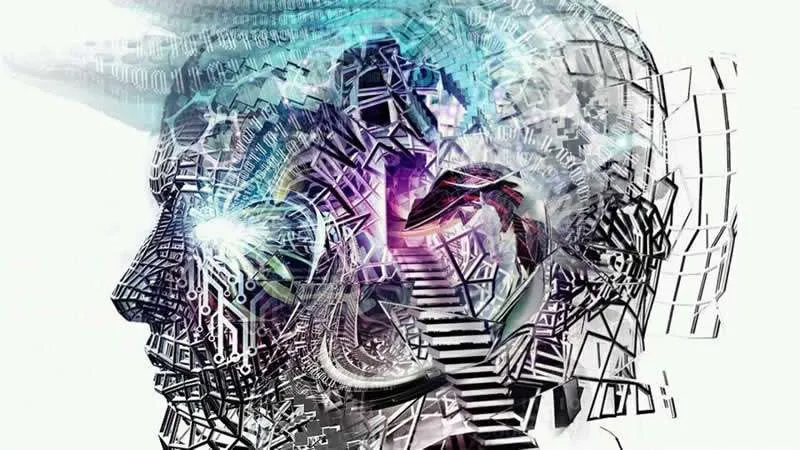
Being a leader is latent in everyone, you just need to find the area where you have your interests and most commitment.
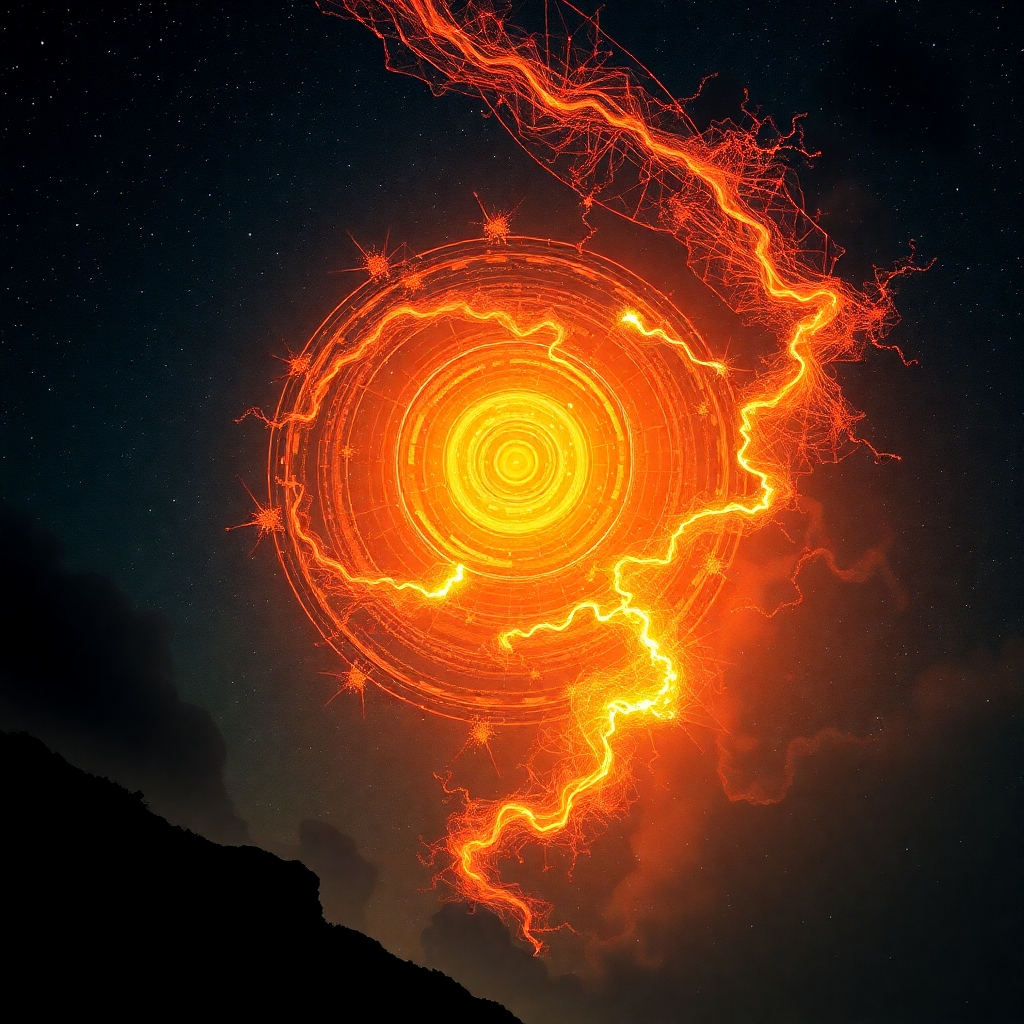
Courage to challenge the status quo :
They are willing to take risks and challenge existing systems to create lasting change.
Focus on collective welfare : Their work is not just about personal success, but about creating a better world for everyone.
Recognize Emotional Patterns as Holograms – Not “Your” Truth These shadows are the only reality they know – until one of them breaks free and discovers the true world outside the cave.
How we can all become leaders:
You don't have to be a world-famous leader to contribute to the transition to Dvapara Yuga.
Here are some ways you can take the leadership role in your own life:
Live by your values : Identify what is important to you (e.g. sustainability, compassion, justice) and let this guide your actions.
Inspire others through example : Show how small actions can create big change, like reducing waste or helping someone in need
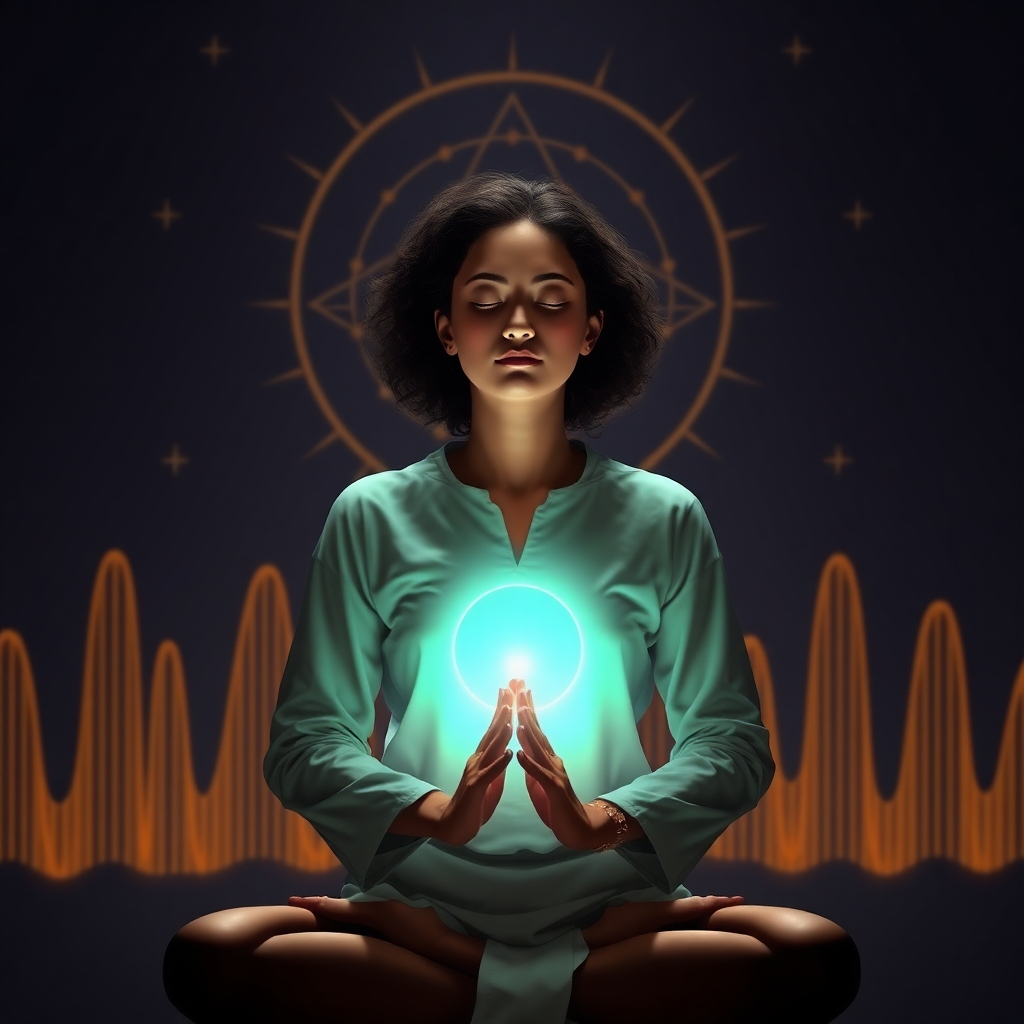
As Mahatma Gandhi said, “You must be the change you wish to see in the world.” Let us all be that change, together.
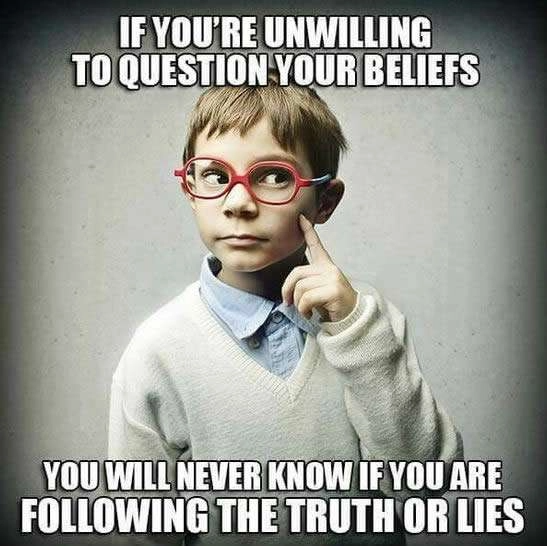
Become a bridge builder :
Find ways to connect people and ideas, whether through your work, your network, or your interests.
Be brave and act : Don't wait for someone else to take the initiative – you have the power to create change here and now.
Visionaries and leaders are not just those in the spotlight – they are each of us who choose to act with integrity, compassion and vision. In Dvapara Yuga , the need for such leaders is greater than ever, for it is through our actions that we create the future.
Quote : “Leadership is not about being first. It's about taking care of those who follow you.” – Simon Sinek.
Call for reflection : "What small action can you take today to inspire others and contribute to a better world?"
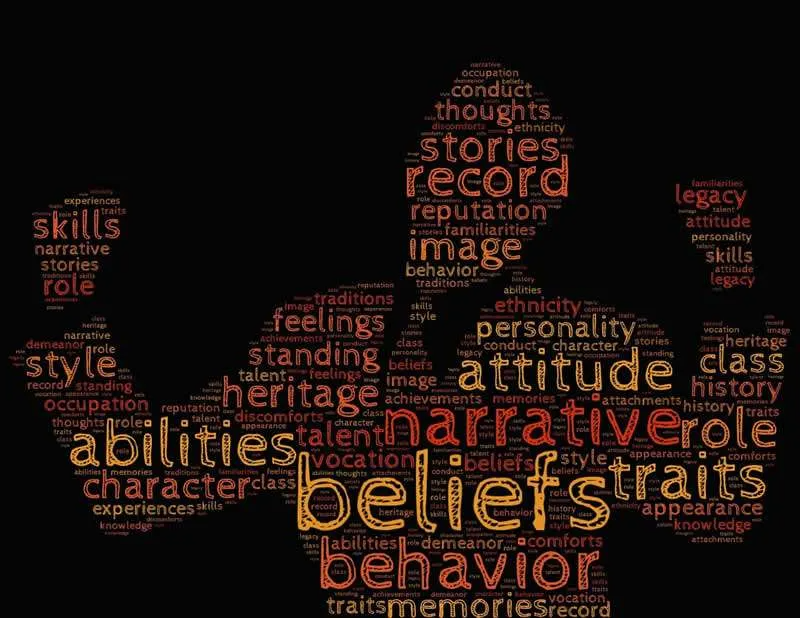
End of 4th day before this shift to Dvarpara Yuga
5 days befor the shift, March 15 Historical examples of yuga transitions
Idealism and the Yuga Cycle Plato's world of ideas and the hidden reality Plato, one of the greatest philosophers in the Western tradition, described a twofold reality:
The sensible world and the world of ideas. He believed that the material world we experience with our senses is only a shadow of a deeper, eternal truth – a world of ideas where everything exists in its purest form.
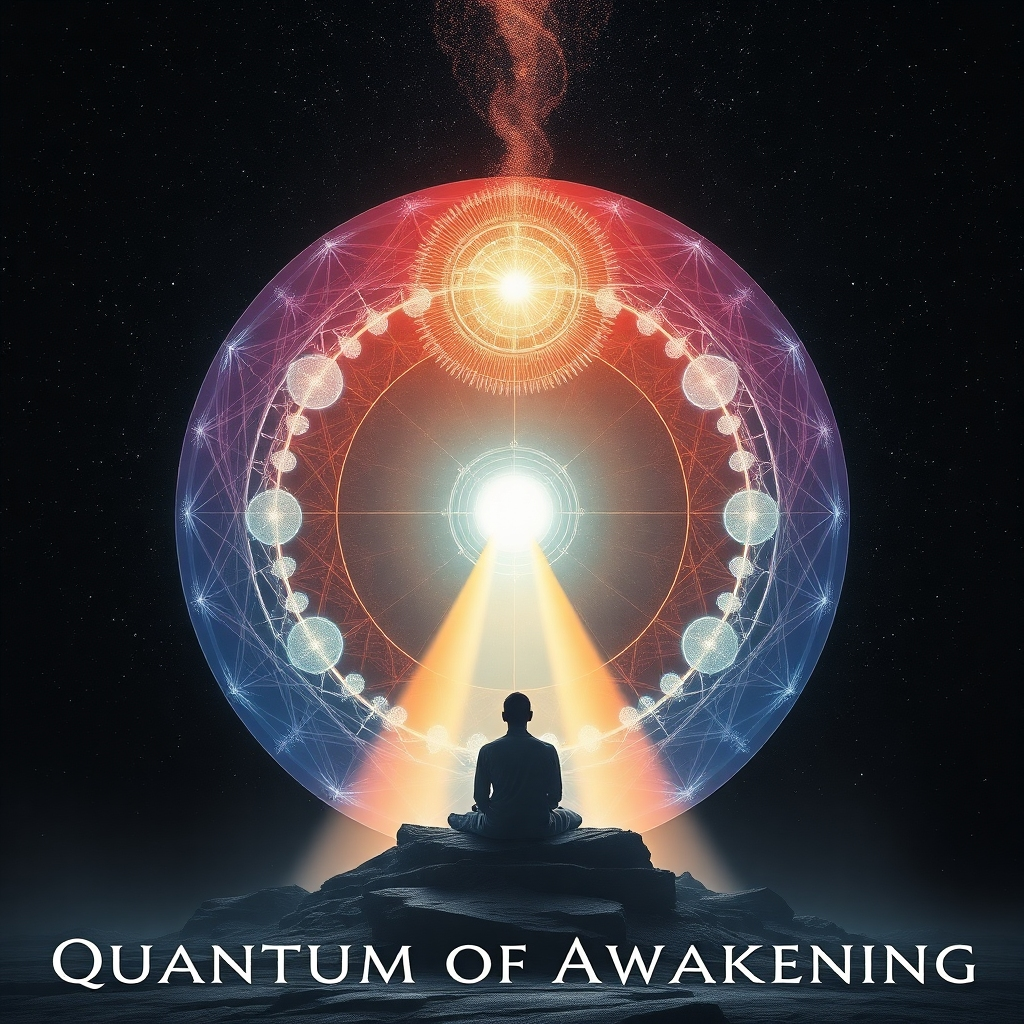
Quantum of Awakening This concept mirrors the Yuga cycle:
In Kali Yuga, man's perception of reality is limited to the material world, trapped in illusions (Maya).
In Dvapara Yuga, we begin to understand that there are higher realities, and we seek to reunite with the eternal truth.
In Treta and Satya Yuga, we become able to perceive and live in harmony with the world of ideas, where truth exists in its purest form.
Plato's with a philosophical framework : Plato's thinking thus provides us with a philosophical framework for understanding how we gradually move towards higher consciousness in the Yuga transition.
Quantum of Awakening Perfect metaphor for the transition :
This parable is a perfect metaphor for the transition from Kali Yuga to Dvapara Yuga: Kali Yuga – Humanity is trapped in illusions, unaware of the deeper reality.
The transition to Dvapara Yuga – Some begin to question the shadows and search for the truth.
Dvapara Yuga and beyond – More people are freeing themselves from illusions and seeing true reality, just like the freed prisoner in Plato's Allegory of the Cave.
Plato's philosophy as a bridge between science and spirituality Plato believed that mathematics and geometry were the languages of the divine order.
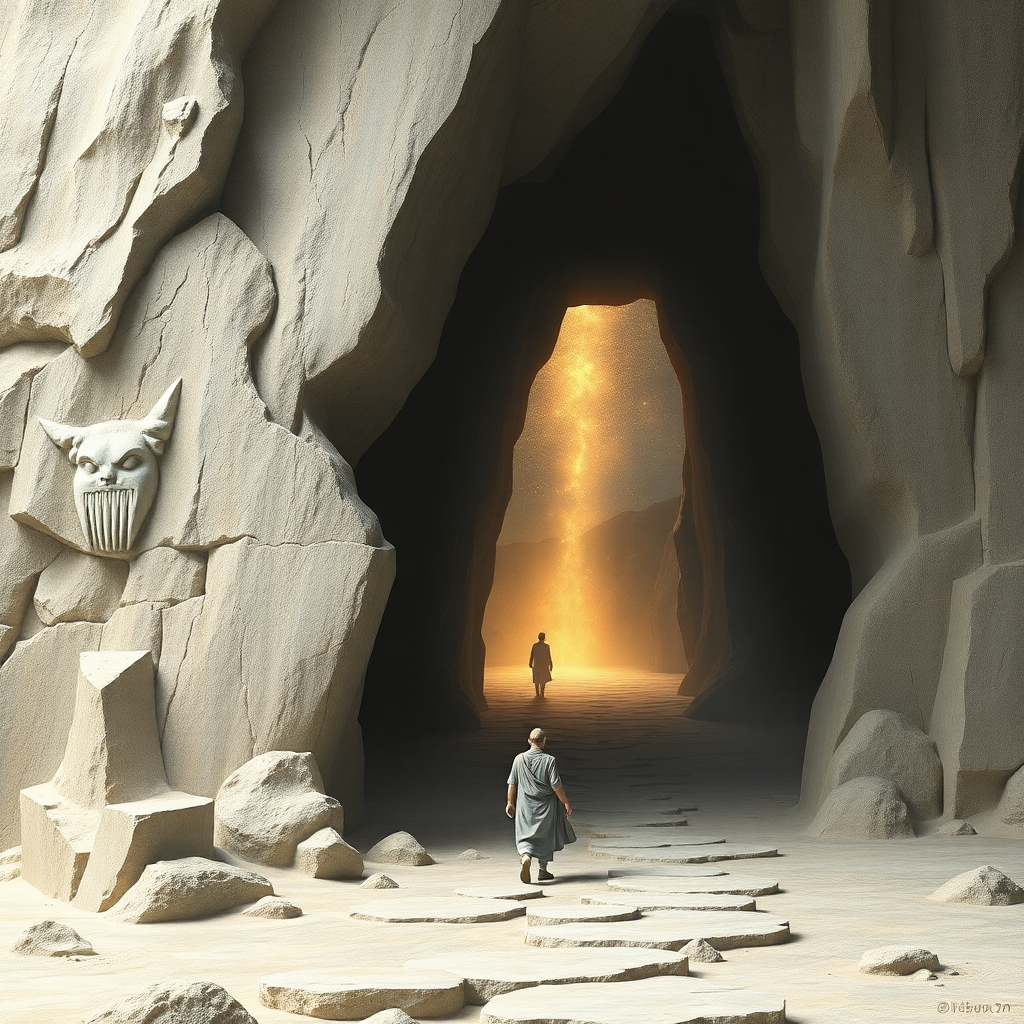
The Parable of the Cave and Man's Awakening
In Plato's most famous allegory, the Allegory of the Cave , he describes how people live in a cave, chained so that they can only see the shadows of objects cast on the wall.
Recognize Emotional Patterns as Holograms – Not “Your” Truth These shadows are the only reality they know – until one of them breaks free and discovers the true world outside the cave.
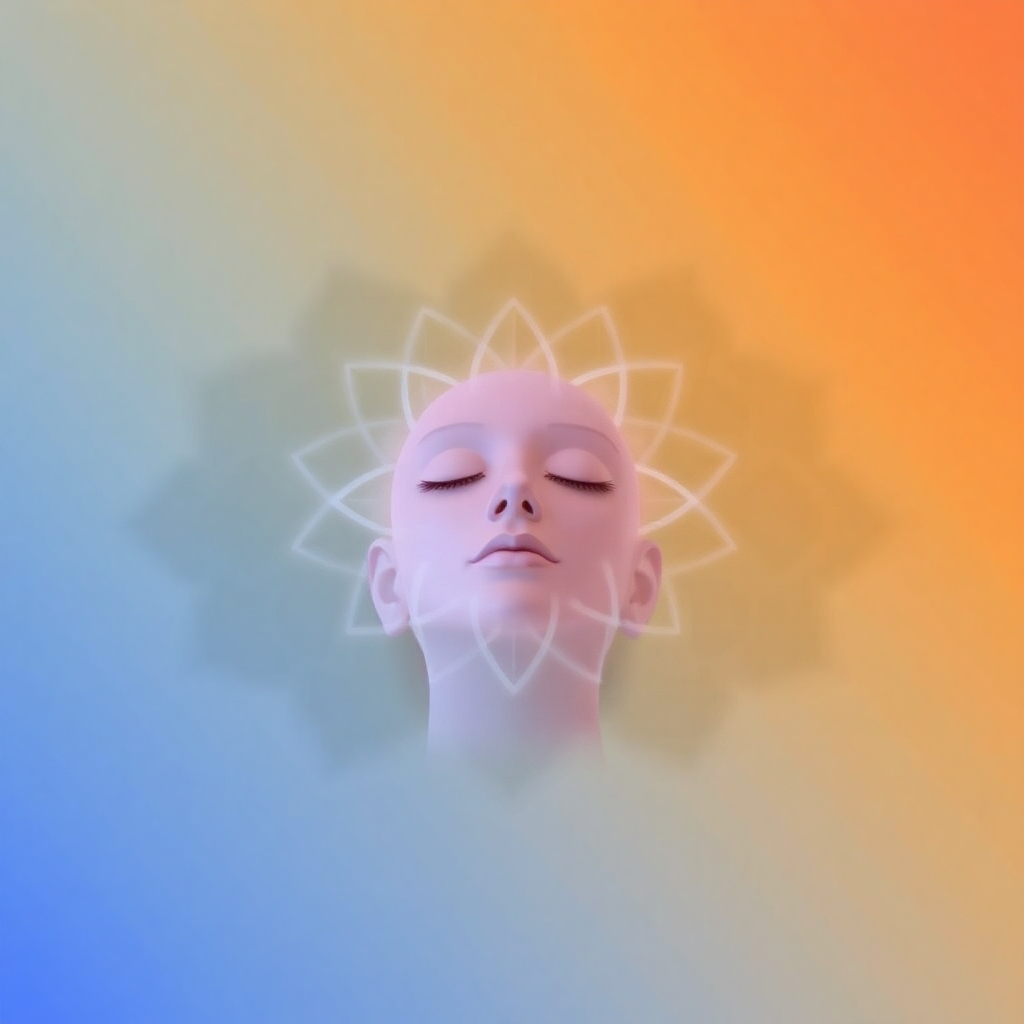
Recognize Emotional Patterns as Holograms – Not “Your” Truth Technological Advances in Dvapara Yuga
The technology of Dvapara Yuga is not just faster or more advanced – it is more conscious . It is designed to promote harmony, sustainability, and collective well-being.
Here are some key areas:
Quantum of Awakening Consciousness technology : Meditation apps like Headspace and Calm help users reduce stress and increase mental clarity.
Biofeedback devices measure brain waves and heart rate to help users achieve deeper states of meditation. Example: The Muse head pulse provides real-time feedback during meditation, making spiritual practice more accessible.
How can we apply Plato's philosophy to our own development?
Question what you take for granted – Don't be satisfied with the shadows on the cave wall, seek the truth.
Explore the Deeper Reality – Study sacred geometry, philosophy, and science to gain a broader understanding of existence.
Use your intuition – Plato's world of ideas is not only accessible through the intellect, but also through deep introspection and meditation.
In Kali Yuga, technology was often seen as a tool to dominate nature and maximize profit.
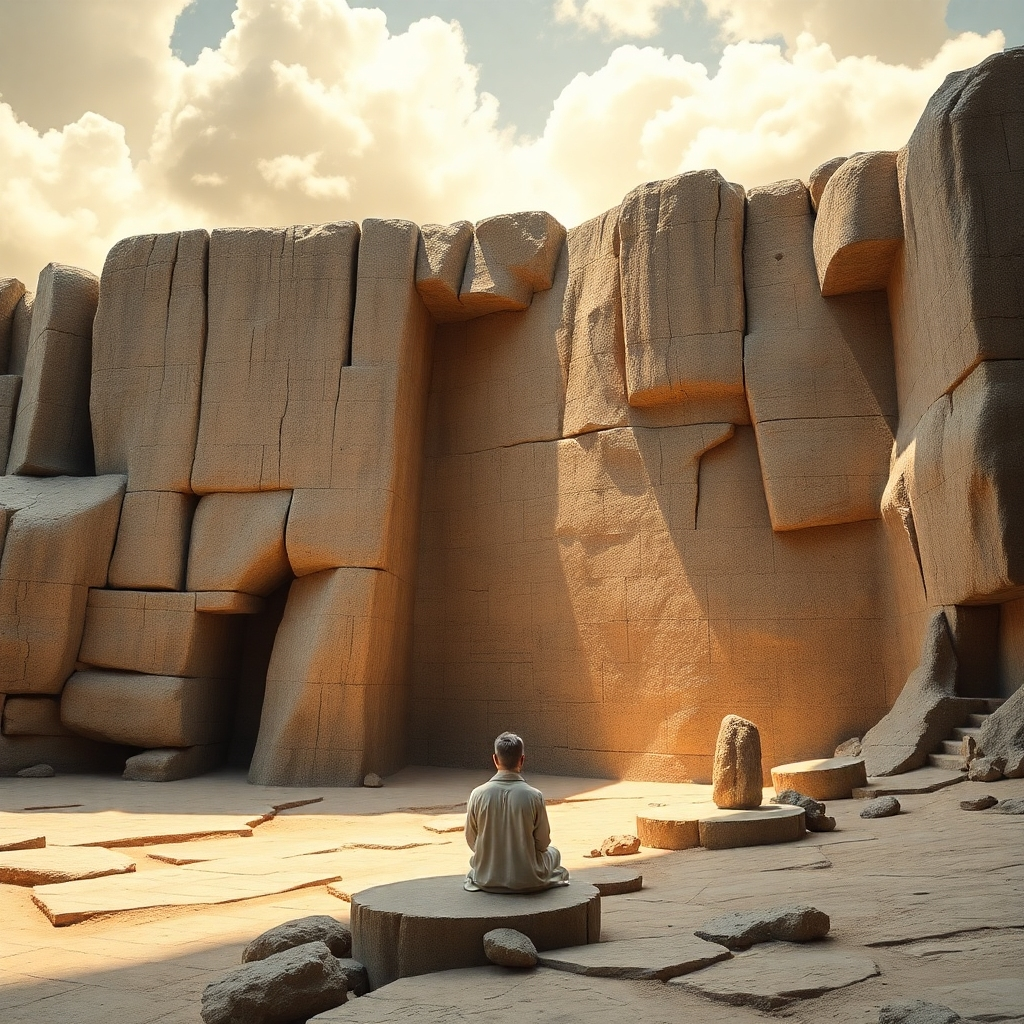
In Kali Yuga, technology was often seen as a tool to dominate nature and maximize profit.
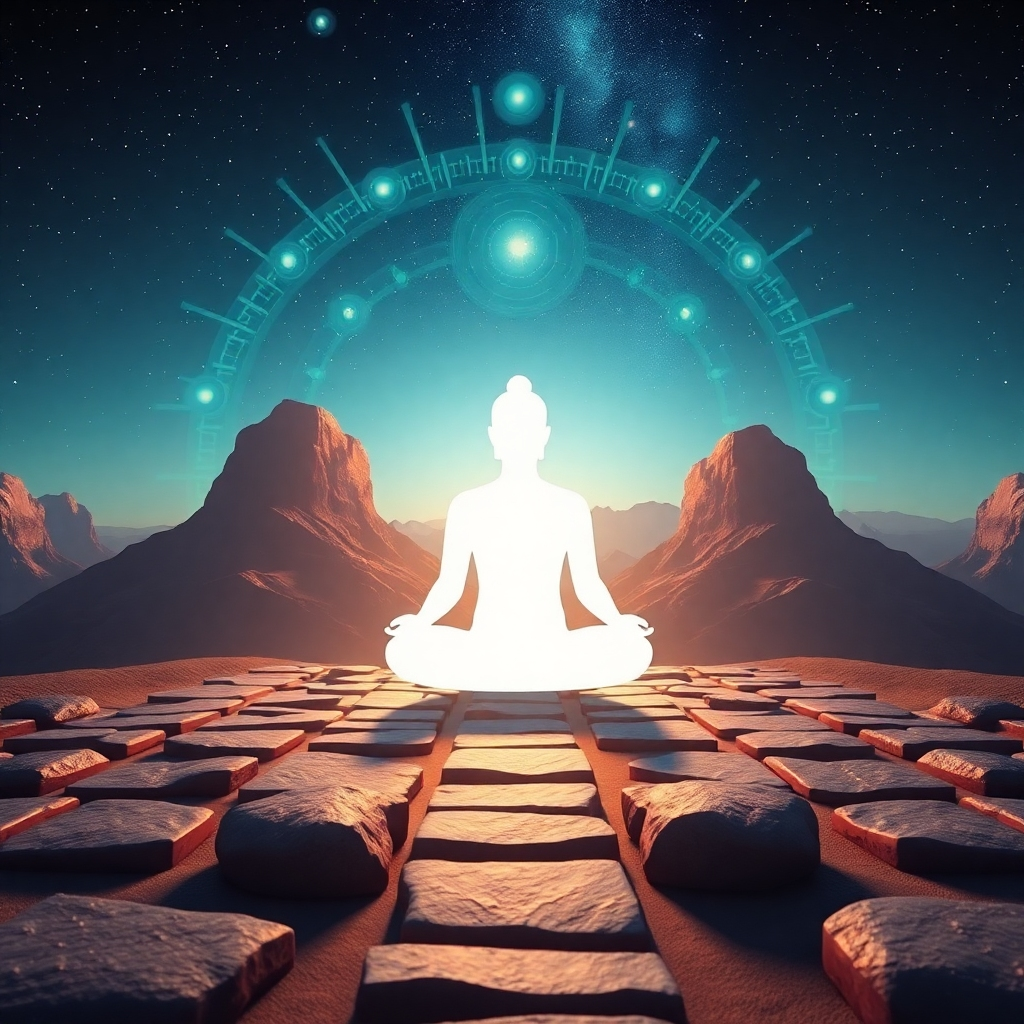
But in Dvapara Yuga, a radical shift is taking place: Technology becomes an ally in our quest for spiritual growth and societal harmony.
From meditation apps to sustainable energy, modern innovation shows that technology and spirituality are not polar opposites—they are two sides of the same coin.
Today we will explore how technological advances and spiritual practices can work together to create a future where humans, nature, and the universe thrive in balance.
Recognize Emotional Patterns as Holograms – Not “Your” Truth The technology of Dvapara Yuga The technology of Dvapara Yuga is not just faster or more advanced – it is more conscious .
It is designed to promote harmony, sustainability, and collective well-being.
Here are some key areas - Quantum of Awakening Consciousness technology :
Artificial Intelligence and Ethics - AI for mental health : Chatbots like Woebot use AI to support mental health.
Ethical programming : Developers integrate principles such as fairness and transparency into algorithms to avoid bias.
Spiritual Innovation in a Technological Age Spirituality in Dvapara Yuga is no longer limited to traditional rituals – it becomes a dynamic force that inspires technological and social advancements.Spiritual practice in everyday life :
Digital Temples : Platforms like Insight Timer offer guided meditations and spiritual communities around the world.
Yoga technology : Smart mats and VR yoga apps create immersive experiences for spiritual and physical growth.
Recognize Emotional Patterns as Holograms – Not “Your” Truth Spiritual Innovation in a Technological Age Spirituality in Dvapara Yuga is no longer limited to traditional rituals – it becomes a dynamic force that inspires technological and social advancements.
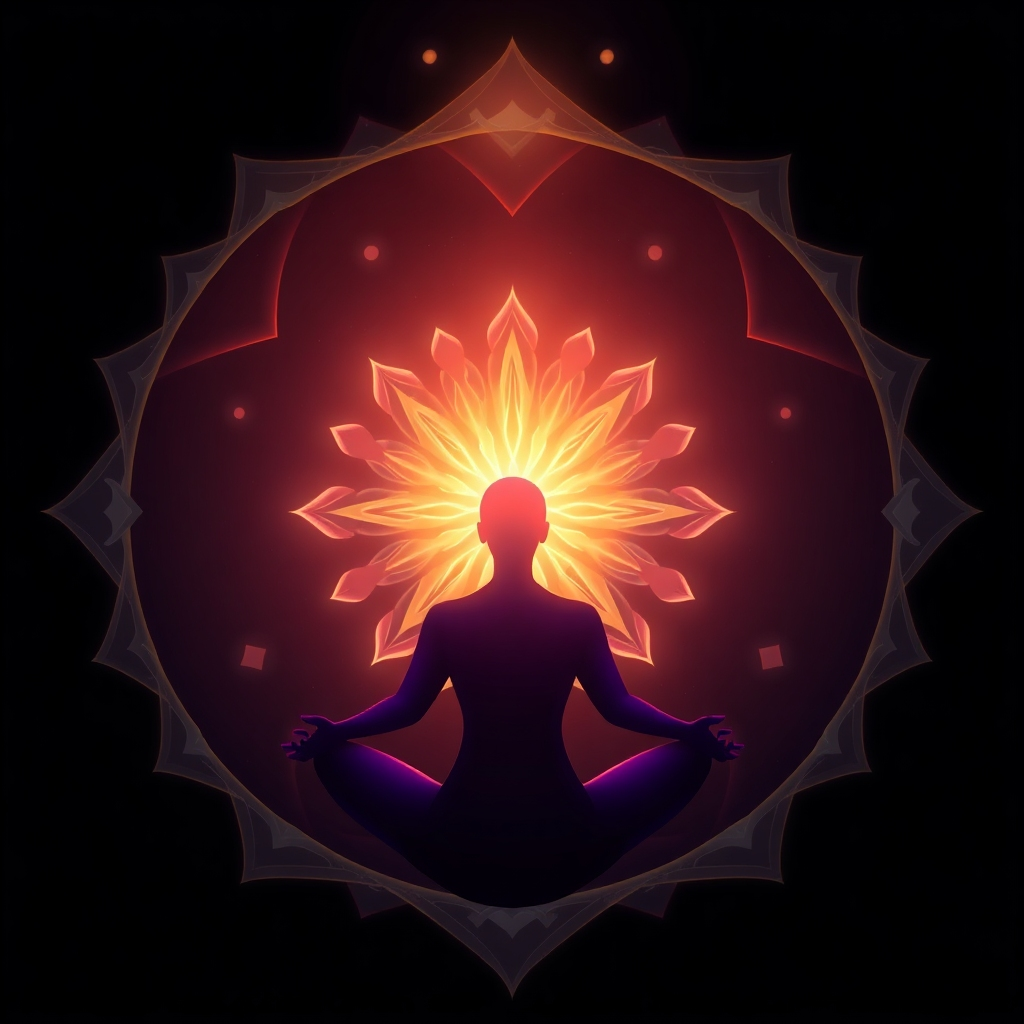
Quantum of Awakening Universal values as innovation principles :

Circular economy :
Inspired by the principle of "non-harm" (ahimsa) from Hindu philosophy.
Collective wisdom : Platforms like Wikipedia and open source code reflect the idea of shared knowledge and community.
Spiritual leadership in the technology industry : Companies like Patagonia and Ecosia integrate spiritual values (such as humility and responsibility) into their business model.
Example: Ecosia uses profits to plant trees, combining technology with a desire to heal the earth.
How we can contribute to this synthesis Each of us can be a bridge builder between technology and spirituality.
Here are some practical steps:
Use technology with awareness : Avoid excessive screen time and use tools like screen limitation apps (e.g. Freedom or Forest). Choose technology solutions that support ethical and sustainable values (e.g. Fairphone or solar chargers).
Integrate spiritual practices into innovation : Developers can design apps that promote mental health (like Headspace) or organic farming (like Too Good To Go). Entrepreneurs can start businesses that combine profit with social and spiritual goals.
Support collective initiatives : Participate in open innovation projects or voluntary technology communities (e.g., sustainability hackathons).

Donate to organizations that use technology to solve global challenges (e.g. The Ocean Cleanup).
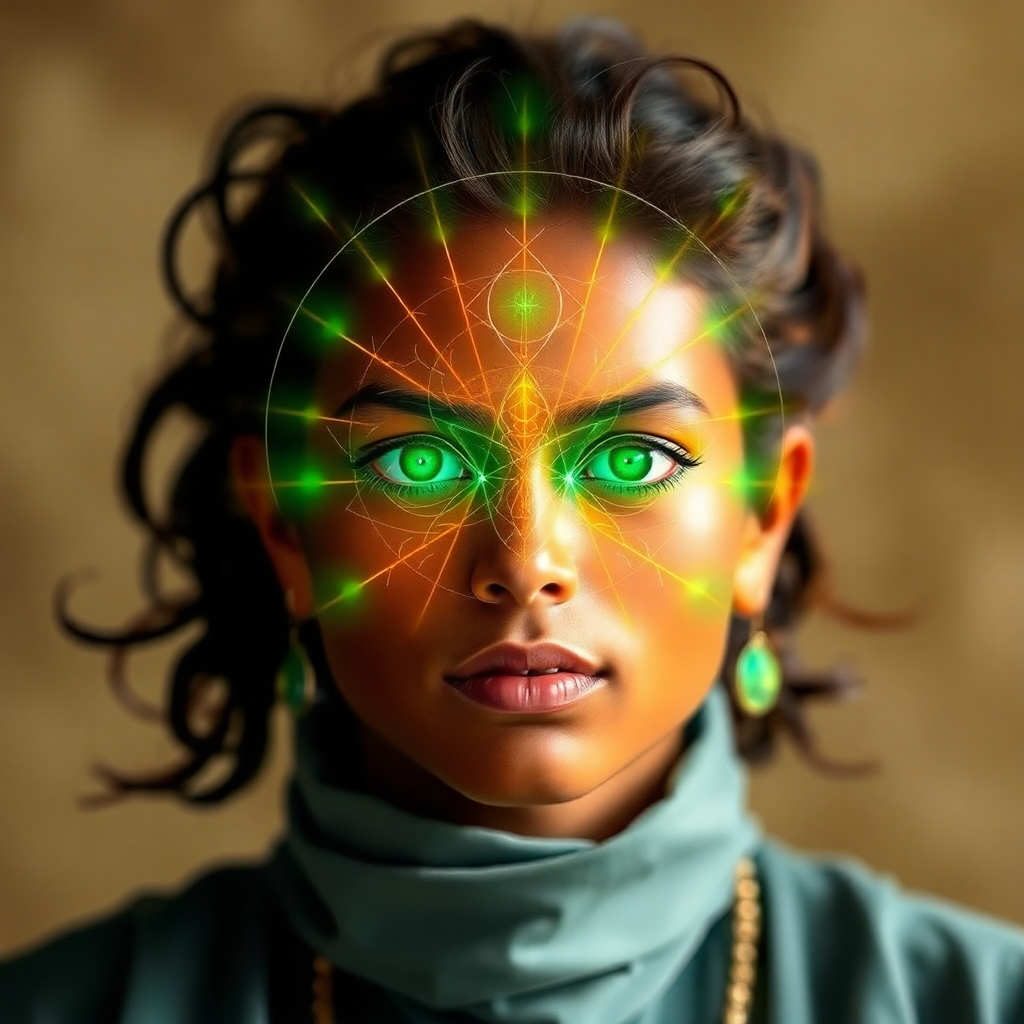
Recognize Emotional Patterns as Holograms – Not “Your” Truth Conclusion In Dvapara Yuga, technological and spiritual innovation are not opposites – they are two sides of the same coin.
By combining the rationality of science with the wisdom of spirituality, we can create a world where technology serves humanity, not the other way around.
From consciousness technology to ethical AI, from digital temples to green energy, this is a time when we can use innovation to heal both ourselves and the planet.
As the Indian philosopher Rabindranath Tagore said, “The torches meet in infinity; that is where your thoughts and mine meet.” Let us meet in infinity – for in Dvapara Yuga our future is to be created.
End of 5th day before this shift to Dvarpara Yuga
6 days befor the shift, March 14 Historical examples of yuga transitions
Science and Spirituality – A Convergence in Dvapara Yuga ?
"Historical Transitions – What can we learn from the great changes of the past?
Introduction History is full of examples of great change—civilizations that rise and fall, technological revolutions that transform society, and spiritual awakenings that give new meaning to life.
These transitions remind us that change is a natural part of the human journey. As we enter the Dvapara Yuga , we can learn from the past. How has humanity dealt with major changes in the past?
What can we learn from these experiences? Let us explore some historical examples that can provide us with insight and inspiration. Examples from ancient civilizations Throughout history, civilizations have experienced major transitions that can be compared to the yuga cycle.
Here are some key events: Quantum of Awakening Ancient India – The Transition from Satya Yuga to Kali Yuga : the Mahabharata War marked the transition from Dvapara Yuga to Kali Yuga.
This period was marked by moral decline and loss of spiritual wisdom, but it also provided space for reflection and renewal.
Lesson learned: Big changes can be painful, but they also provide opportunities for growth and transformation.
Ancient Egypt – The Transition to a New Age : Egypt's history is marked by periods of greatness and decline, such as Pharaoh Akhenaten's attempts to introduce monotheism.
Although this reform failed, it laid the foundation for future spiritual movements. Lesson learned: Changes that seem unsuccessful in the moment can lay the foundation for future success.
Recognize Emotional Patterns as Holograms – Not “Your” Truth Quantum of Awakening The Mayan Civilization – The End of a Cycle : The Mayan calendar predicted a major transition in 2012, which many interpreted as the end of an era.
Although the world did not end, this period marked a growing awareness of environmental and spiritual challenges. Lesson learned: Transitions are often gradual, but they can lead to increased awareness and action.
These historical examples give us valuable insights on how to cope with the transition to Dvapara Yuga:
Lessons from history
Change is a natural part of life :
History shows that civilizations go through cycles of rise and decline. This is not something to fear, but something to understand and embrace.
Big changes require courage and wisdom :
Transitions can be chaotic and painful, but they also provide opportunities for growth and renewal.
Example: The Industrial Revolution led to major social upheavals, but it also created the foundation for modern welfare societies.
Spirituality and ethics are crucial : In times of change, it is important to hold on to ethical principles and spiritual values.
Example: Mahatma Gandhi's nonviolent resistance was a moral guide during a time of great political unrest. Recognize Emotional Patterns as Holograms – Not “Your” Truth Quantum of Awakening What can we learn from history regarding the transition to Dvapara Yuga?
Preparation is the key :
History shows that civilizations that prepared for change had a greater chance of surviving and thriving. Example: Those who invested in education and technology during the Industrial Revolution were better equipped to cope with the changes.
Collaboration and community : In times of change, it is important to collaborate and support each other.
Example: During the pandemic, community and solidarity proved to be crucial in dealing with the crisis.
Spiritual growth and awareness :
History shows that spiritual practice and reflection can help us navigate through turbulent times.
Example: Meditation and mindfulness have become increasingly popular as tools for coping with stress and uncertainty.
Conclusion History is a rich source of wisdom when it comes to coping with major changes. From ancient India to the Mayan civilization, humanity has gone through cycles of rise and fall, each time with an opportunity for learning and growth.
As we enter the Dvapara Yuga , we can learn from the past. By preparing ourselves, working together, and adhering to ethical and spiritual values, we can create a future filled with wisdom, harmony, and awareness.
As Mahatma Gandhi said, “You must be the change you wish to see in the world.” Let us be that change together.
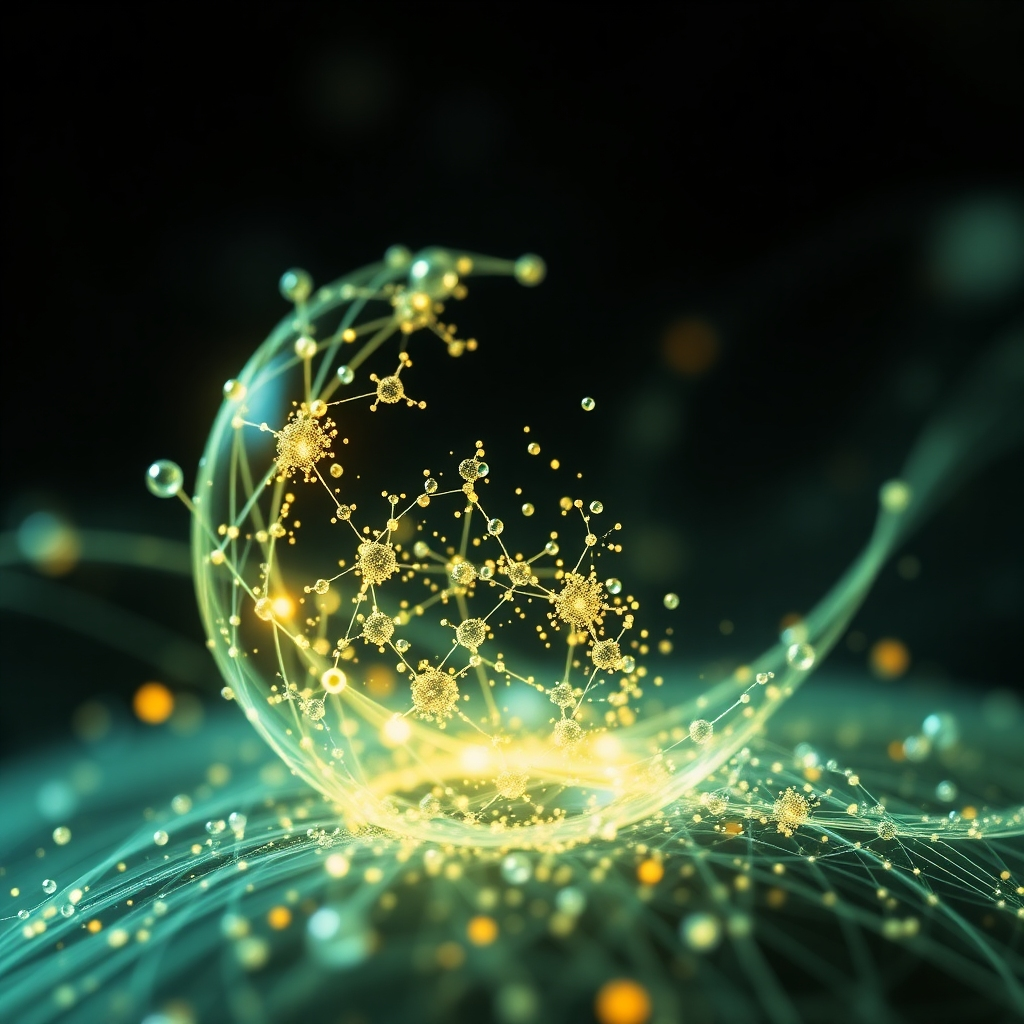
Quantum physics and the mysteries of the universe:
Quantum physics has shown that the observer and the observed are deeply intertwined.
Ask yourself what era am I most living in now?
and how does that show in my choices?
Reminiscent of Eastern philosophies
This is reminiscent of Eastern philosophies that claim that all is one. Example: Quantum entanglement shows how particles can influence each other at a distance, which challenges our understanding of time and space.
Consciousness research : Science is now beginning to explore consciousness as a fundamental property of the universe, not just a byproduct of the brain. Example: Studies of meditation show how mental training can change the structure and function of the brain.
Sustainability and harmony with nature : In Dvapara Yuga, science is no longer just a tool for dominating nature, but for living in balance with it. Example: Green technology and sustainable development show how we can use science to create a better world.
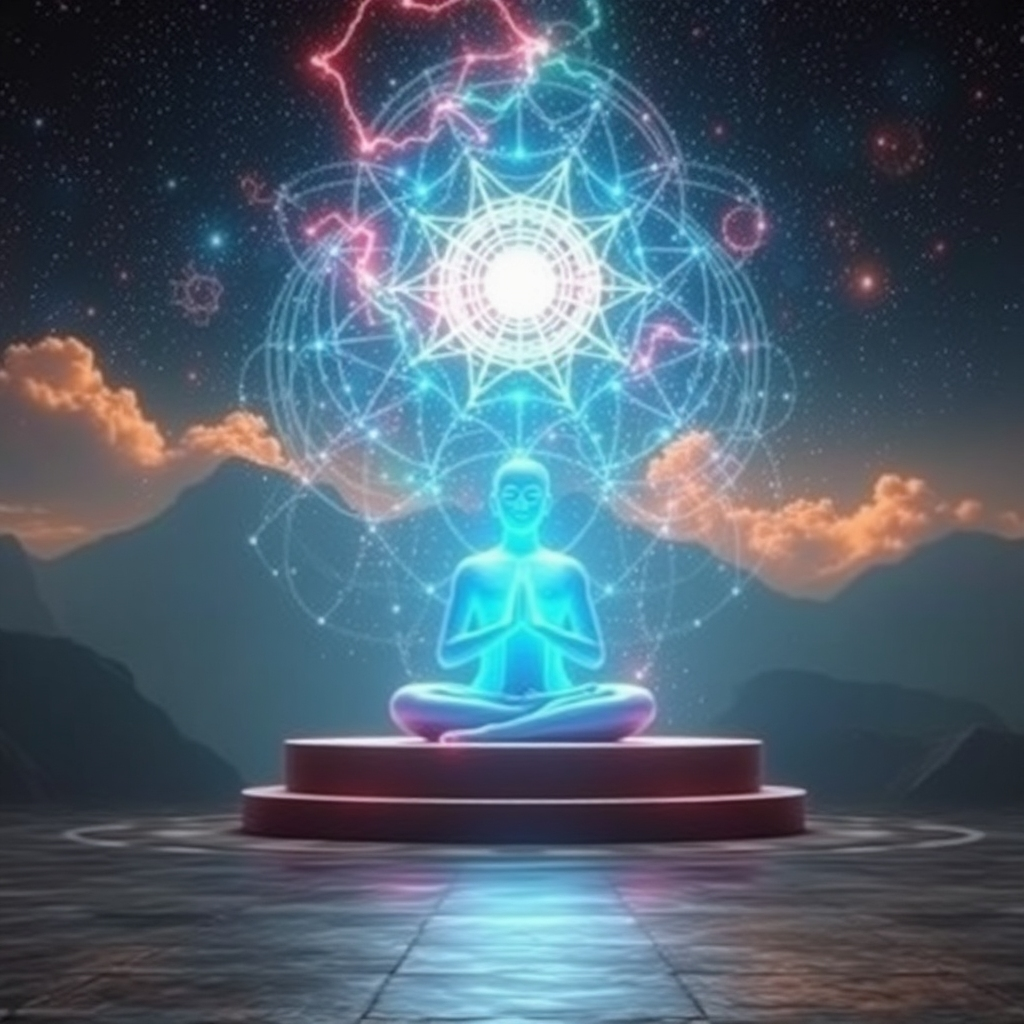
Role of Spirituality in Dvapara Yuga Spirituality is no longer confined to temples and monasteries – it becomes an integral part of everyday life.
In Dvapara Yuga, spirituality is about understanding our connection to the universe and each other.

Meditation and self-understanding : Meditation is becoming an important practice for increasing awareness and reducing stress. Example: Companies like Google and Apple are integrating meditation into the workplace to increase productivity and creativity
Spirituality in everyday life : Spirituality is no longer about isolating oneself from the world, but about finding meaning in everyday life. Example: Practices like yoga, mindfulness, and gratitude journals are becoming increasingly popular.
Universal wisdom : In Dvapara Yuga, we rediscover universal truths that have been forgotten in Kali Yuga. Example: Lessons from ancient traditions, such as karma and connection, are being integrated into modern lifestyles.
Meditation and self-understanding : Meditation is becoming an important practice for increasing awareness and reducing stress. Example: Companies like Google and Apple are integrating meditation into the workplace to increase productivity and creativity.
Spirituality in everyday life : Spirituality is no longer about isolating oneself from the world, but about finding meaning in everyday life. Example: Practices like yoga, mindfulness, and gratitude journals are becoming increasingly popular.
Universal wisdom : In Dvapara Yuga, we rediscover universal truths that have been forgotten in Kali Yuga. Example: Lessons from ancient traditions, such as karma and connection, are being integrated into modern lifestyles.
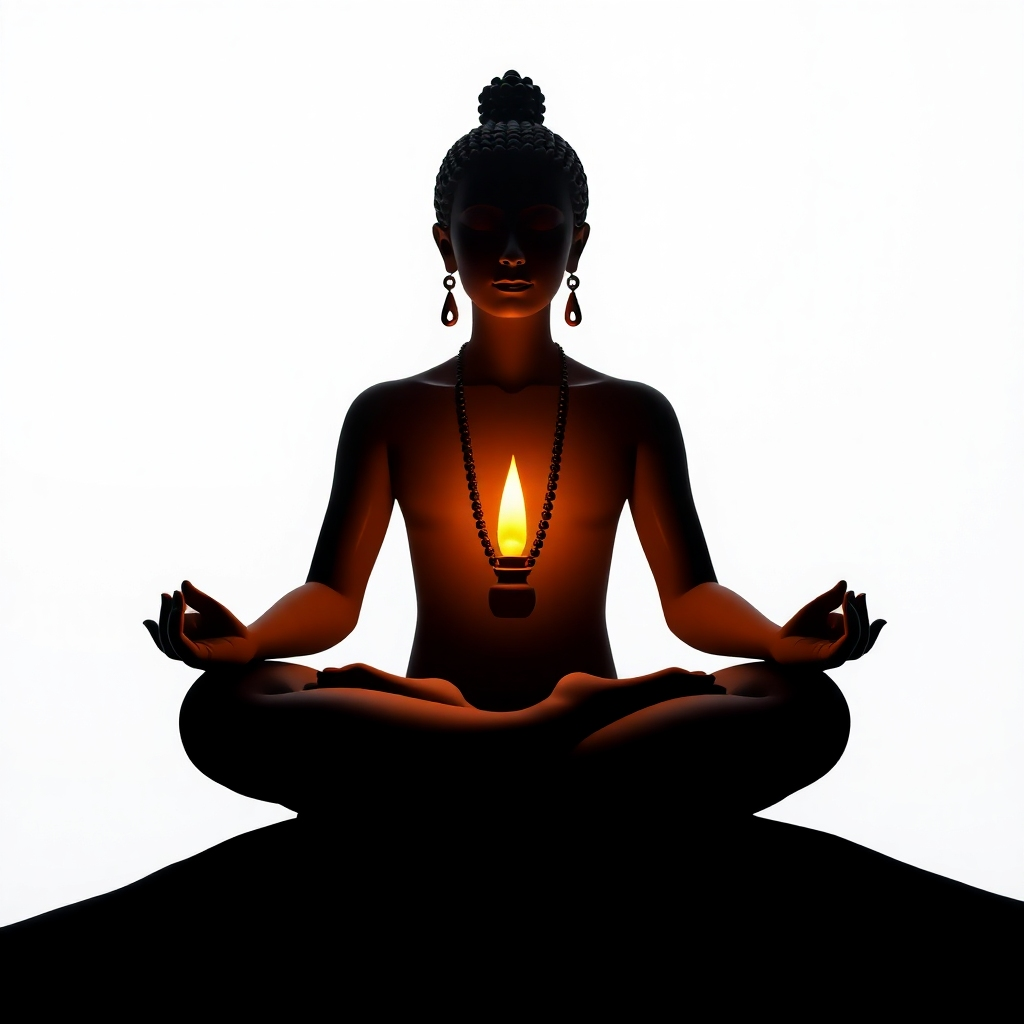
How science and spirituality can work together In Dvapara Yuga, science and spirituality are not opposites – they are two sides of the same coin.
Here are some ways they can work together:

Science as a Path to Spirituality : Science can help us understand the mechanical laws of the universe, while spirituality gives us a deeper understanding of the meaning behind it all.Example: Quantum physics and Eastern philosophy both explore the connection between observer and observed.
Spirituality as a Guide to Science : Spiritual practice can help scientists approach research with humility and curiosity, not just control and dominance. Example: Albert Einstein said: “Science without religion is lame, religion without science is blind.”
A holistic approach to life : In Dvapara Yuga, we combine the rationality of science with the wisdom of spirituality to create a balanced existence. Example: Practices like integrative medicine combine scientific methods with spiritual principles to heal both body and soul.
Conclusion In Dvapara Yuga
We no longer have to choose between science and spirituality. Instead, we can use both to explore the deepest mysteries of existence and create a future filled with wisdom, harmony, and awareness.
From quantum physics to meditation, from sustainable development to universal wisdom, this is a time when we combine the best of two worlds.
As Sri Yukteswar said, “Truth is one, but it has many expressions.” Let us embrace this synthesis and create a world where science and spirituality work together for the highest good of humanity. .
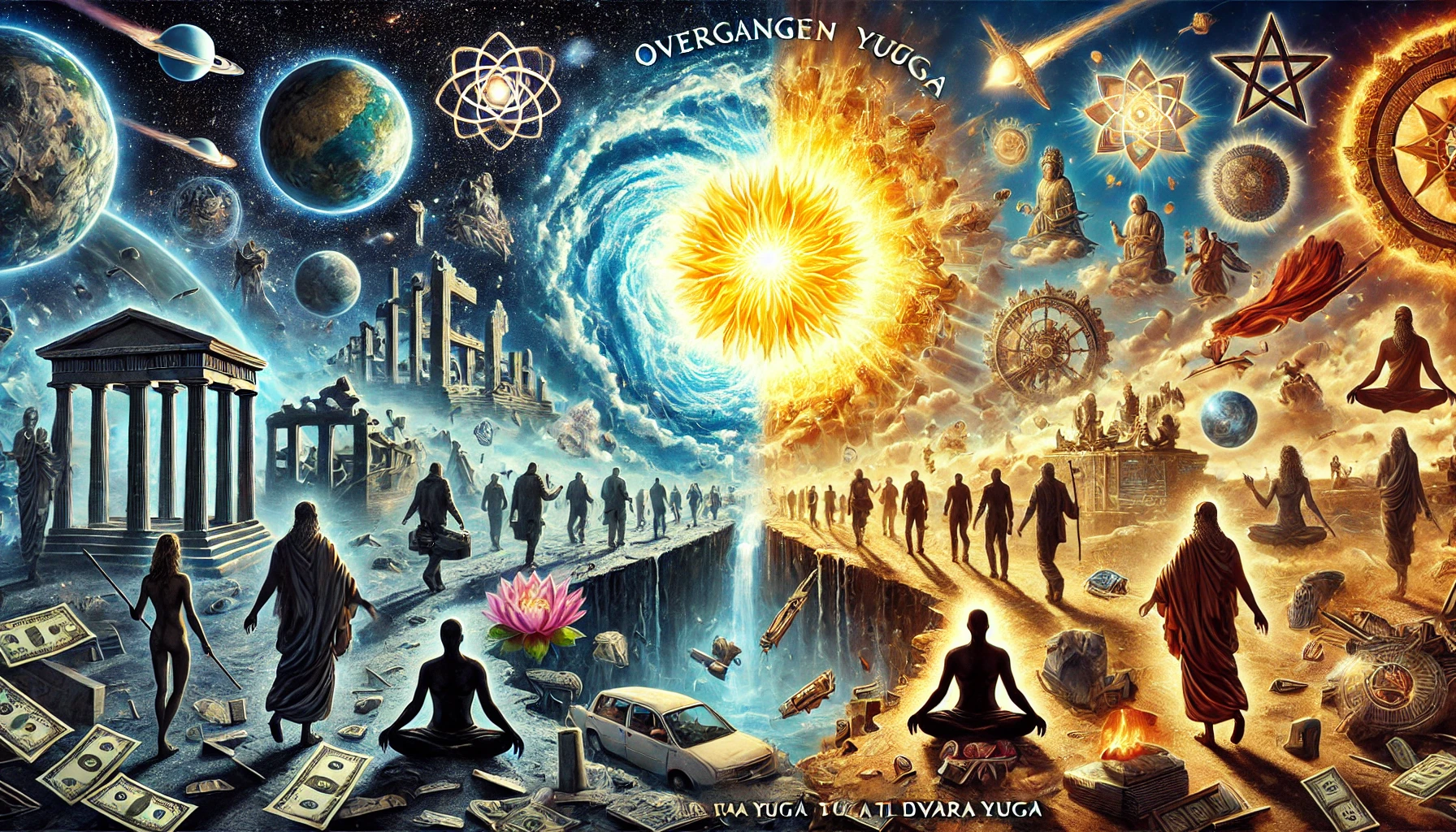
Schumpeter's theory of creative destruction and the Yuga transition
What is creative destruction?
Schumpeter, one of the most influential economic thinkers, introduced the concept of creative destruction , which describes how old systems must break down to make way for innovation and development. This phenomenon is seen not only in economics but also in the cycles of history.
In a Yuga context, we can understand creative destruction as a natural part of the transition from Kali Yuga to Dvapara Yuga:
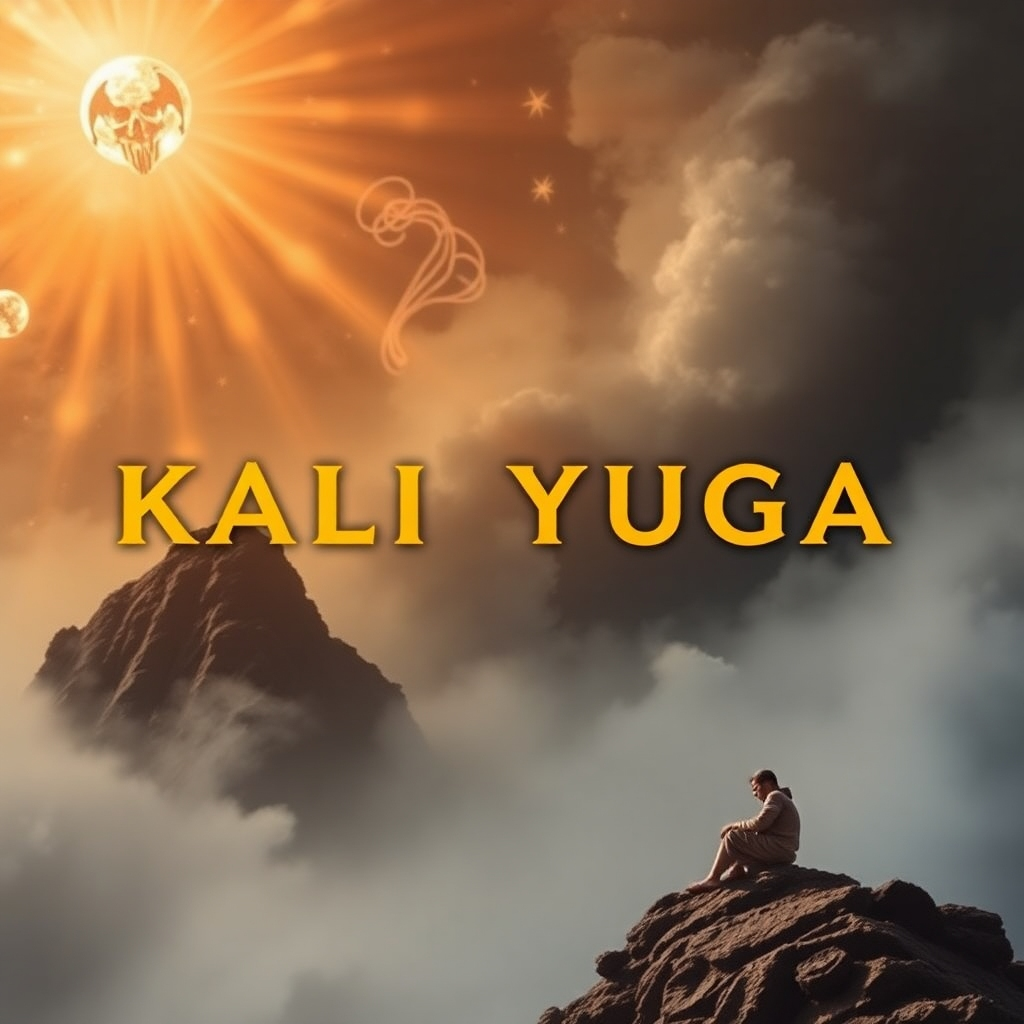
Kali Yuga and its challenges :
Kali Yuga is dominated by materialism, corruption, and stagnation.
To create Dvapara Yuga, old structures must be broken down , both socially, technologically and spiritually.
Innovation, awakening, and moral renewal are the results of this transformation.
How do we see creative destruction in today's world?
As we observe the world today, we see that old systems that no longer serve humanity are breaking down:
The Transition to Dvapara Yuga :
Economic systems are being challenged by new technologies such as cryptocurrencies and decentralized networks.
Institutions that previously held power are losing their authority as people become more aware and informed.
Old worldviews associated with separation and fear are gradually being replaced by ideas of unity and collective responsibility.
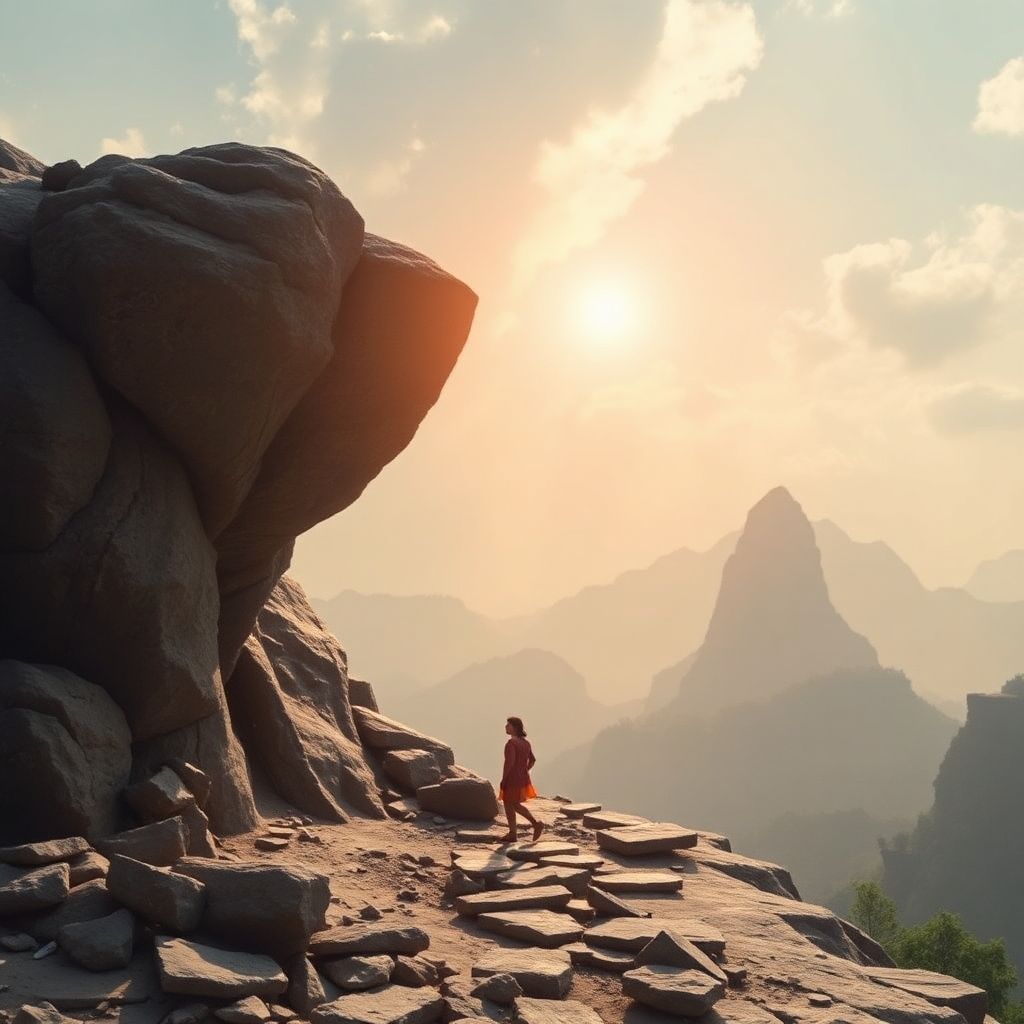
This is consistent with Schumpeter's ideas – we see a breakdown of old thinking, paving the way for new and better systems.
This is the very essence of the Yuga transition.
Why is creative destruction necessary?
For many, it may seem frightening when old systems collapse, but this is a natural part of the cycle. Schumpeter believed that renewal requires:

That we let go of outdated structures – both in society and in our own minds.
That we embrace new knowledge and technology – which can bring us closer to a more sustainable and harmonious world.
That we look to the future with confidence – and not cling to the old out of fear.
How can we use Schumpeter's philosophy to our advantage?
In the transition to Dvapara Yuga, we can apply the principles of creative destruction on a personal level:
Release old limiting thoughts – What worked in Kali Yuga will not necessarily work in a higher vibration.
Embrace change as a necessity – The world is in a major transition, and we are part of it.
Be open to new technology and spiritual insight – Science and spirituality are merging.

End of 7th day before this shift to Dvarpara Yuga
Day 7 the March 13 – before the Kali Yuga concept change to Dvapara Yuga
THE COMPASS OF LOVE – HOW TO NAVIGATE THE ZIGZAG OF TIME
The Quantum Bridge – How Science Confirms the Ancient Cycles
Science and Spirituality in Dvapara Yuga "Science and Spirituality – Two Sides of the Same Coin in the New Age"
Introduction In the Kali Yuga, science and spirituality were often seen as polar opposites—one focused on material evidence, the other on unseen truths. But now, in the transition to the Dvapara Yuga , these two approaches are beginning to converge.
From quantum physics to meditation research, modern science is showing that the universe is more mysterious and interconnected than we could ever imagine.
Dvapara Yuga is a time when we no longer have to choose between science and spirituality. Instead, we can use both to explore the deepest mysteries of existence.
Let's delve into how these two fields can work together to create a future filled with wisdom, harmony, and awareness. The Role of Science in Dvapara Yuga
Science has always been a driving force for human progress, but in Dvapara Yuga it takes it a step further. Here are some key areas where science plays a central role:

Quantum physics and the mysteries of the universe:
Quantum physics has shown that the observer and the observed are deeply intertwined.
Ask yourself what era am I most living in now?
and how does that show in my choices?
Reminiscent of Eastern philosophies
This is reminiscent of Eastern philosophies that claim that all is one. Example: Quantum entanglement shows how particles can influence each other at a distance, which challenges our understanding of time and space.
Consciousness research : Science is now beginning to explore consciousness as a fundamental property of the universe, not just a byproduct of the brain. Example: Studies of meditation show how mental training can change the structure and function of the brain.
Sustainability and harmony with nature : In Dvapara Yuga, science is no longer just a tool for dominating nature, but for living in balance with it. Example: Green technology and sustainable development show how we can use science to create a better world.

Role of Spirituality in Dvapara Yuga Spirituality is no longer confined to temples and monasteries – it becomes an integral part of everyday life.
In Dvapara Yuga, spirituality is about understanding our connection to the universe and each other.

Meditation and self-understanding : Meditation is becoming an important practice for increasing awareness and reducing stress. Example: Companies like Google and Apple are integrating meditation into the workplace to increase productivity and creativity
Spirituality in everyday life : Spirituality is no longer about isolating oneself from the world, but about finding meaning in everyday life. Example: Practices like yoga, mindfulness, and gratitude journals are becoming increasingly popular.
Universal wisdom : In Dvapara Yuga, we rediscover universal truths that have been forgotten in Kali Yuga. Example: Lessons from ancient traditions, such as karma and connection, are being integrated into modern lifestyles.
Meditation and self-understanding : Meditation is becoming an important practice for increasing awareness and reducing stress. Example: Companies like Google and Apple are integrating meditation into the workplace to increase productivity and creativity.
Spirituality in everyday life : Spirituality is no longer about isolating oneself from the world, but about finding meaning in everyday life. Example: Practices like yoga, mindfulness, and gratitude journals are becoming increasingly popular.
Universal wisdom : In Dvapara Yuga, we rediscover universal truths that have been forgotten in Kali Yuga. Example: Lessons from ancient traditions, such as karma and connection, are being integrated into modern lifestyles.

How science and spirituality can work together In Dvapara Yuga, science and spirituality are not opposites – they are two sides of the same coin.
Here are some ways they can work together:

Science as a Path to Spirituality : Science can help us understand the mechanical laws of the universe, while spirituality gives us a deeper understanding of the meaning behind it all.Example: Quantum physics and Eastern philosophy both explore the connection between observer and observed.
Spirituality as a Guide to Science : Spiritual practice can help scientists approach research with humility and curiosity, not just control and dominance. Example: Albert Einstein said: “Science without religion is lame, religion without science is blind.”
A holistic approach to life : In Dvapara Yuga, we combine the rationality of science with the wisdom of spirituality to create a balanced existence. Example: Practices like integrative medicine combine scientific methods with spiritual principles to heal both body and soul.
Conclusion In Dvapara Yuga
We no longer have to choose between science and spirituality. Instead, we can use both to explore the deepest mysteries of existence and create a future filled with wisdom, harmony, and awareness.
From quantum physics to meditation, from sustainable development to universal wisdom, this is a time when we combine the best of two worlds.
As Sri Yukteswar said, “Truth is one, but it has many expressions.” Let us embrace this synthesis and create a world where science and spirituality work together for the highest good of humanity. .

Schumpeter's theory of creative destruction and the Yuga transition
What is creative destruction?
Schumpeter, one of the most influential economic thinkers, introduced the concept of creative destruction , which describes how old systems must break down to make way for innovation and development. This phenomenon is seen not only in economics but also in the cycles of history.
In a Yuga context, we can understand creative destruction as a natural part of the transition from Kali Yuga to Dvapara Yuga:

Kali Yuga and its challenges :
Kali Yuga is dominated by materialism, corruption, and stagnation.
To create Dvapara Yuga, old structures must be broken down , both socially, technologically and spiritually.
Innovation, awakening, and moral renewal are the results of this transformation.
How do we see creative destruction in today's world?
As we observe the world today, we see that old systems that no longer serve humanity are breaking down:
The Transition to Dvapara Yuga :
Economic systems are being challenged by new technologies such as cryptocurrencies and decentralized networks.
Institutions that previously held power are losing their authority as people become more aware and informed.
Old worldviews associated with separation and fear are gradually being replaced by ideas of unity and collective responsibility.

This is consistent with Schumpeter's ideas – we see a breakdown of old thinking, paving the way for new and better systems.
This is the very essence of the Yuga transition.
Why is creative destruction necessary?
For many, it may seem frightening when old systems collapse, but this is a natural part of the cycle. Schumpeter believed that renewal requires:

That we let go of outdated structures – both in society and in our own minds.
That we embrace new knowledge and technology – which can bring us closer to a more sustainable and harmonious world.
That we look to the future with confidence – and not cling to the old out of fear.
How can we use Schumpeter's philosophy to our advantage?
In the transition to Dvapara Yuga, we can apply the principles of creative destruction on a personal level:
Release old limiting thoughts – What worked in Kali Yuga will not necessarily work in a higher vibration.
Embrace change as a necessity – The world is in a major transition, and we are part of it.
Be open to new technology and spiritual insight – Science and spirituality are merging.

End of 7th day before this shift to Dvarpara Yuga
Day 8 the March 12 – before the Kali Yuga concept change to Dvapara Yuga
THE COMPASS OF LOVE – HOW TO NAVIGATE THE ZIGZAG OF TIME
EPILOGUE: THE WHEEL OF TIME AND THE ETERNAL NOW
The Yuga cycle is not a trap – it is an invitation to dance with the unpredictable rhythm of time . In Kali Yuga we learned to fight. In Dvapara Yuga we learn to transform the fight into a dance – where love is both music and partner.
"It is not our job to change the cycle, but to change how we go through it. Gravity does not pull us down – it reminds us that we are always connected to the Earth, while reaching for the stars."
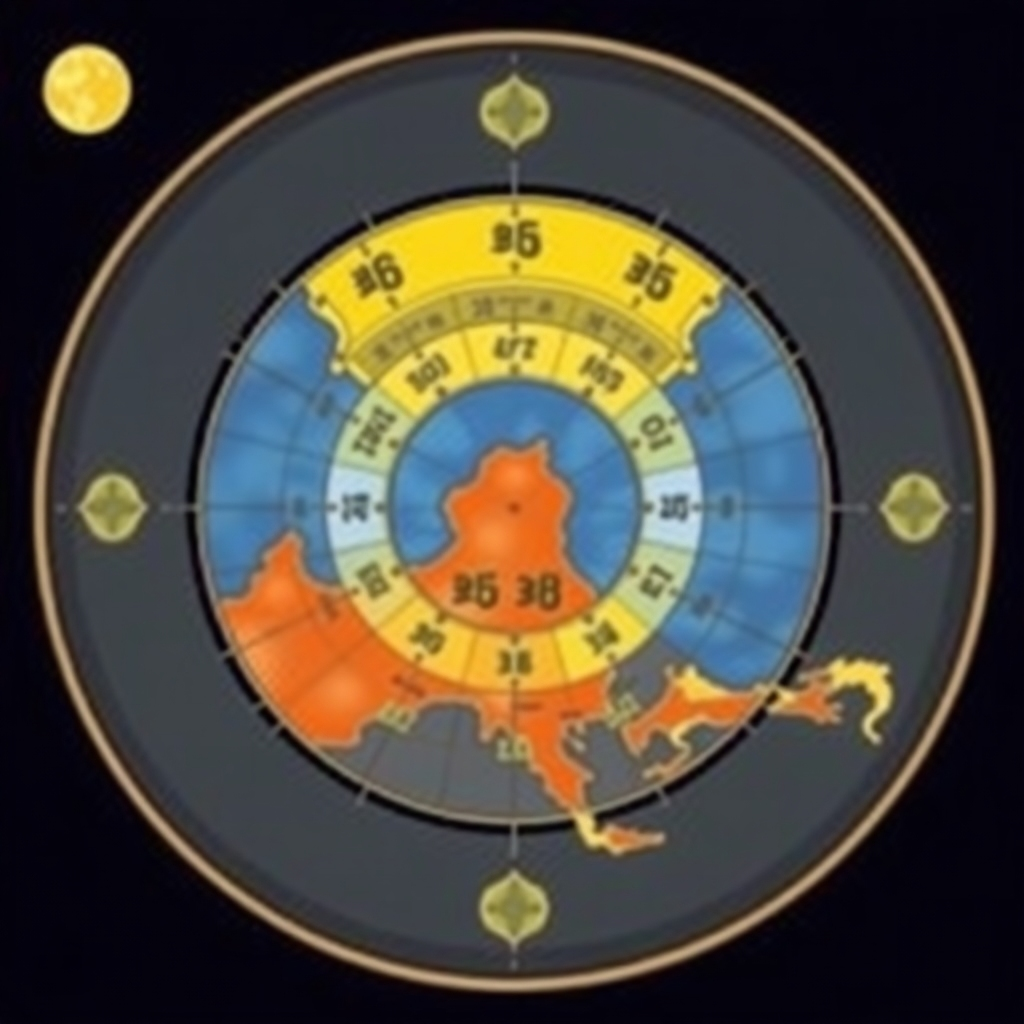
Practice 1:
Find your inner yuga cartographer Meditation : Set aside 10 minutes and ask:
What era am I most living in now?
How does that show in my choices?
Journaling assignment :
Write down three moments today where you felt connected to something bigger (a conversation, a nature experience, a piece of music).


Practice 2:
Use creative destruction as a tool Change one daily habit that represents Kali Yuga for you
Replace criticism with curiosity. Replace "I have to" with "I choose." Musical motivation
Play uplifting music (e.g. Gloves in the Box by Aurora) while you "break" the old pattern.
Practice 3:
Live as a Dvapara Pioneer Embrace the duality :
Let technology and spirituality coexist.
Try a digital detox day, but use an app to record your insights.
Example : Write a poem on your phone while sitting under a tree..
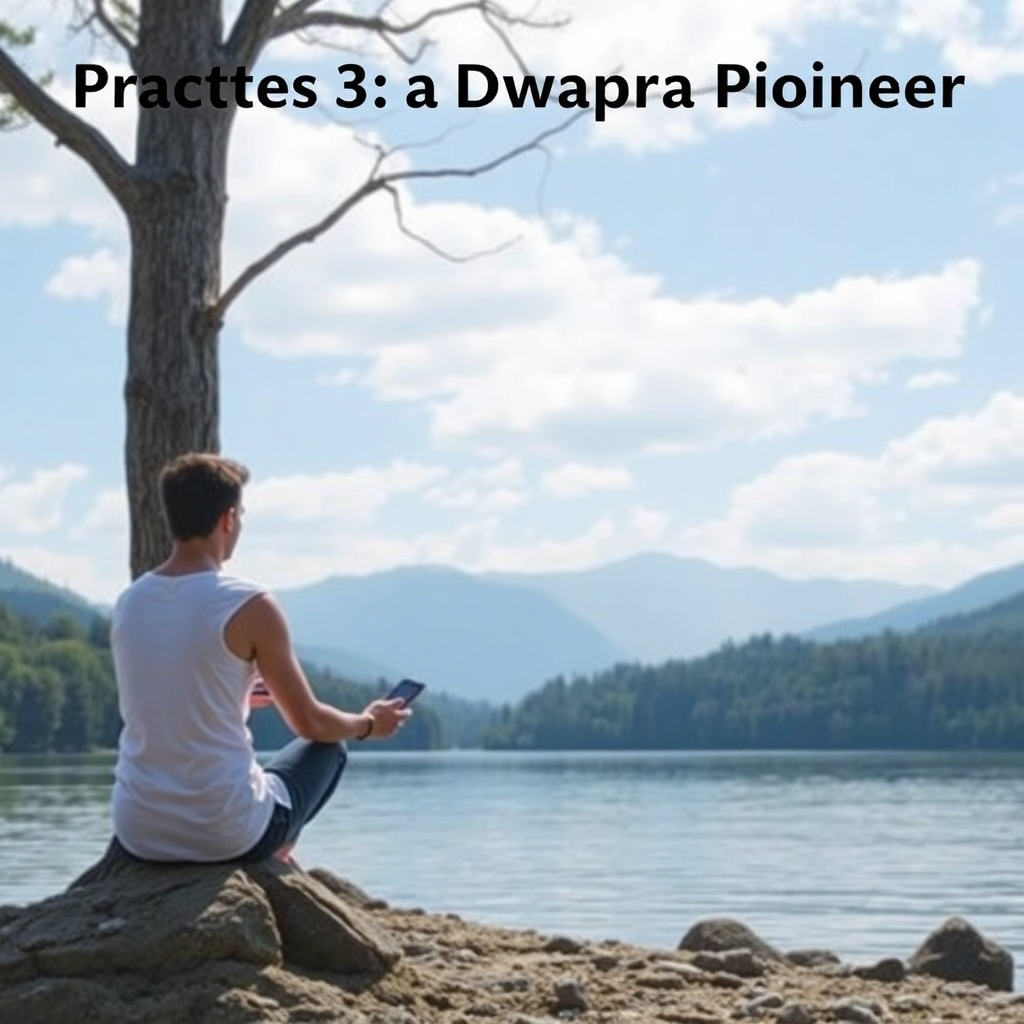
INTERACTIVE CLOSING: YOUR TOUR
Share your revolution : What do you want to destroy/create in this transition? Comment with one sentence (e.g., “I am destroying the fear of being vulnerable – creating space for real connections”).
Become part of the symphony :
Upload a sound or image that represents "Dvapara Yuga" for you (a song, a work of art, a mood).
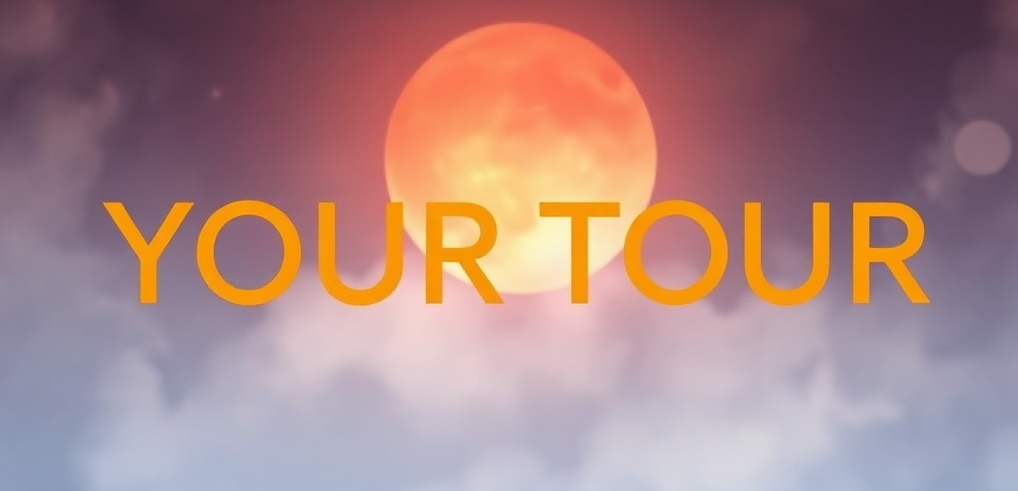
Immanuel Kant and Epistemology in the Yuga Transition
Kant's revolutionary understanding of knowledge Immanuel Kant is known for having redefined how we understand knowledge and reality. He introduced the distinction between noumenon ("thing in itself") and phenomenon (the world we experience through our senses).
According to Kant, we can never fully understand reality in its entirety, but we can approach it through our mental structures.
This idea bears a striking resemblance to the Yuga cycle: In Kali Yuga, human understanding is limited to phenomenon , an illusory reality dominated by materialism.
As we move towards Dvapara Yuga , we begin to see past the illusions and approach a deeper understanding of the noumenon – the truth of the universe. Kant's philosophy thus helps us understand why the transition from Kali Yuga to Dvapara yuga.
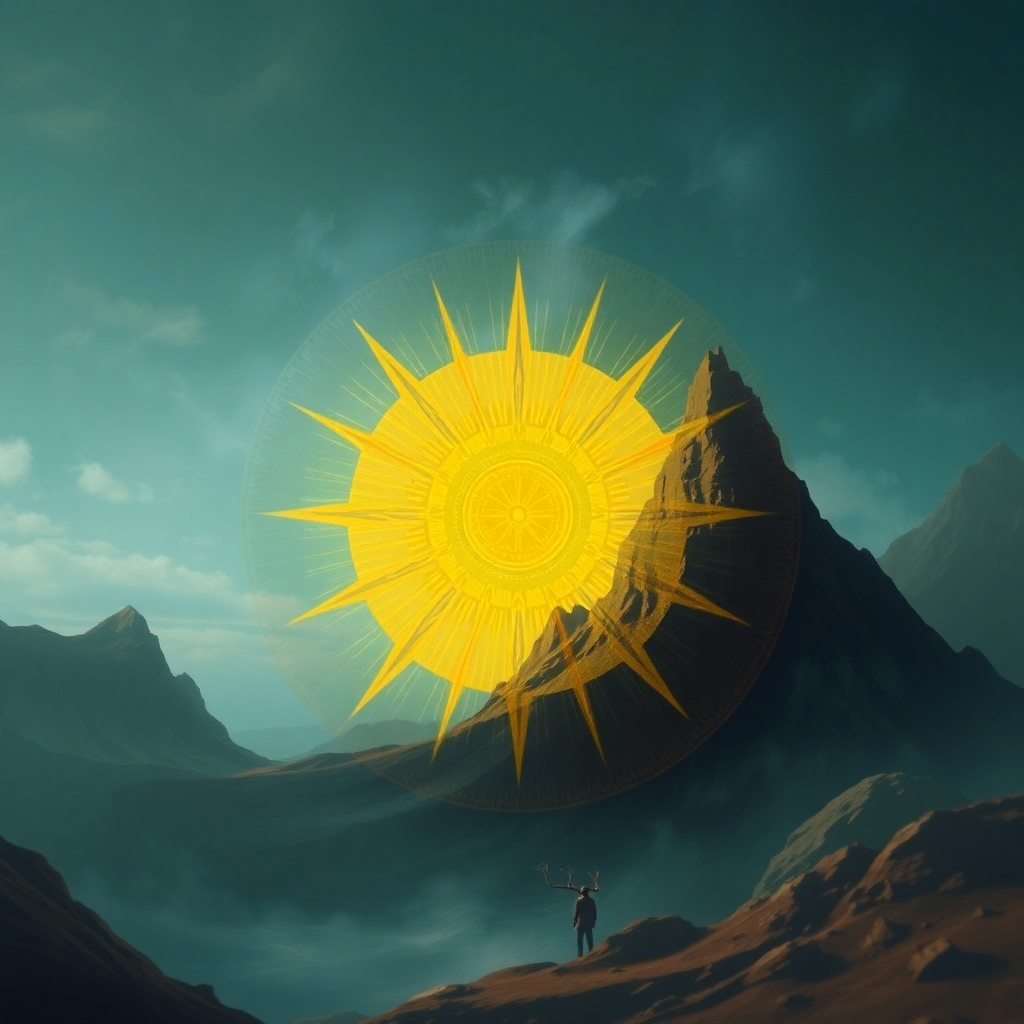
The Change In Consciousness
Dvarpar Yuga is a change in consciousness and not just external conditions.
How Kant's Epistemology Mirrors the Yuga Transition
Kant believed that our understanding of the world is always shaped by our senses and our reason.
This means that what we experience as "truth" depends on our own state of consciousness.
In Kali Yuga, human consciousness is heavy and rooted in materialism and separation.
We believe that the physical world is the only reality. In Dvapara Yuga, we become more open to seeing that consciousness shapes our experience of reality. As we move further towards Treta and Satya Yuga , we will be able to understand the deeper laws of the universe intuitively and without the mental limitations we have today.
Kant and the Scientific Revolution in the Dvapara Yuga In the transition to Dvapara Yuga, we see that science is beginning to confirm much of what is quantum physics.
Kant predicted:
Quantum physics shows that the observer affects reality – suggesting that there is a deeper reality behind the material world.
Research on consciousness shows that thoughts and intentions can affect physical matter. Neuroscience shows that the brain is not only a receiver of reality, but also a creator of it.
This is consistent with Kant's philosophy that our understanding of the world is always filtered through our own mental structures – and that these structures are expanding in the Dvapara Yuga.
The ethical dimension: Kant's categorical imperative Kant also developed a profound ethical theory known as the categorical imperative , which states that we should act so that our behavior can become a universal law.
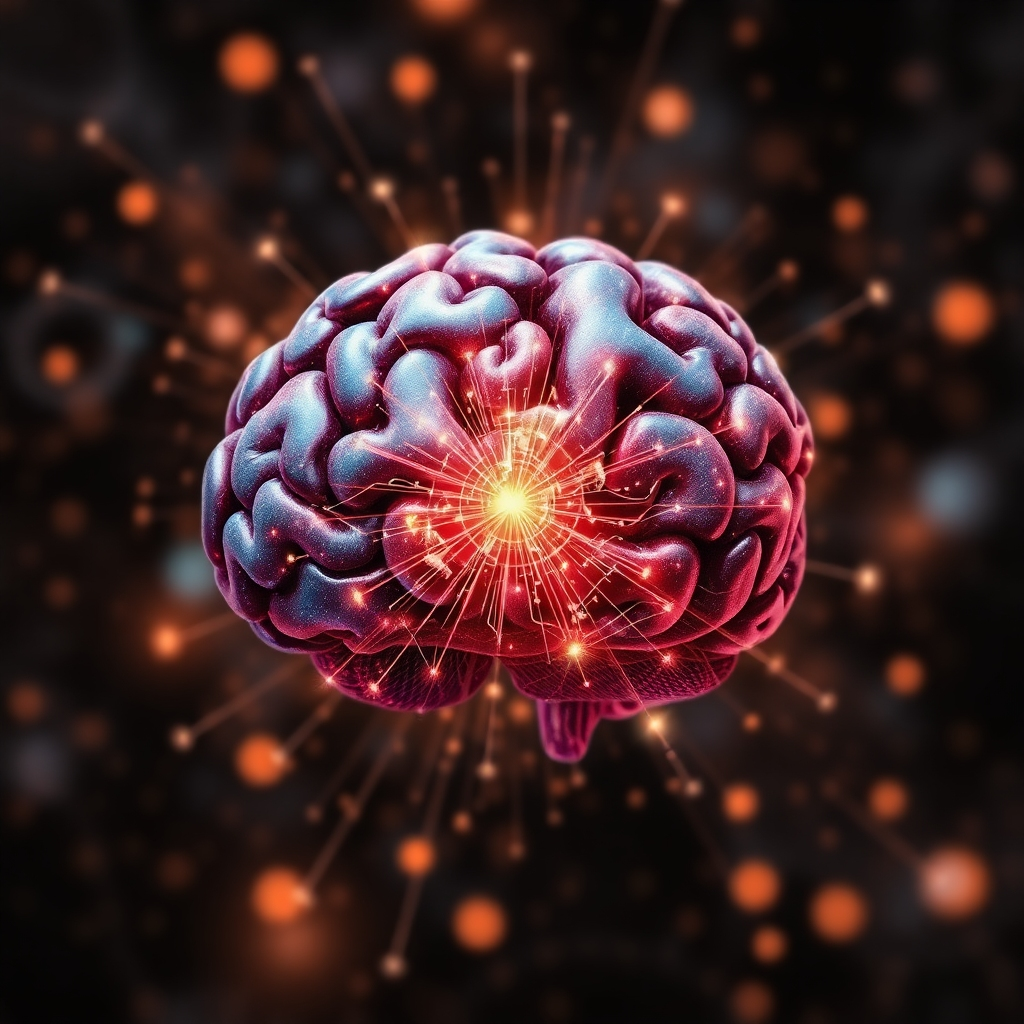

The Moral Understanding
This is a moral understanding that corresponds to the principles of Dvapara Yuga:
In Kali Yuga, people often acted out of selfishness, fear, and abuse of power. In Dvapara Yuga, we move towards a higher ethical understanding, where actions based on unity and love become the new norm.
Dvapara Yuga demands that we take responsibility for our choices in a new way – not just for ourselves, but for all of humanity.
Kant’s philosophy provides us with a tool to understand how we can live in accordance with this new ethical standard.
How can we apply Kant's philosophy in our own development?
Expand our understanding of reality – Realize that what we perceive through our senses is only a small part of a larger truth.
Act with moral integrity – Make decisions that benefit the whole, not just ourselves.
Explore science and spirituality in parallel Don't see these as opposites, but as two sides of the same truth.
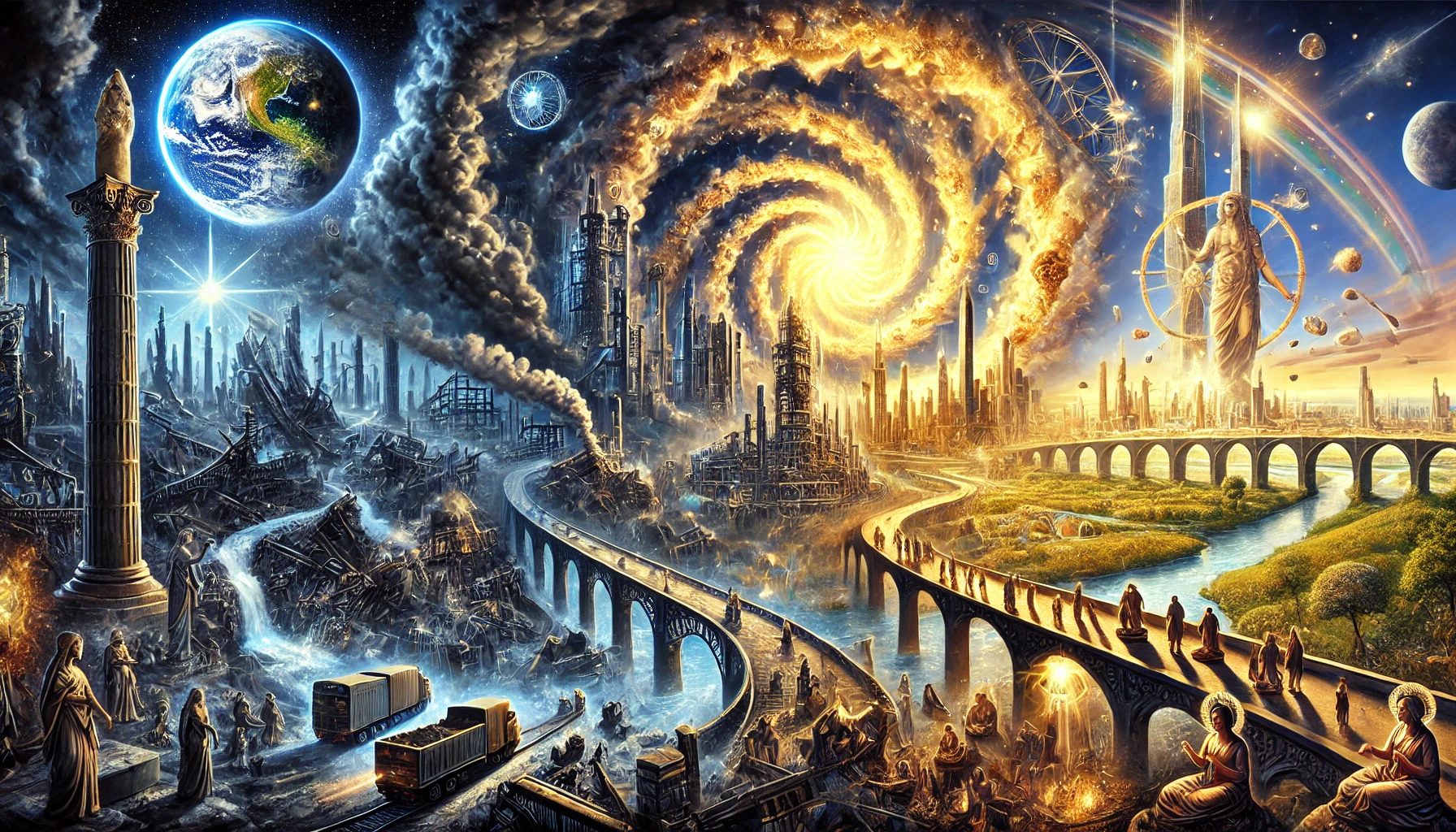
Schumpeter's theory of creative destruction and the Yuga transition
What is creative destruction?
Schumpeter, one of the most influential economic thinkers, introduced the concept of creative destruction , which describes how old systems must break down to make way for innovation and development. This phenomenon is seen not only in economics but also in the cycles of history.
In a Yuga context, we can understand creative destruction as a natural part of the transition from Kali Yuga to Dvapara Yuga:

Kali Yuga and its challenges :
Kali Yuga is dominated by materialism, corruption, and stagnation.
To create Dvapara Yuga, old structures must be broken down , both socially, technologically and spiritually.
Innovation, awakening, and moral renewal are the results of this transformation.
How do we see creative destruction in today's world?
As we observe the world today, we see that old systems that no longer serve humanity are breaking down:
The Transition to Dvapara Yuga :
Economic systems are being challenged by new technologies such as cryptocurrencies and decentralized networks.
Institutions that previously held power are losing their authority as people become more aware and informed.
Old worldviews associated with separation and fear are gradually being replaced by ideas of unity and collective responsibility.

This is consistent with Schumpeter's ideas – we see a breakdown of old thinking, paving the way for new and better systems.
This is the very essence of the Yuga transition.
Why is creative destruction necessary?
For many, it may seem frightening when old systems collapse, but this is a natural part of the cycle. Schumpeter believed that renewal requires:

That we let go of outdated structures – both in society and in our own minds.
That we embrace new knowledge and technology – which can bring us closer to a more sustainable and harmonious world.
That we look to the future with confidence – and not cling to the old out of fear.
How can we use Schumpeter's philosophy to our advantage?
In the transition to Dvapara Yuga, we can apply the principles of creative destruction on a personal level:
Release old limiting thoughts – What worked in Kali Yuga will not necessarily work in a higher vibration.
Embrace change as a necessity – The world is in a major transition, and we are part of it.
Be open to new technology and spiritual insight – Science and spirituality are merging.

End of 8th day before this shift to Dvarpara Yuga
Day 9 the March 11 – before the Kali Yuga concept change to Dvapara Yuga
THE COMPASS OF LOVE – HOW TO NAVIGATE THE ZIGZAG OF TIME
EPILOGUE: THE WHEEL OF TIME AND THE ETERNAL NOW
The Yuga cycle is not a trap – it is an invitation to dance with the unpredictable rhythm of time . In Kali Yuga we learned to fight. In Dvapara Yuga we learn to transform the fight into a dance – where love is both music and partner.
"It is not our job to change the cycle, but to change how we go through it. Gravity does not pull us down – it reminds us that we are always connected to the Earth, while reaching for the stars."

Practice 1:
Find your inner yuga cartographer Meditation : Set aside 10 minutes and ask:
What era am I most living in now?
How does that show in my choices?
Journaling assignment :
Write down three moments today where you felt connected to something bigger (a conversation, a nature experience, a piece of music).


Practice 2:
Use creative destruction as a tool Change one daily habit that represents Kali Yuga for you
Replace criticism with curiosity. Replace "I have to" with "I choose." Musical motivation
Play uplifting music (e.g. Gloves in the Box by Aurora) while you "break" the old pattern.
Practice 3:
Live as a Dvapara Pioneer Embrace the duality :
Let technology and spirituality coexist.
Try a digital detox day, but use an app to record your insights.
Example : Write a poem on your phone while sitting under a tree..

INTERACTIVE CLOSING: YOUR TOUR
Share your revolution : What do you want to destroy/create in this transition? Comment with one sentence (e.g., “I am destroying the fear of being vulnerable – creating space for real connections”).
Become part of the symphony :
Upload a sound or image that represents "Dvapara Yuga" for you (a song, a work of art, a mood).

Schumpeter's theory of creative destruction and the Yuga transition
What is creative destruction?
Schumpeter, one of the most influential economic thinkers, introduced the concept of creative destruction , which describes how old systems must break down to make way for innovation and development. This phenomenon is seen not only in economics but also in the cycles of history.
In a Yuga context, we can understand creative destruction as a natural part of the transition from Kali Yuga to Dvapara Yuga:

Kali Yuga and its challenges :
Kali Yuga is dominated by materialism, corruption, and stagnation.
To create Dvapara Yuga, old structures must be broken down , both socially, technologically and spiritually.
Innovation, awakening, and moral renewal are the results of this transformation.
How do we see creative destruction in today's world?
As we observe the world today, we see that old systems that no longer serve humanity are breaking down:
The Transition to Dvapara Yuga :
Economic systems are being challenged by new technologies such as cryptocurrencies and decentralized networks.
Institutions that previously held power are losing their authority as people become more aware and informed.
Old worldviews associated with separation and fear are gradually being replaced by ideas of unity and collective responsibility.

This is consistent with Schumpeter's ideas – we see a breakdown of old thinking, paving the way for new and better systems.
This is the very essence of the Yuga transition.
Why is creative destruction necessary?
For many, it may seem frightening when old systems collapse, but this is a natural part of the cycle. Schumpeter believed that renewal requires:

That we let go of outdated structures – both in society and in our own minds.
That we embrace new knowledge and technology – which can bring us closer to a more sustainable and harmonious world.
That we look to the future with confidence – and not cling to the old out of fear.
How can we use Schumpeter's philosophy to our advantage?
In the transition to Dvapara Yuga, we can apply the principles of creative destruction on a personal level:
Release old limiting thoughts – What worked in Kali Yuga will not necessarily work in a higher vibration.
Embrace change as a necessity – The world is in a major transition, and we are part of it.
Be open to new technology and spiritual insight – Science and spirituality are merging.

End of 9th day before this shift to Dvarpara Yuga
Day 10 the March 10 – before the Kali Yuga concept change to Dvapara Yuga
Sri Yukteswar og hans innsikt i Yuga-syklusen
Sri Yukteswar var en av de mest innflytelsesrike åndelige lærerne på 1800- og 1900-tallet. Han var mest kjent for sin bok The Holy Science , der han presenterte en radikal ny tolkning av Yuga-syklusen, som skilte seg fra den tradisjonelle hinduistiske forståelsen. Sri Yukteswars revolusjonerende syn på Yuga-syklusen Mens de fleste tradisjonelle hinduistiske skrifter hevder at vi fortsatt er i Kali Yuga, antydet Sri Yukteswar at vi allerede har flyttet ut av Kali Yuga og er ved begynnelsen av Dvapara Yuga. Ifølge hans beregninger skjedde dette rundt år 1900.
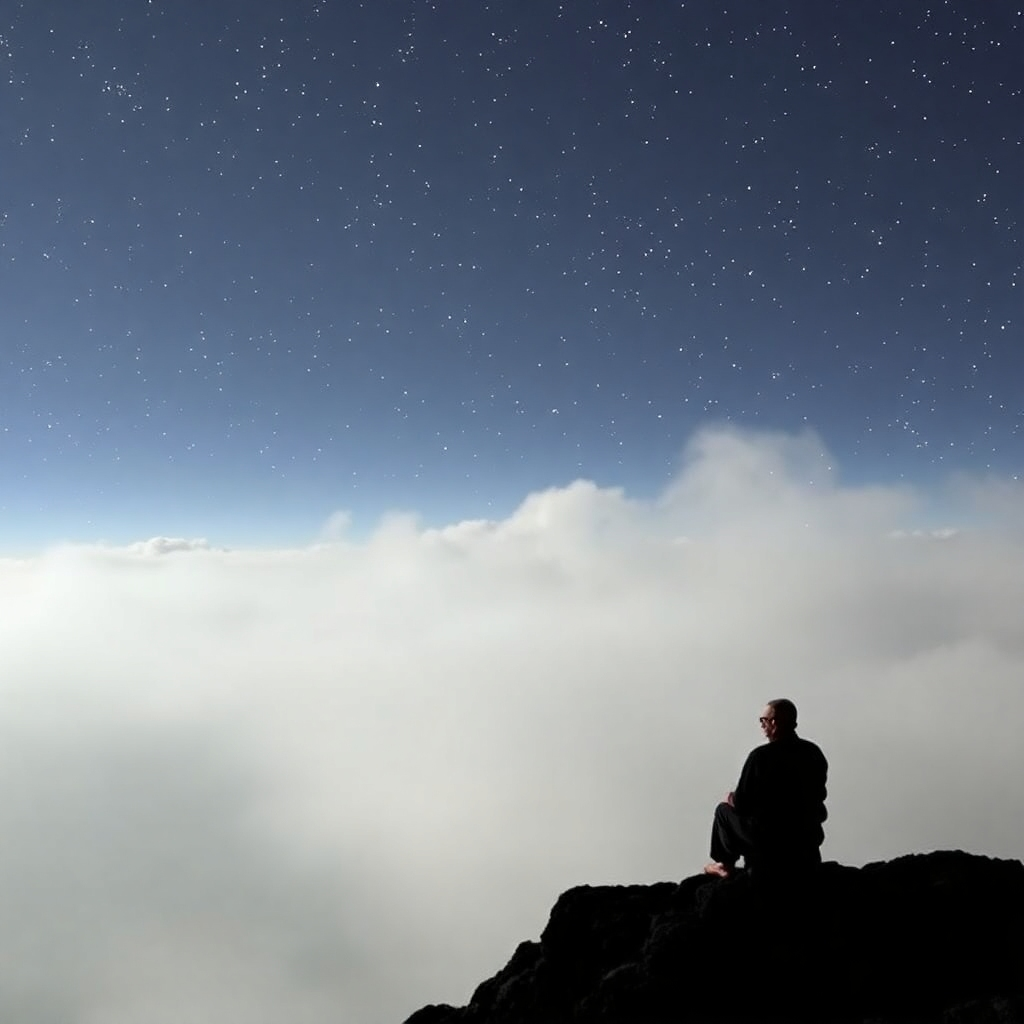
Denne innsikten gir et nytt perspektiv på vår tid:
Teknologiske fremskritt, global kommunikasjon og åndelig oppvåkning er i samsvar med en verden i overgang til en høyere bevissthet. Vitenskapen begynner å avdekke skjulte sannheter om energi og bevissthet, som stemmer overens med egenskapene til Dvapara Yuga.
Folk blir mer intuitive og bevisste.
Folk blir mer intuitive og bevisste på sitt indre potensial. Den skjulte forbindelsen mellom vitenskap og spiritualitet En av Sri Yukteswars mest fascinerende påstander er at vitenskap og spiritualitet en gang var ett, men ble atskilt i Kali Yuga. Han spådde at i Dvapara Yuga ville disse to disiplinene gradvis forenes igjen.
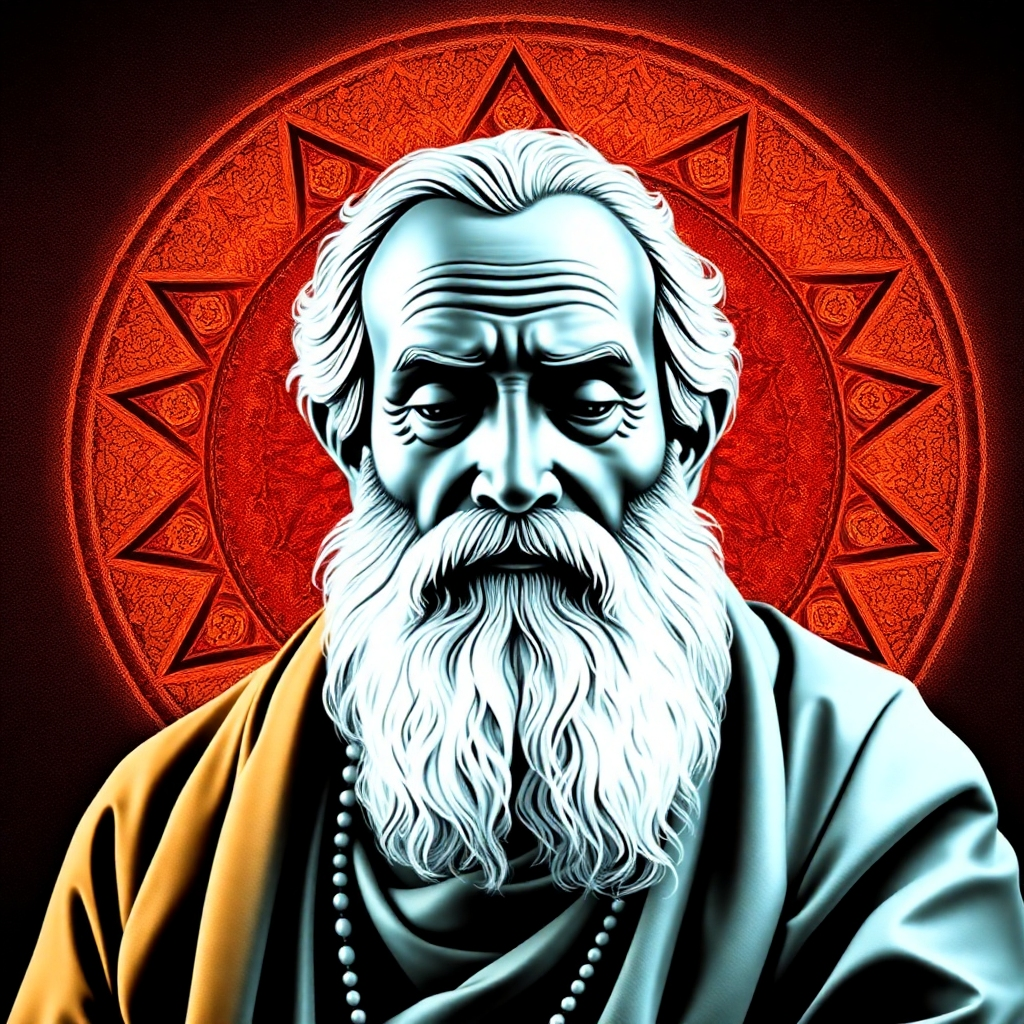

Dette ser vi tydelig i dag:
Kvantefysikk viser at bevissthet kan påvirke materie. Studier på meditasjon bekrefter at vår sinnstilstand fysisk kan endre hjernen og kroppen. Moderne teknologi beveger seg mot energi- og frekvensbaserte løsninger, som Sri Yukteswar beskrev som en naturlig del av Dvapara Yuga.
Hvordan kan vi bruke Sri Yukteswars innsikt i vår tid?
Sri Yukteswar's explanation of the yuga cycle
Sri Yukteswar's unique perspective on the yuga cycle differs from traditional interpretations. While ancient texts claim that each yuga lasts for hundreds of thousands of years, Sri Yukteswar links the yuga cycle to the movement of the sun around a dual star system. According to him, the yuga cycle is much shorter and more dynamic than previously believed.
The Sun's Movement and the Yuga Cycle :
Sri Yukteswar explains that the Sun not only rotates around the center of our galaxy, but also around a dual star system. This movement creates periods of increasing and decreasing energy, which in turn affects the inhabitants of Earth.
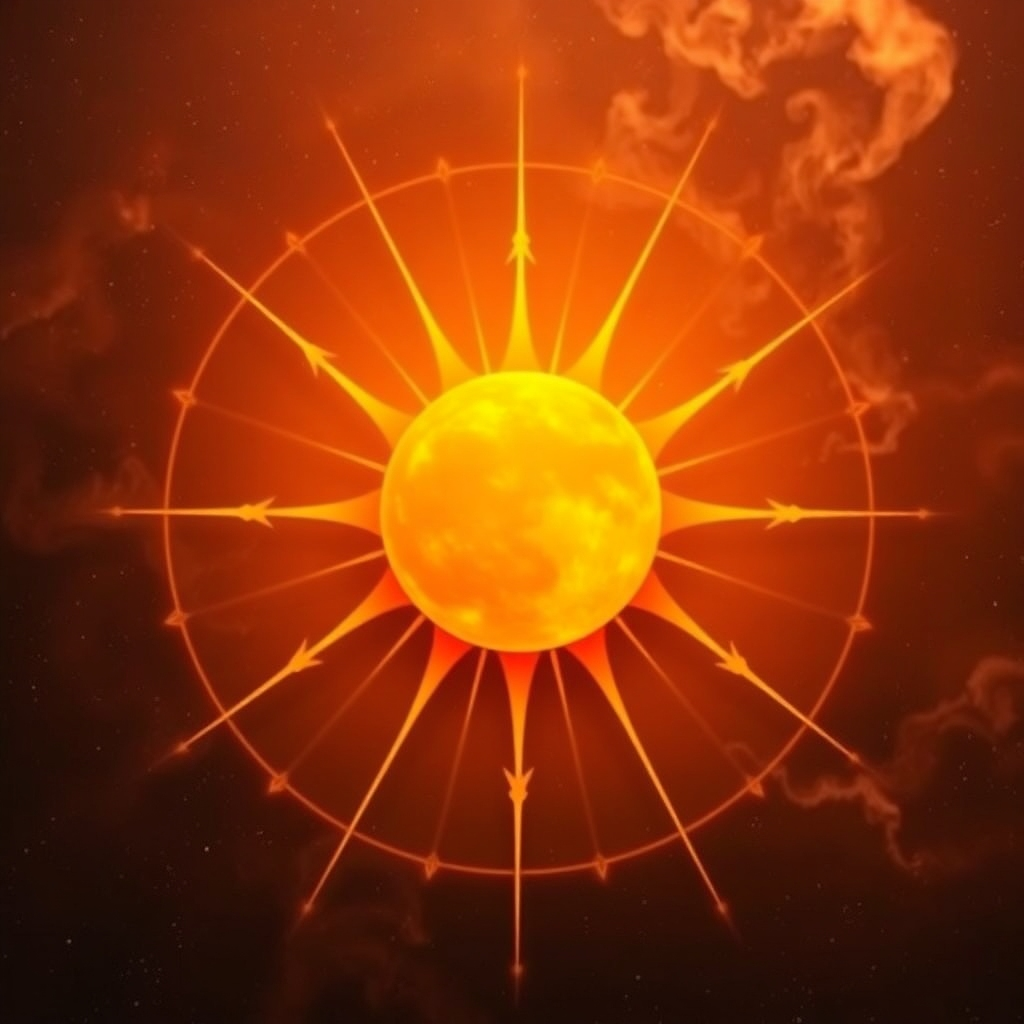
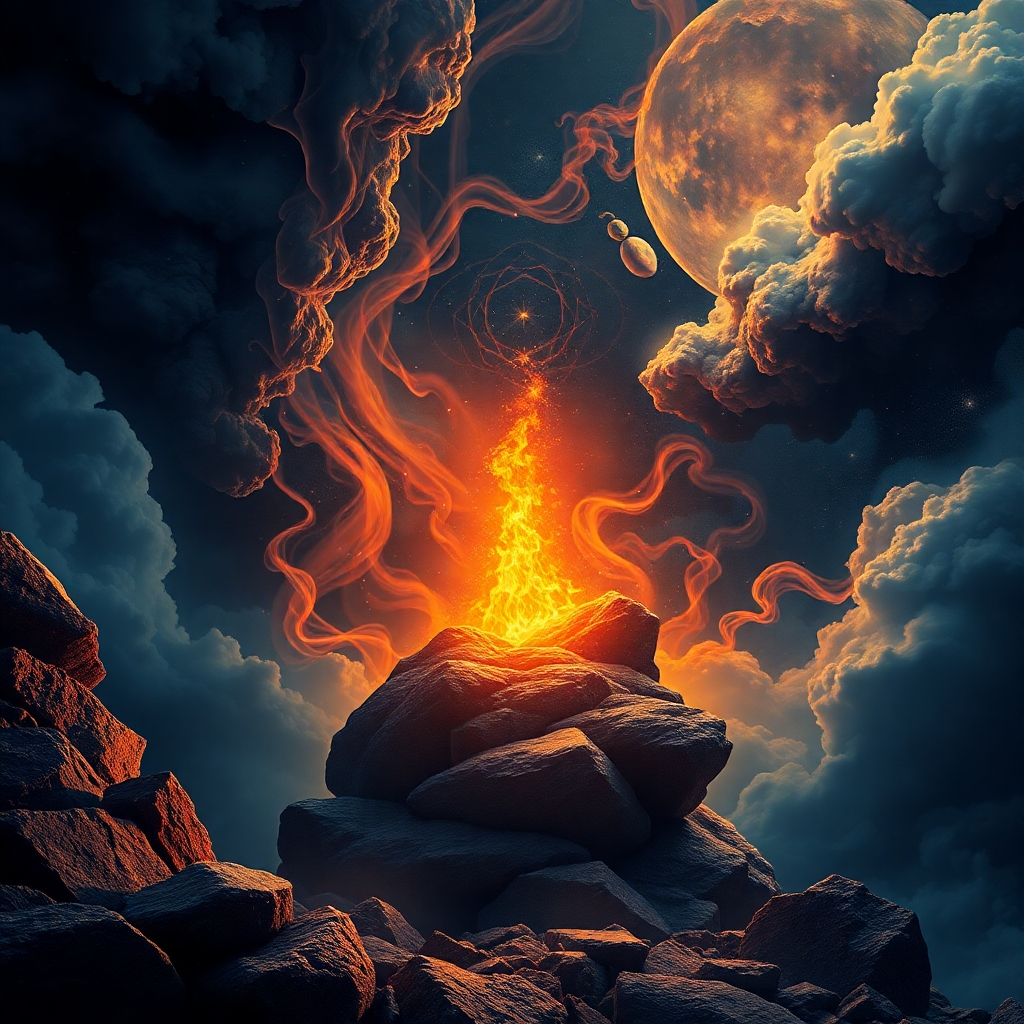
Kali Yuga and its challenges :
According to Sri Yukteswar, Kali Yuga is a time of darkness and ignorance. Human consciousness is limited, and they are trapped in materialism and selfishness. Yet this is also a time when humanity has the opportunity to awaken and prepare for the transition to a new age.
The Transition to Dvapara Yuga :
Sri Yukteswar argues that we are now in the transition from Kali Yuga to Dvapara Yuga. This is a time when humanity is beginning to rediscover its connection to the universe and to each other. It is a time of great opportunity for technological advancement, spiritual growth, and moral improvement.
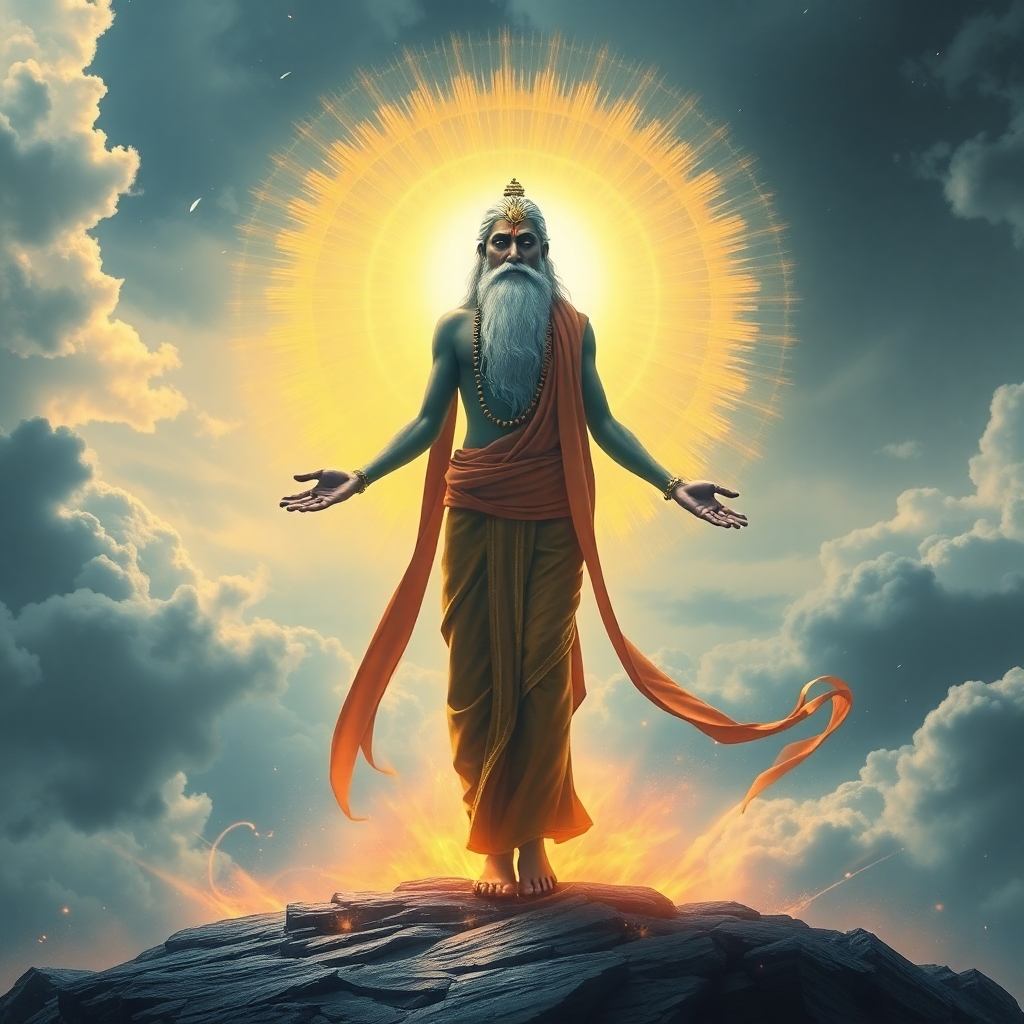
Kali Yuga and its challenges
Sri Yukteswar describes Kali Yuga as a time of darkness and ignorance. Human consciousness is limited, and they are trapped in materialism and selfishness. Yet this is also a time when humanity has the opportunity to awaken and prepare for the transition to a new age.
Materialism and selfishness :
In Kali Yuga, the main goal of humans is to acquire wealth and power. This leads to conflict, injustice and suffering.
Ignorance and lack of wisdom :
Humans' understanding of the laws of the universe is limited, and they are distant from the divine.
The Opportunity for Change :
Yet Kali Yuga is also a time when humanity has the opportunity to wake up and prepare for the transition to a new age.
The transition to Dvapara Yuga
According to Sri Yukteswar, the transition to Dvapara Yuga is a time of great opportunity. Humanity is beginning to rediscover its connection to the universe and to each other, and it is a time of great possibilities for technological advancement, spiritual growth, and moral improvement.
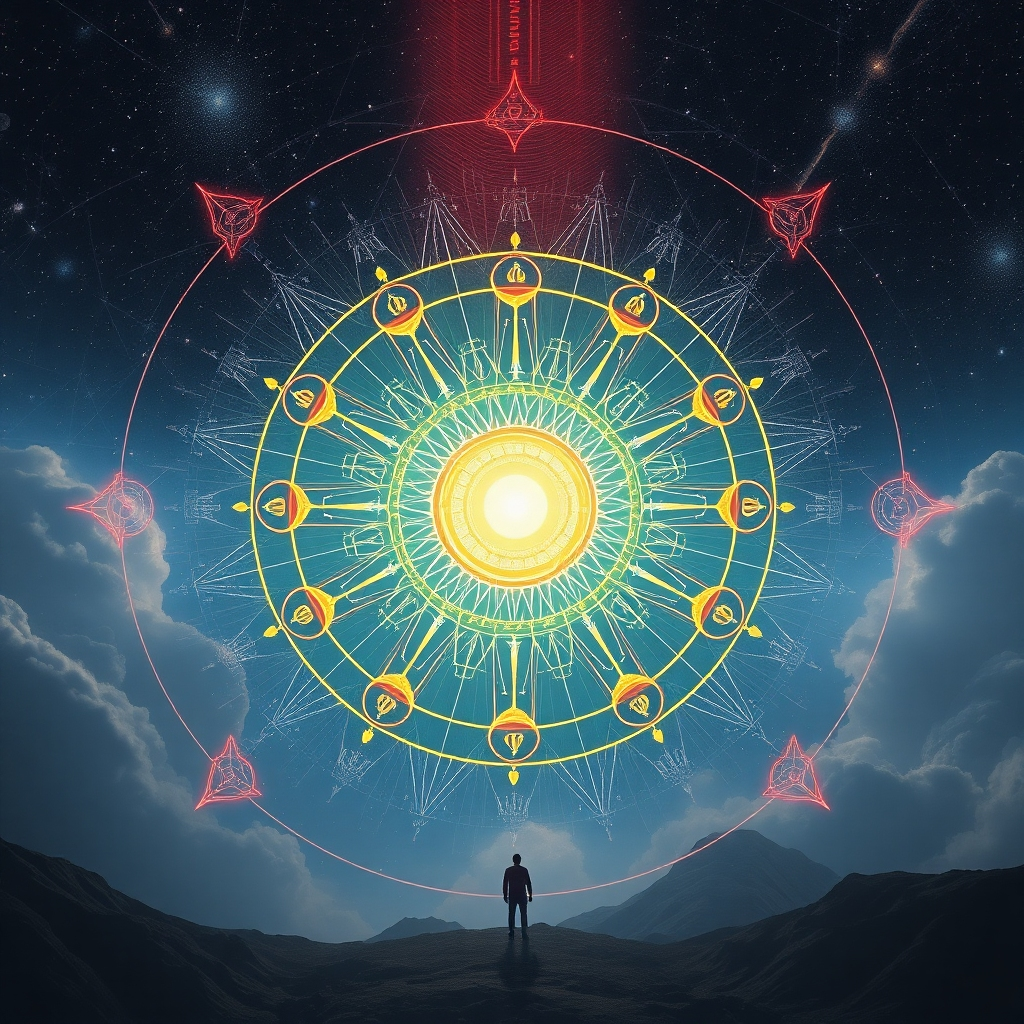
Technological Advances :
In Dvapara Yuga, humanity begins to understand the laws of the universe in a deeper way, leading to technological advances and scientific discoveries.
Spiritual growth :
People's consciousness expands, and they begin to seek spiritual growth and understanding.

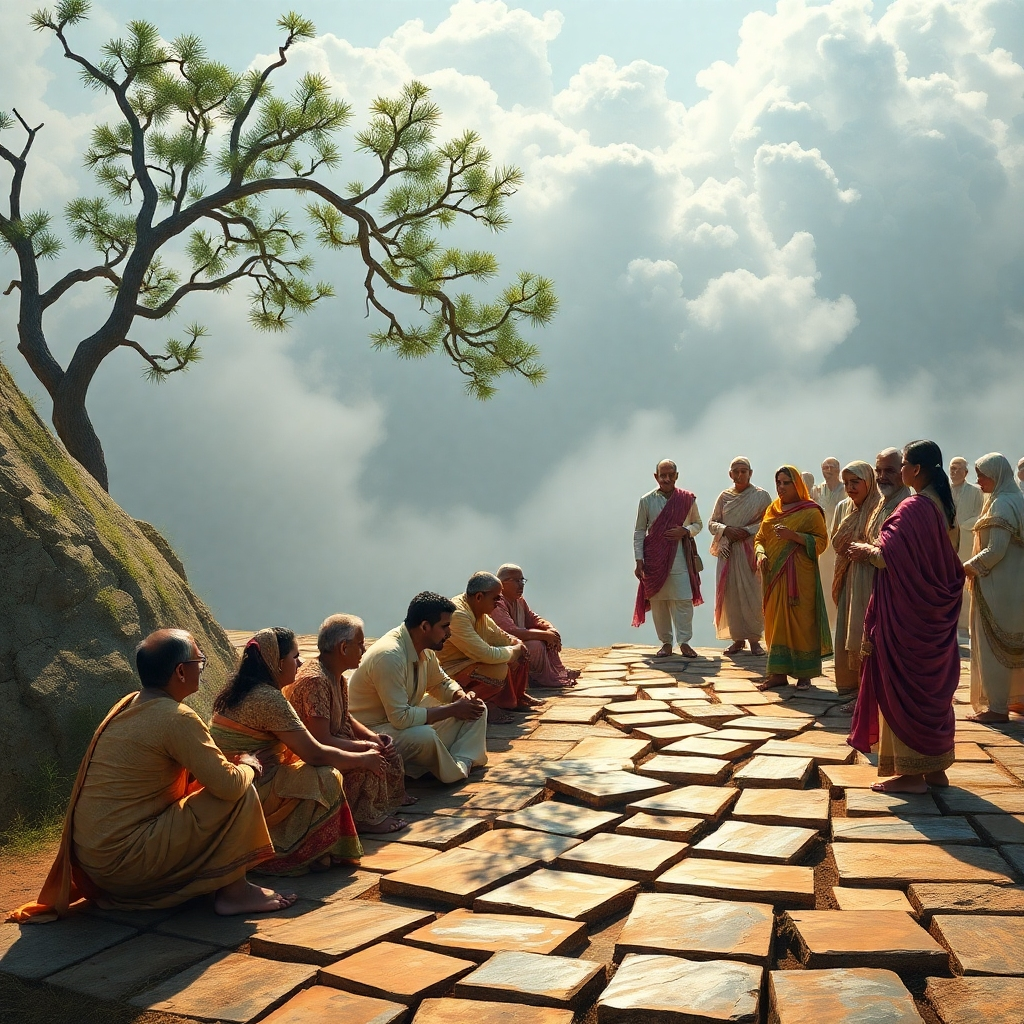
Moral improvement :
In Dvapara Yuga, humanity begins to act more ethically and cooperatively, creating greater harmony in society.
Conclusion:
Sri Yukteswar's teachings give us a deeper understanding of the yuga cycle and its significance for humanity. According to him, we are now in the transition from Kali Yuga to Dvapara Yuga, a time of great opportunity for technological advancement, spiritual growth, and moral improvement. In the next few posts,
we will explore how other philosophers, such as Schumpeter and Kant, can help us understand this transition. Stay tuned – because the future is not just something that happens to us, but something we create together.
End of 10th day before this shift to Dvarpara Yuga
Day 11 the March 9 – before the Kali Yuga concept change to Dvapara Yuga
The Transition from Kali Yuga to Dvapara Yuga and the Role of Philosophy
This blog series takes a deep dive into how the transition from Kali Yuga to Dvapara Yuga can be understood through the lenses of some of history’s most influential philosophers and spiritual teachers. By combining their insights, we can gain a broader understanding of the epistemological, ethical, and technological developments that this transition represents. The series will consist of 11 blog posts, each focusing on specific aspects of the Yuga cycle and its connection to major philosophical and spiritual thoughts. Each post will be published daily, and the final one will conclude with a powerful reflection on our role in this transition, and how we can all help strengthen the energies around our planet and make the most of Dvapara Yuga.
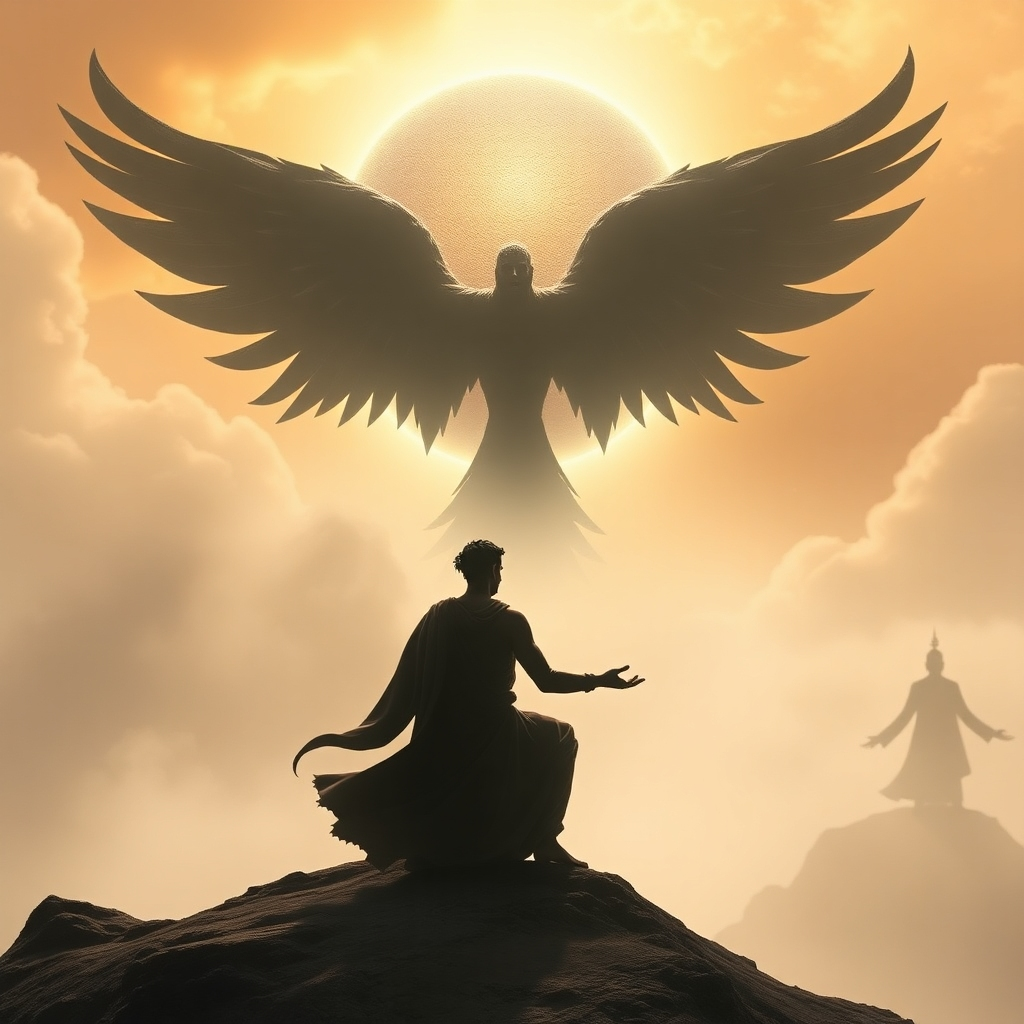
Introduction to the Yuga Cycle and its Significance What is the Yuga cycle?
By Geir Amdal
The Yuga cycle is a cosmic time division that describes the spiritual and moral development of humanity through four eras:
According to Hindu philosophy and Sri Yukteswar, these Yugas are cyclical and repeat over large periods of time. We are now in the transition from Kali Yuga to Dvapara Yuga , a time when consciousness is increasing and we are beginning to understand deeper truths about the universe.
Why is this transition important?
In the Kali Yuga we have seen the dominance of materialism, abuse of power and separation between people. But now we see signs of an awakening , where more people are seeking spiritual development, science is exploring deeper levels of energy, and we are realizing that our collective consciousness is shaping the world around us.
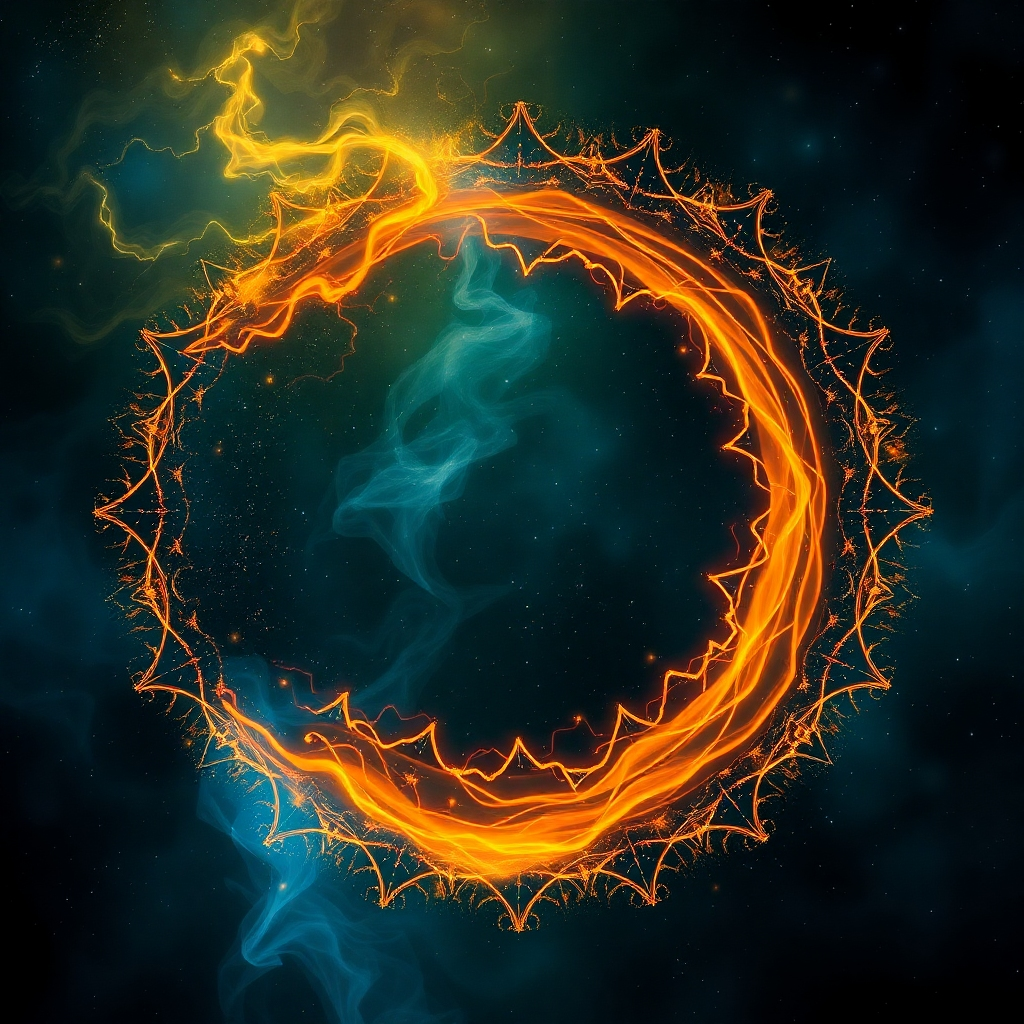
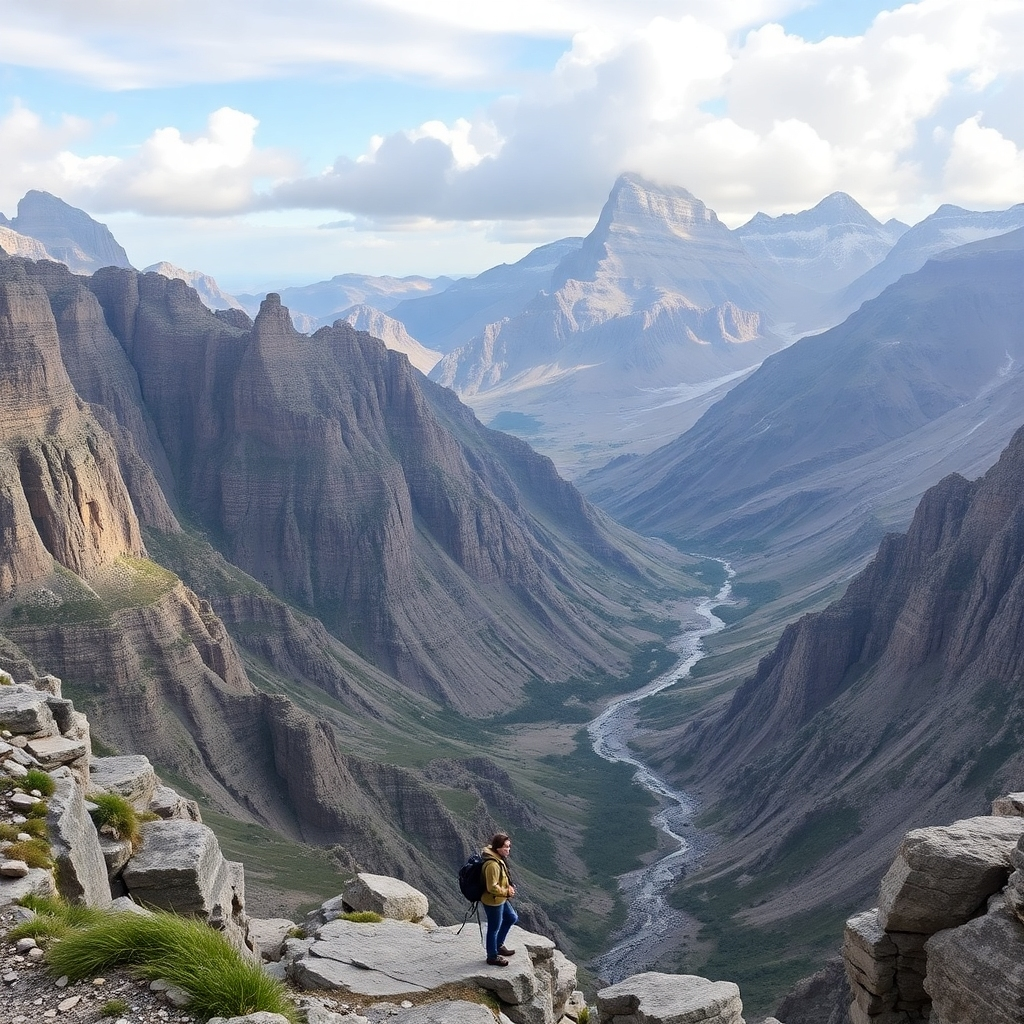
This transition marks:
Increased awareness : We move from fear-based thinking to an understanding that we are interconnected with the universe. Technological development : Energy, frequency, and consciousness are becoming key areas of science. Moral growth : We see a growing understanding of universal ethical principles.
How can philosophical and spiritual perspectives help us understand this transition?
Many of history's great thinkers have indirectly described the principles of the Yuga cycle:
These philosophical directions help us understand why we are in a transitional phase and how we can actively participate in it.
What can we expect in Dvapara Yuga?
In Dvapara Yuga we will see:
Better understanding of energy and consciousness
More spiritual and ethically oriented technology
A society more based on cooperation and holistic thinking
We are now in a time where each of us can help create this new world. Every action, thought and intention we have helps shape the vibration and evolution of humanity.
End of 11th day before this shift to Dvarpara Yuga
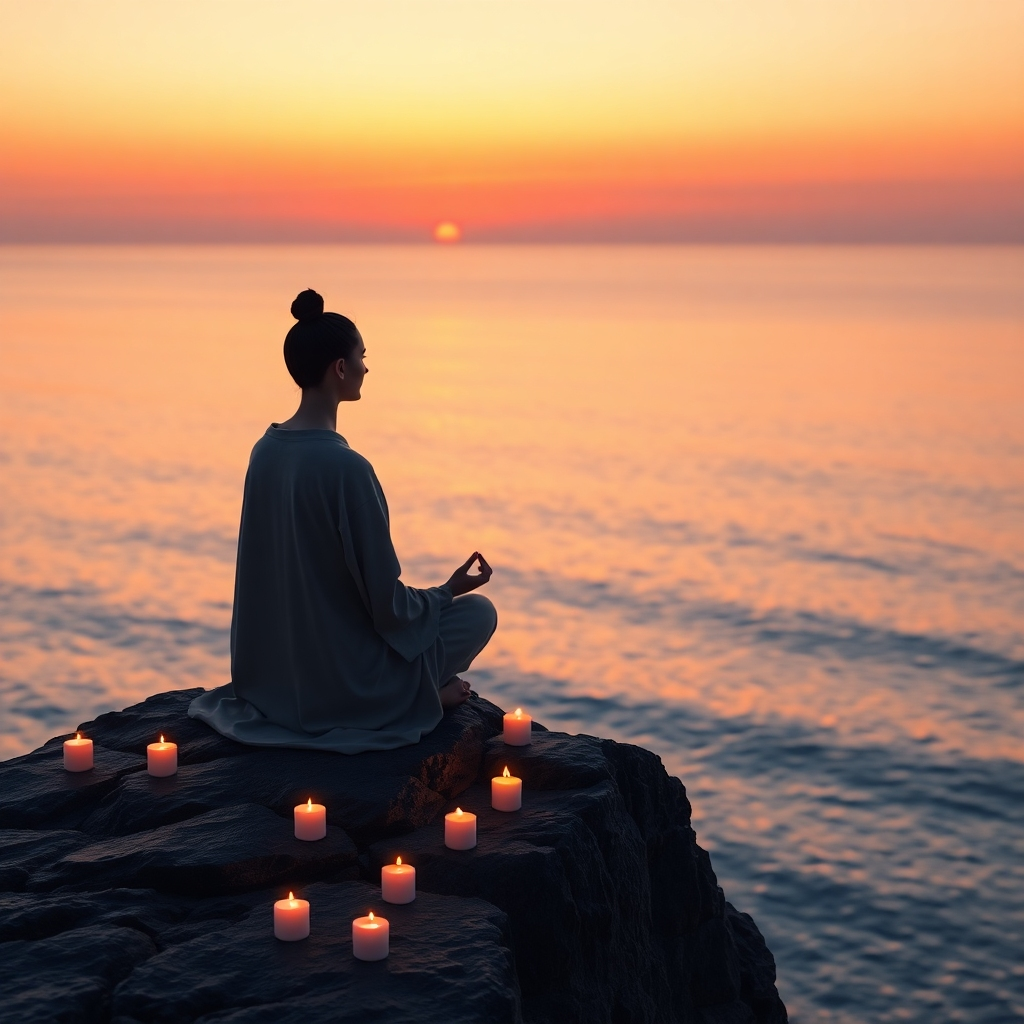
Dive Deep into Your Spirit
This insight takes you on a journey into understanding your inner self, exploring various spiritual practices and insights that can lead to personal growth.
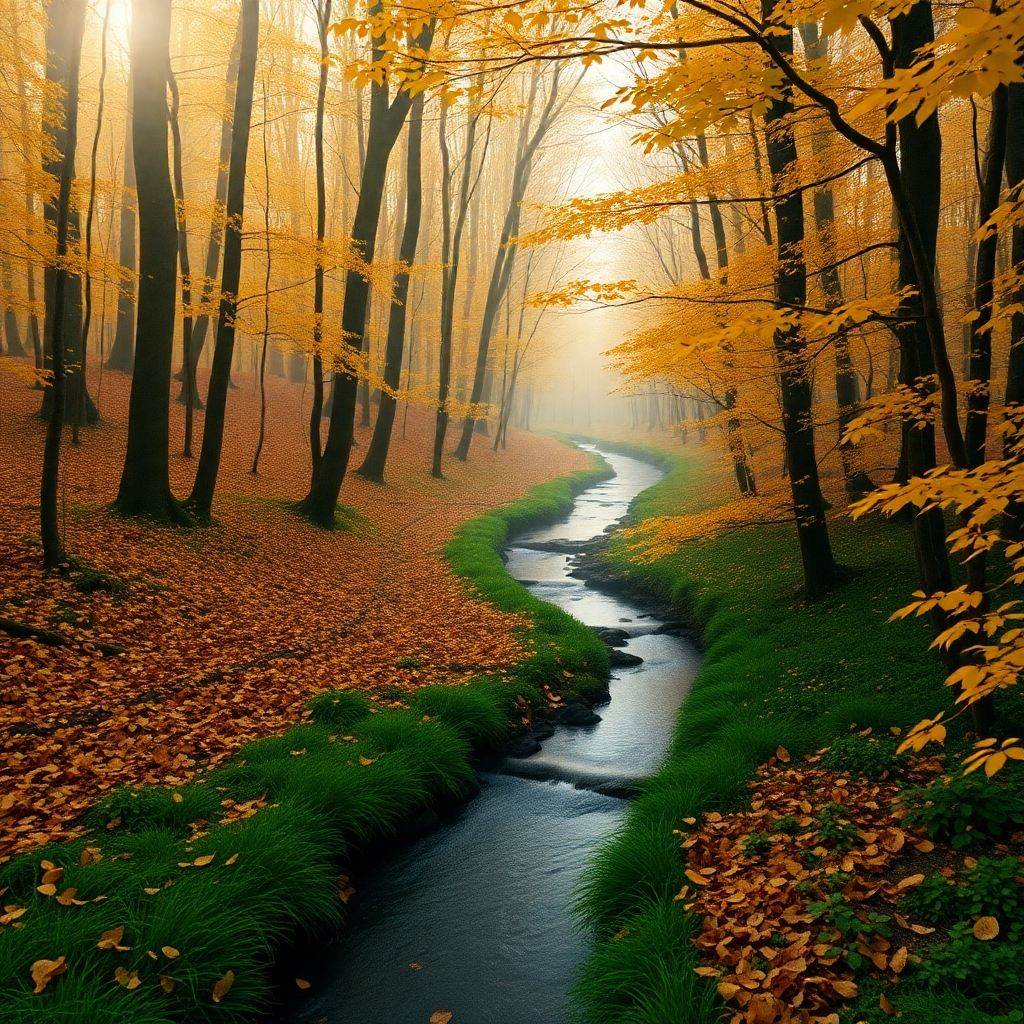
Pathways to Inner Peace
Discover techniques and philosophies that can help you find serenity amid life's chaos and develop a deeper connection with your surroundings.
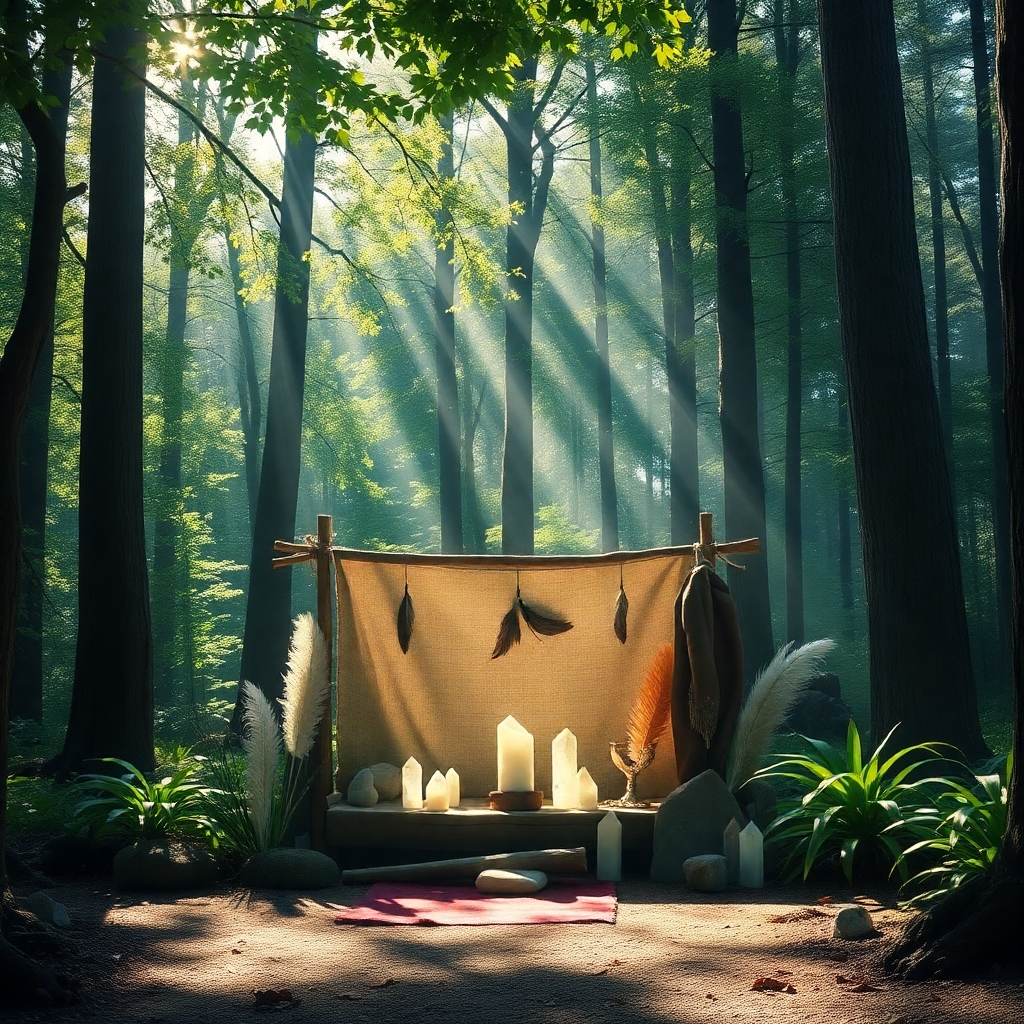
Connecting with Nature's Wisdom
Learn how to tap into nature's guidance and wisdom, understanding the messages from the earth and the spiritual significance of the natural world.
Recent Updates on Shamanistic Practices and Spiritual Growth

The Evolution of Shamanism
Explore the modern interpretations and adaptations of ancient shamanic traditions in today's world.
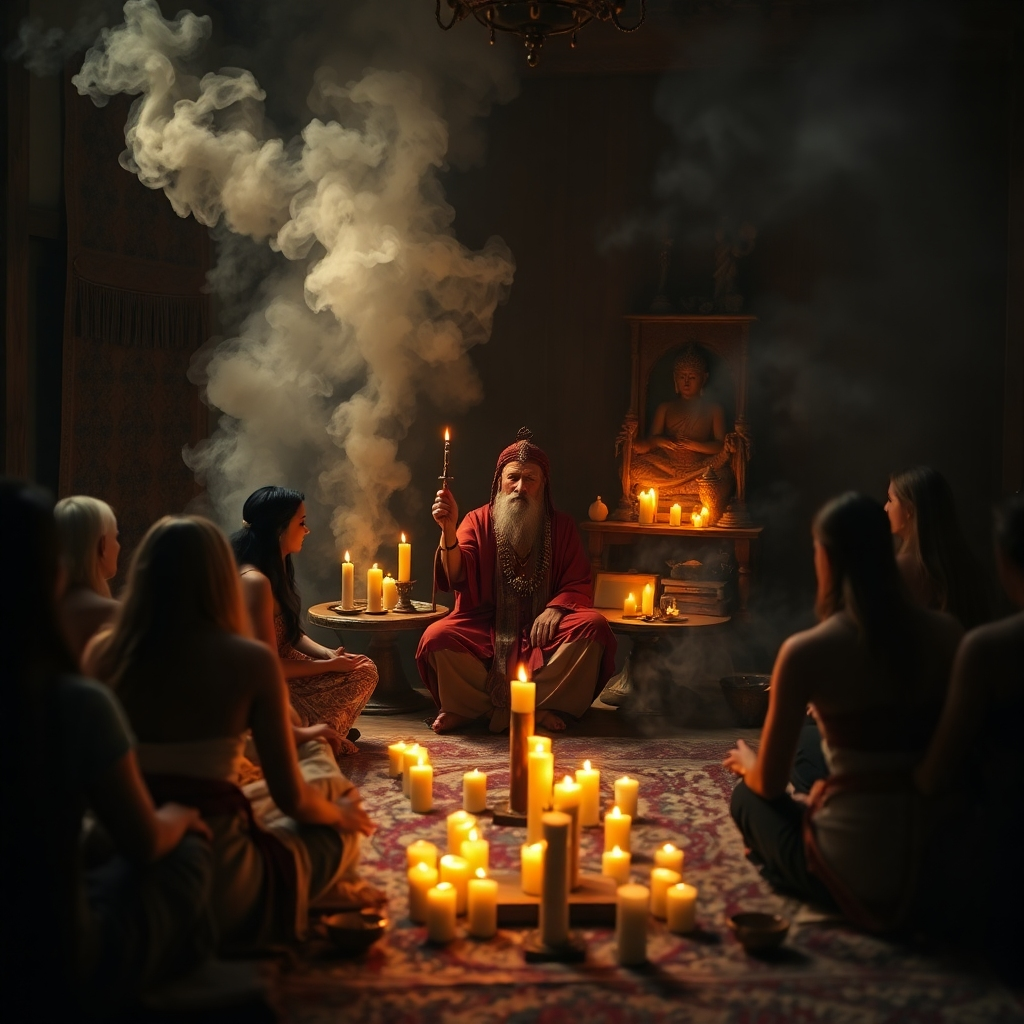
Healing through Rituals
Unveil the powerful healing practices employed by shamans that promote well-being and spiritual clarity.

Integration of Ancient Wisdom
Discover how age-old shamanistic teachings are being integrated into modern spiritual practices for holistic growth.
Journey of Understanding: New Perspectives in Spirituality and Shamanism
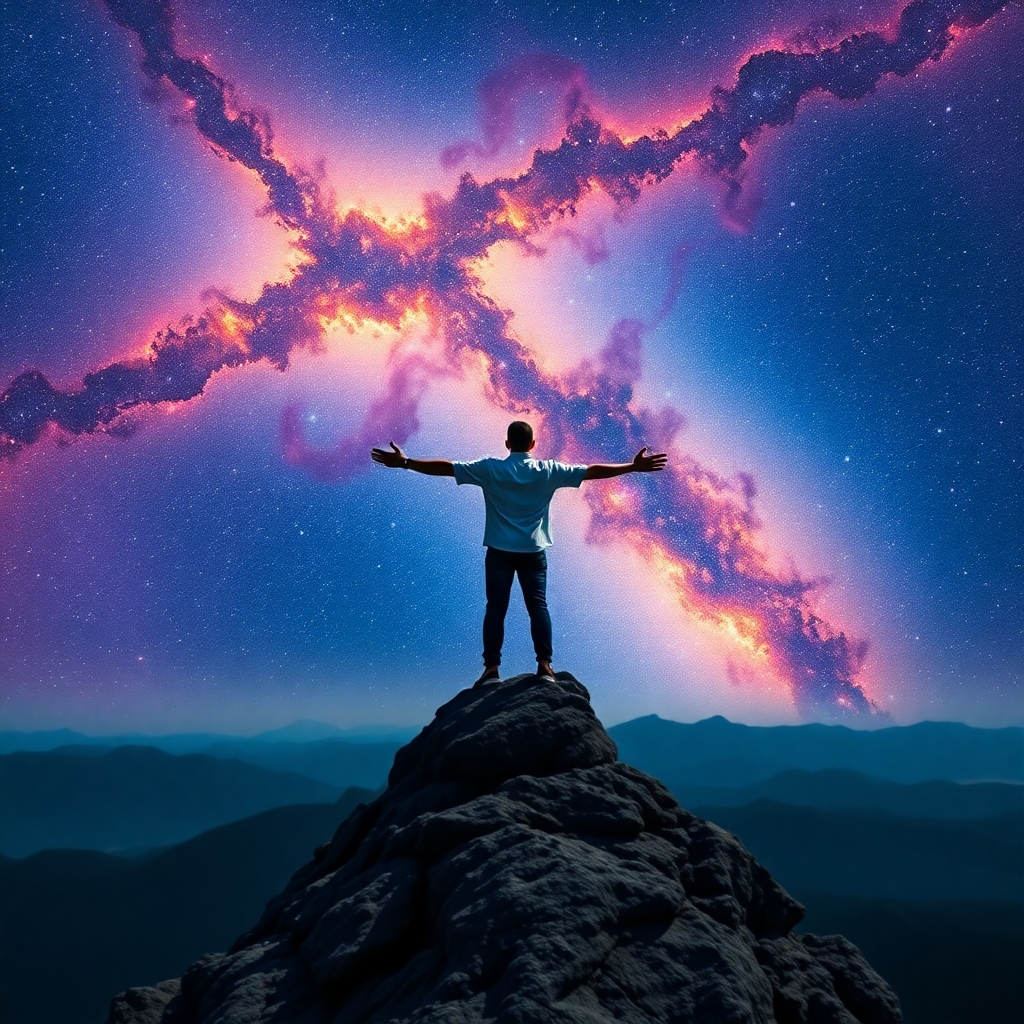
Awakening to New Realities
This insight encourages readers to explore how spiritual awakenings can transform our understanding of existence.
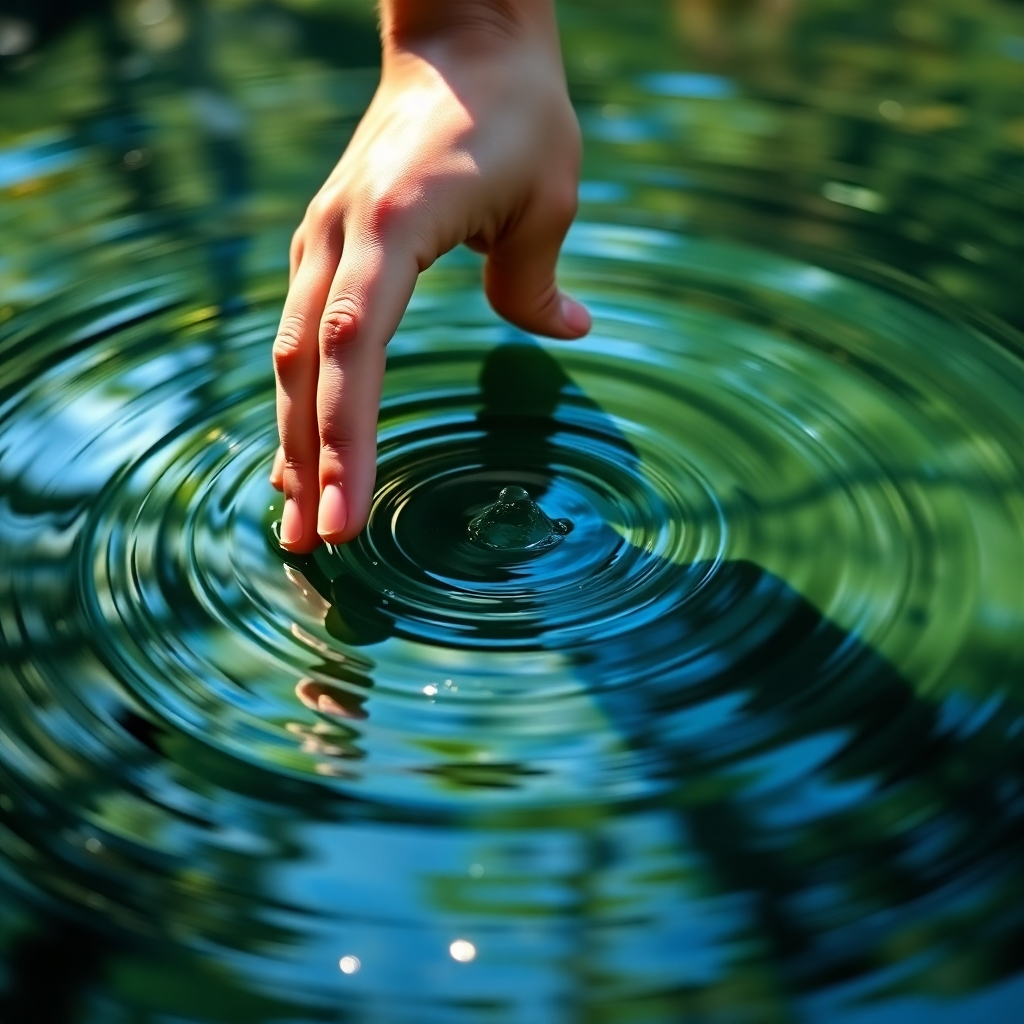
The Role of Intuition in Spiritual Growth
Understand how tapping into your intuitive self can guide you on your spiritual journey.
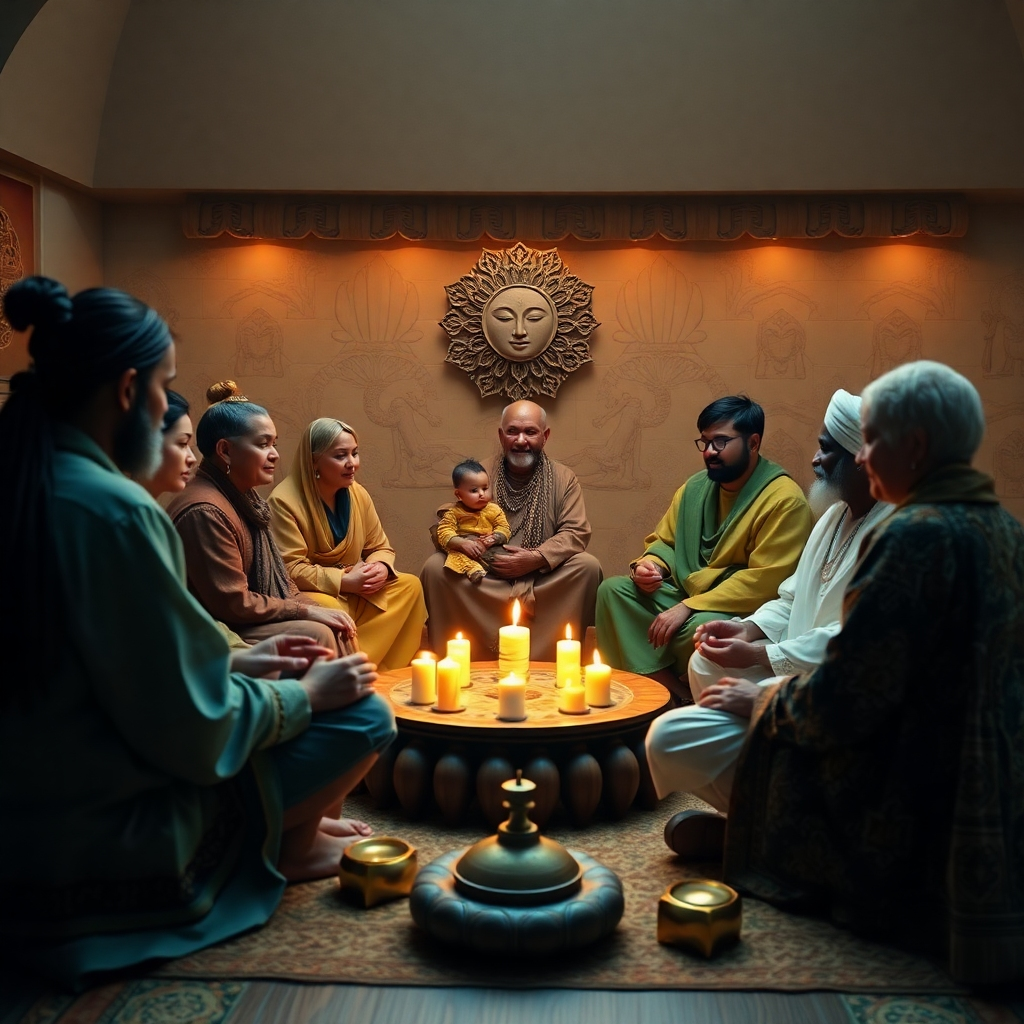
Bridging Cultures through Spirituality
Explore how spirituality can transcend cultural boundaries and foster a collective understanding.